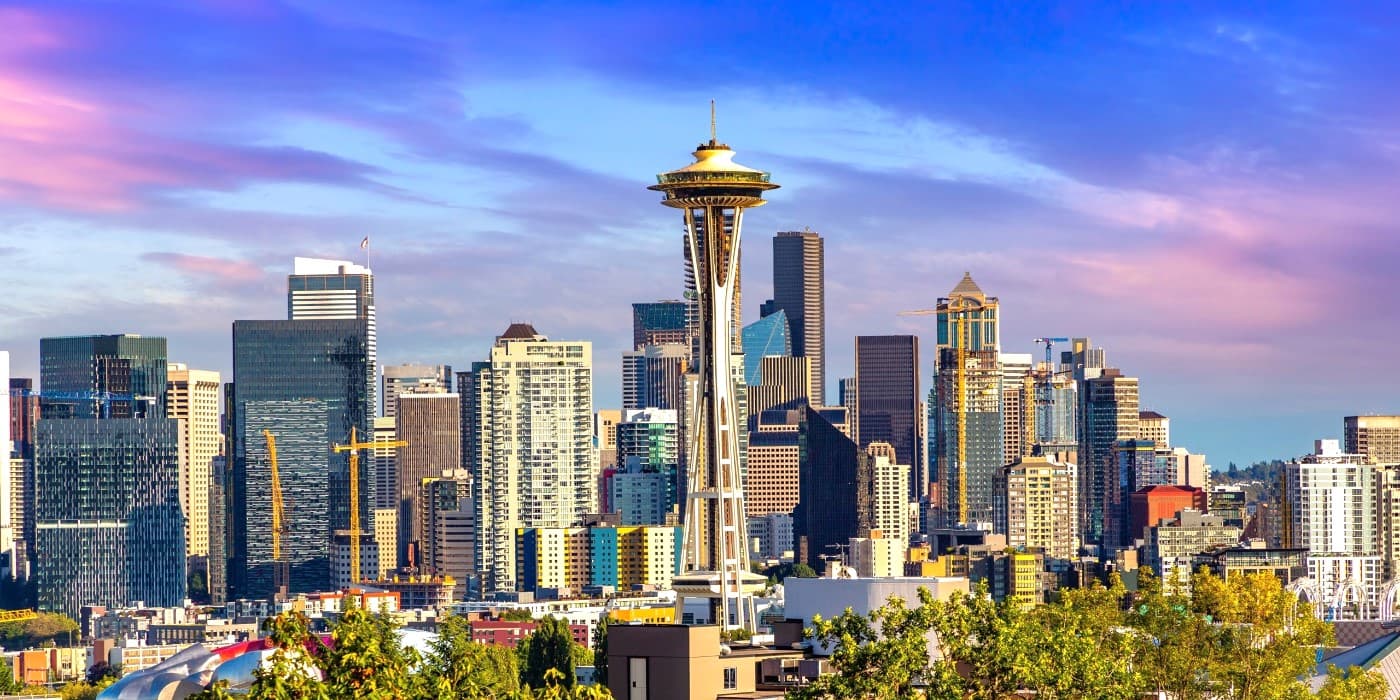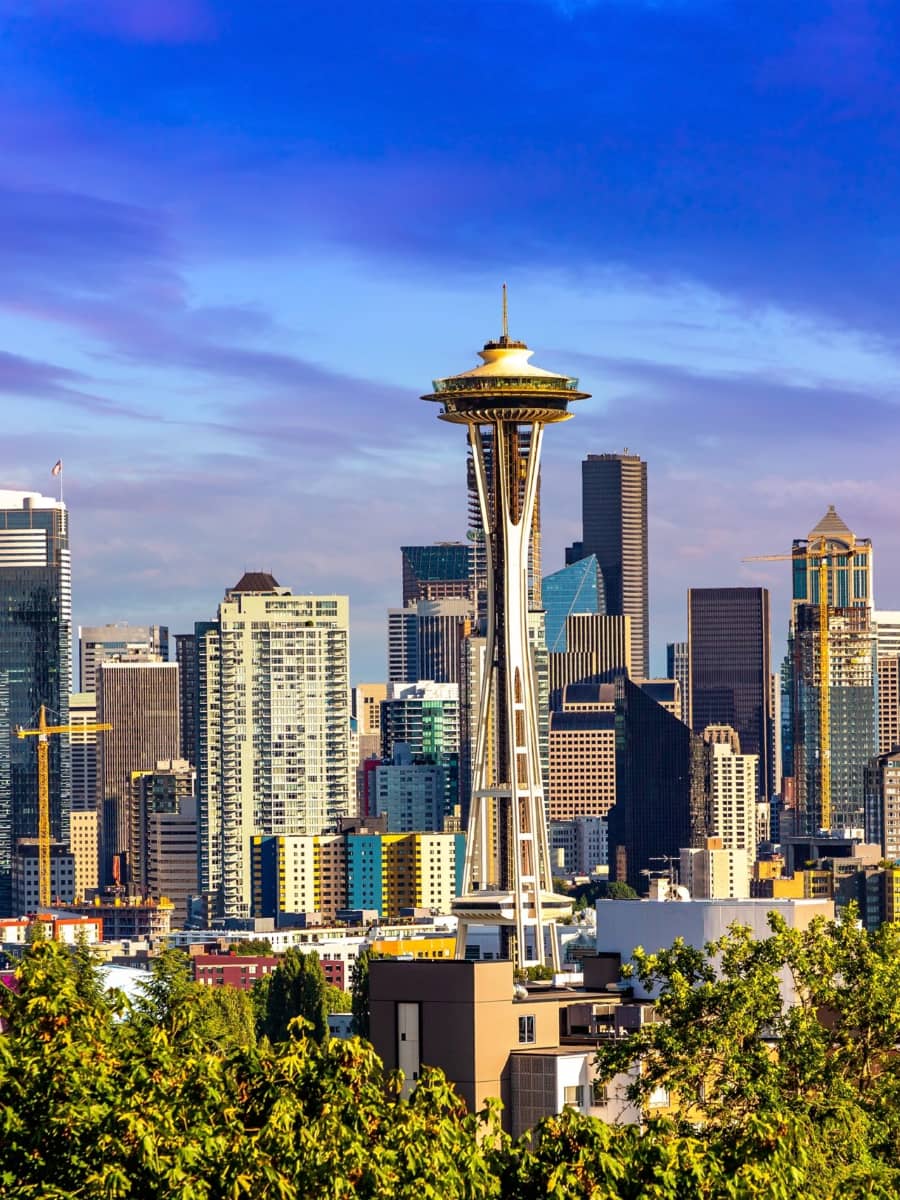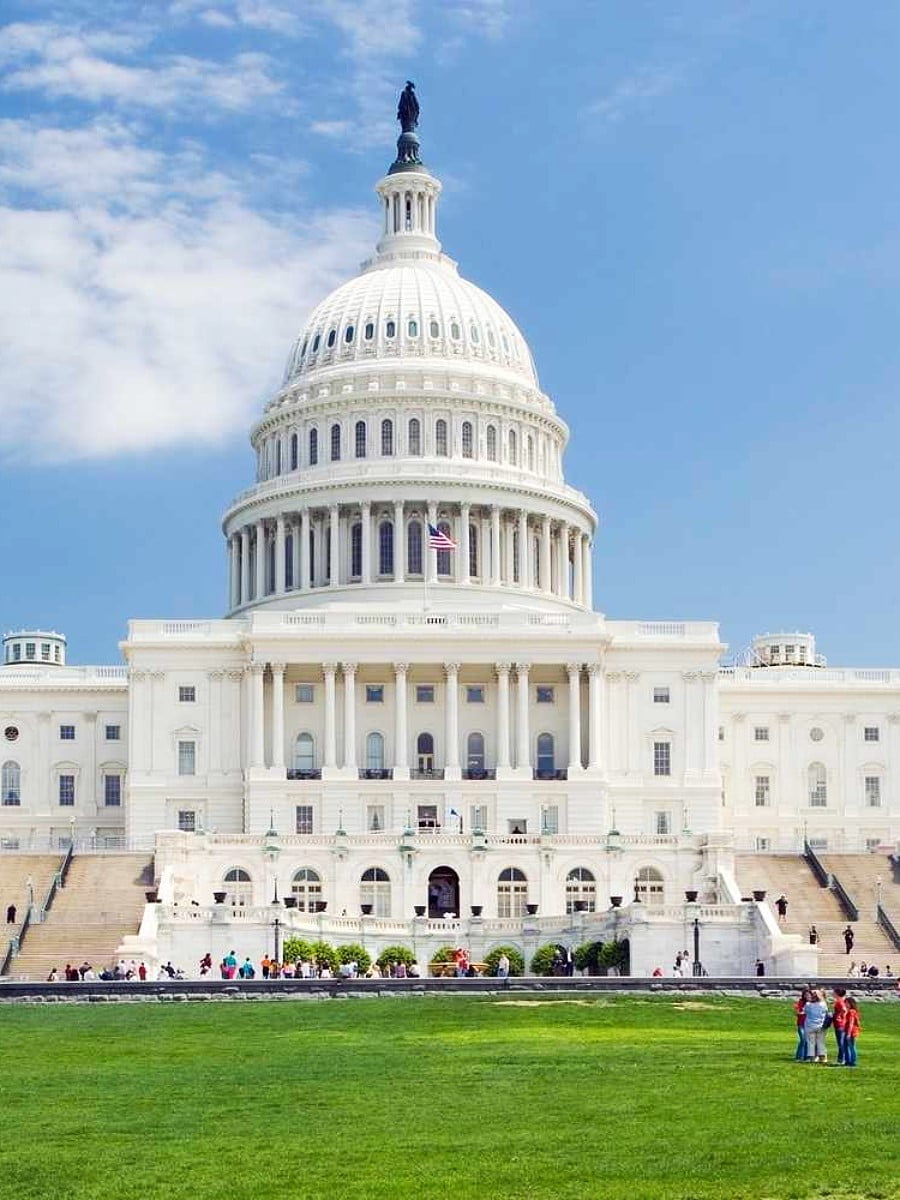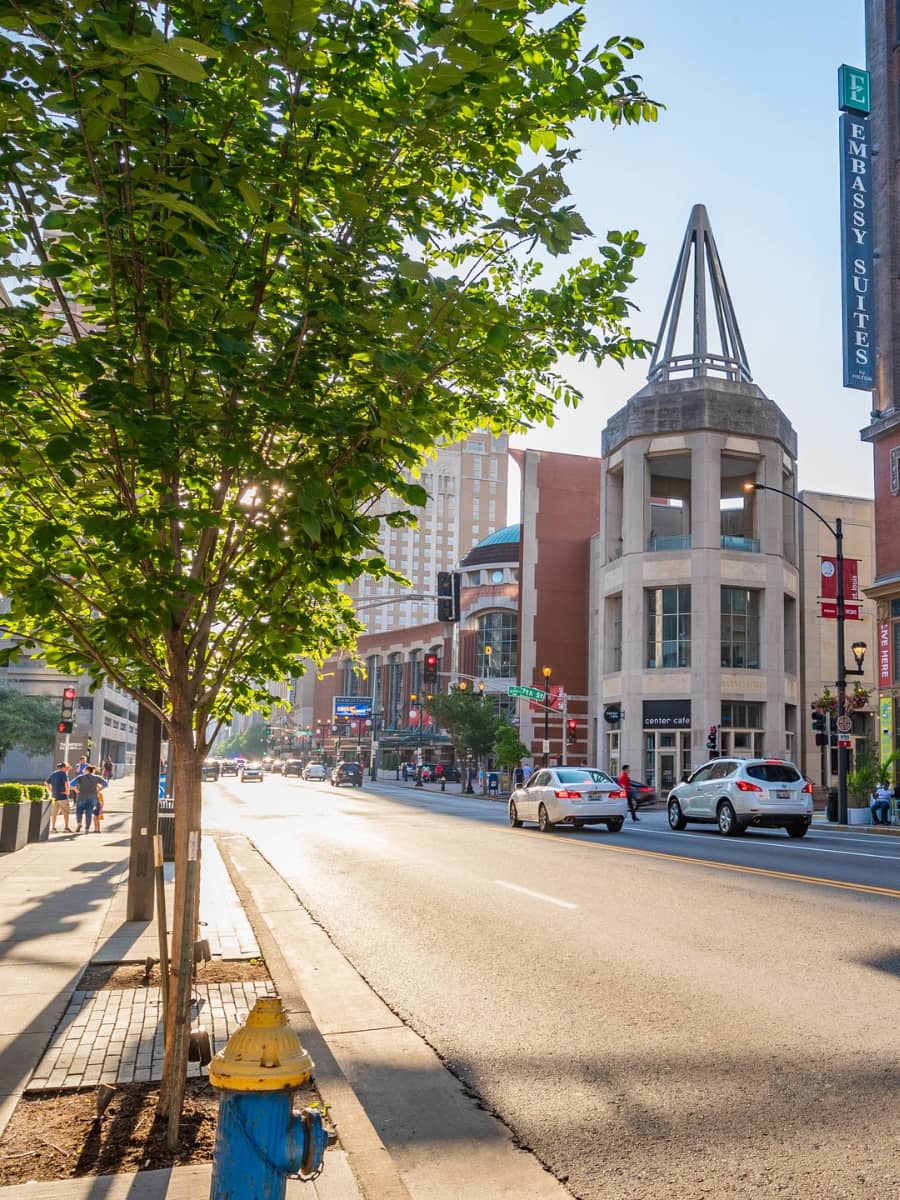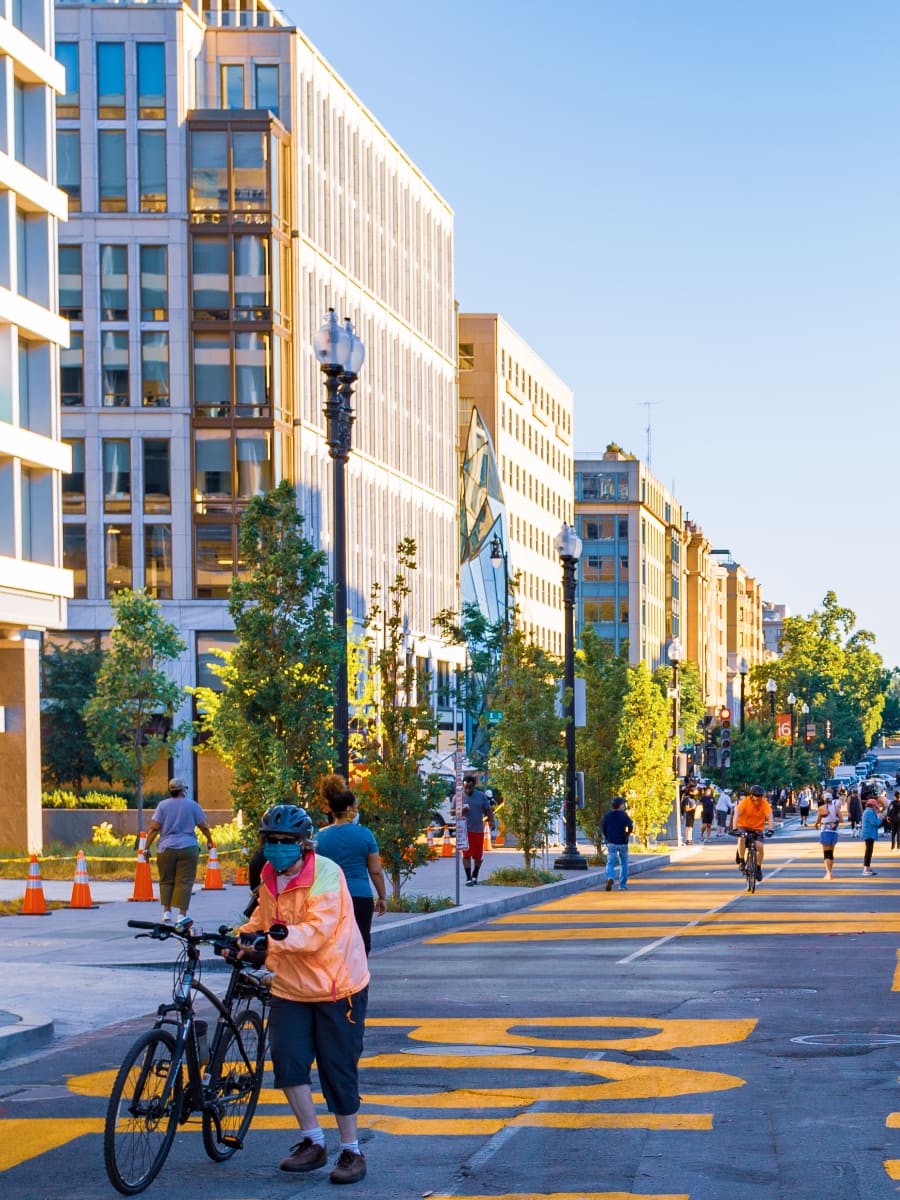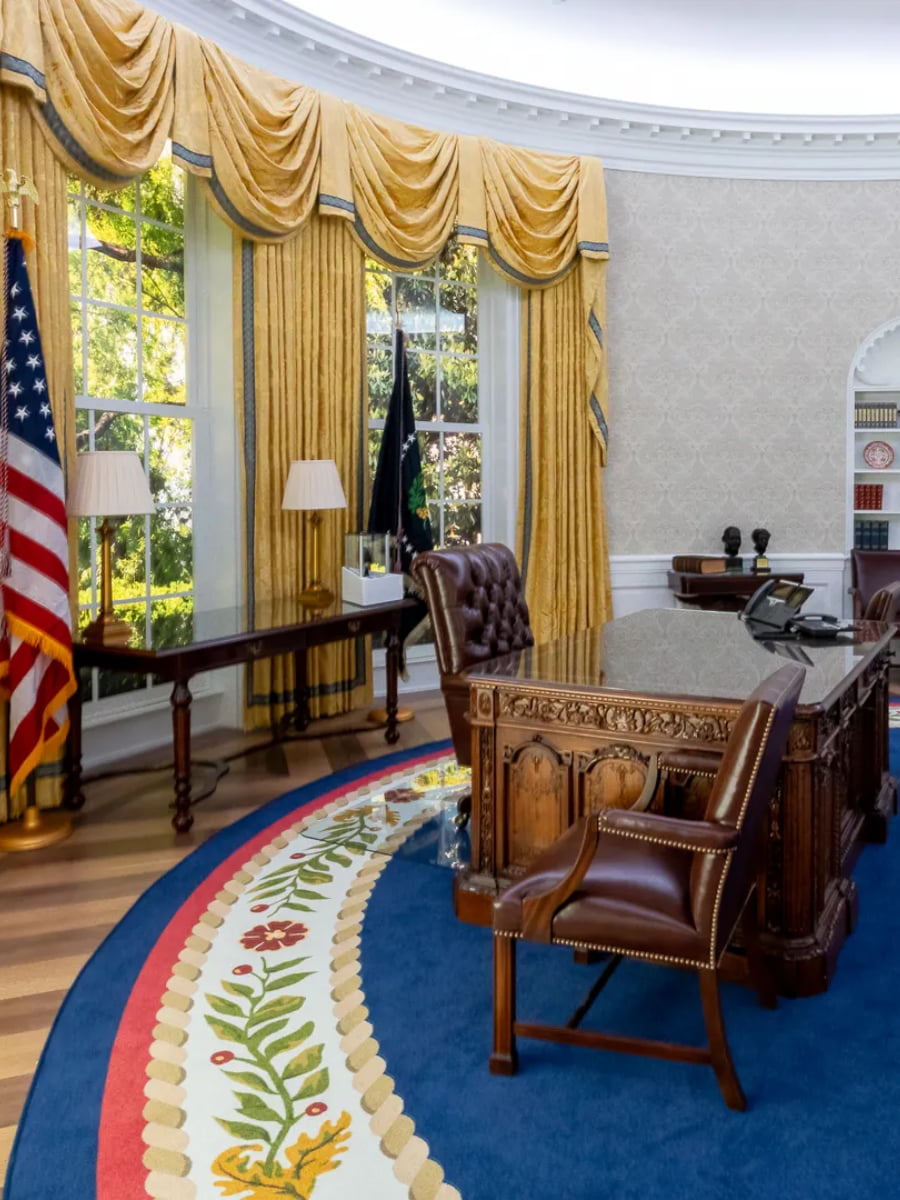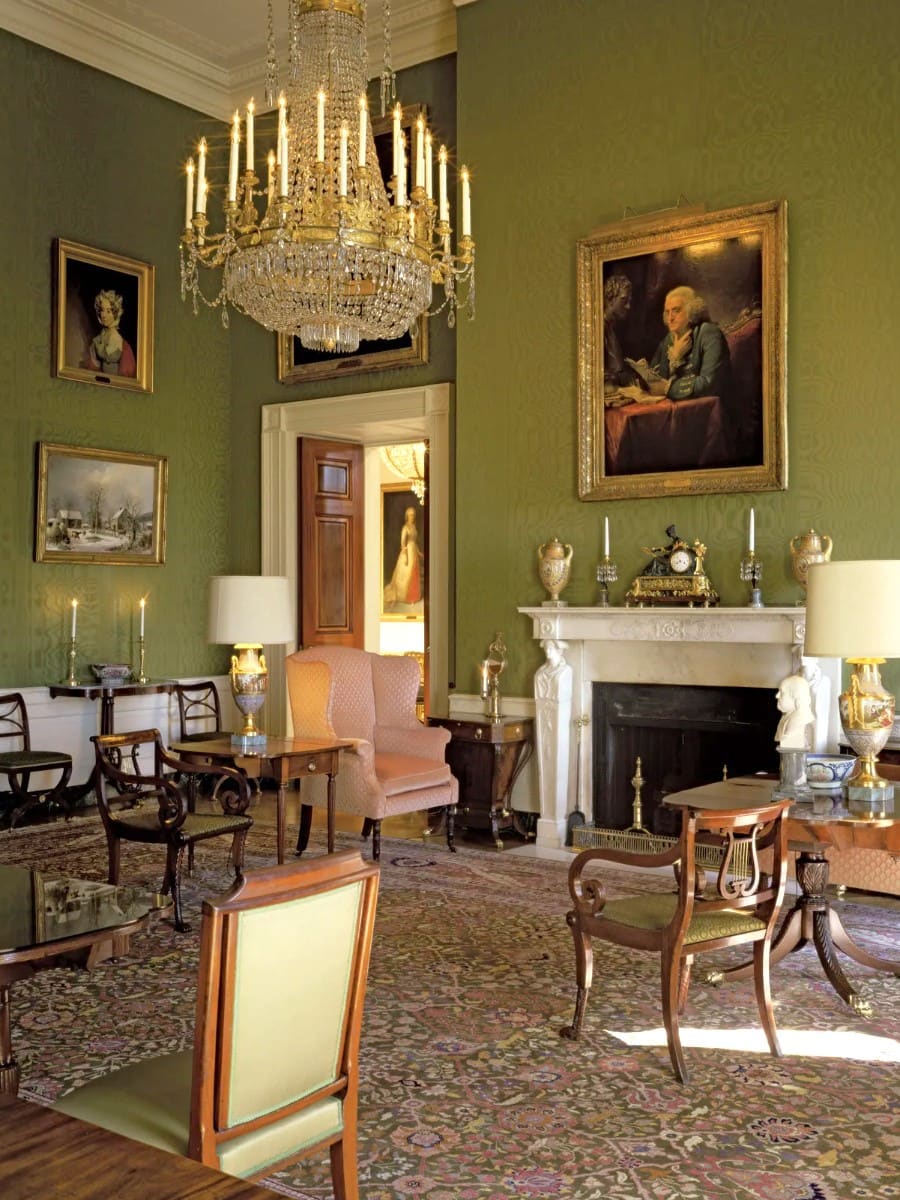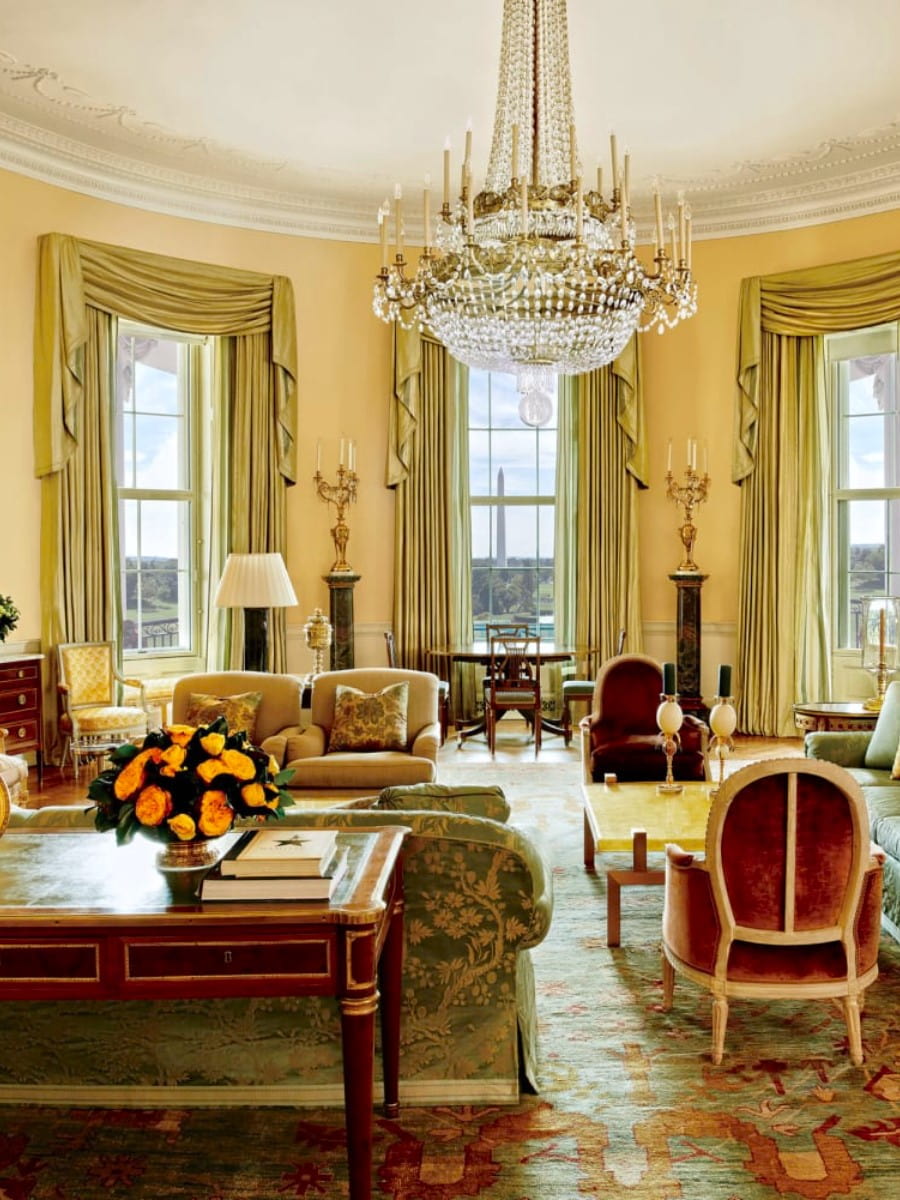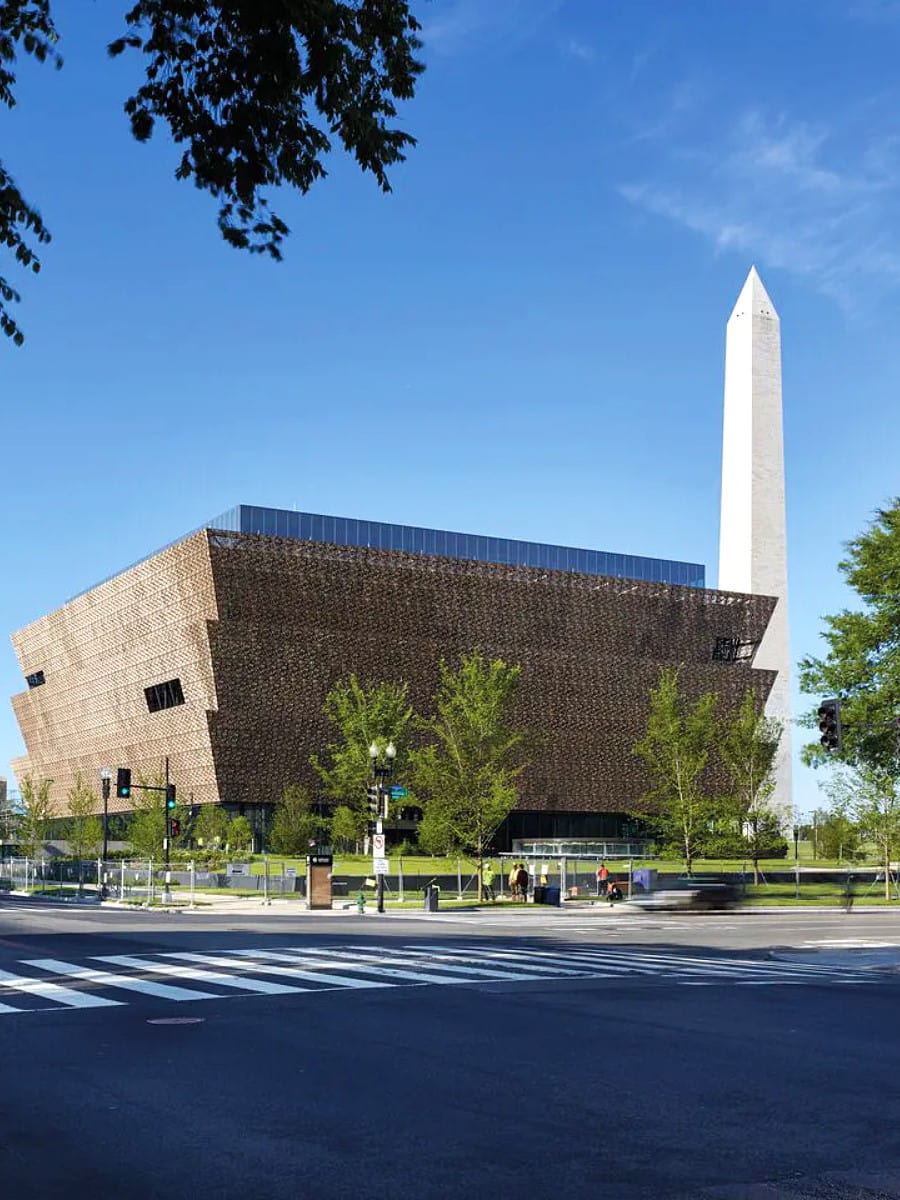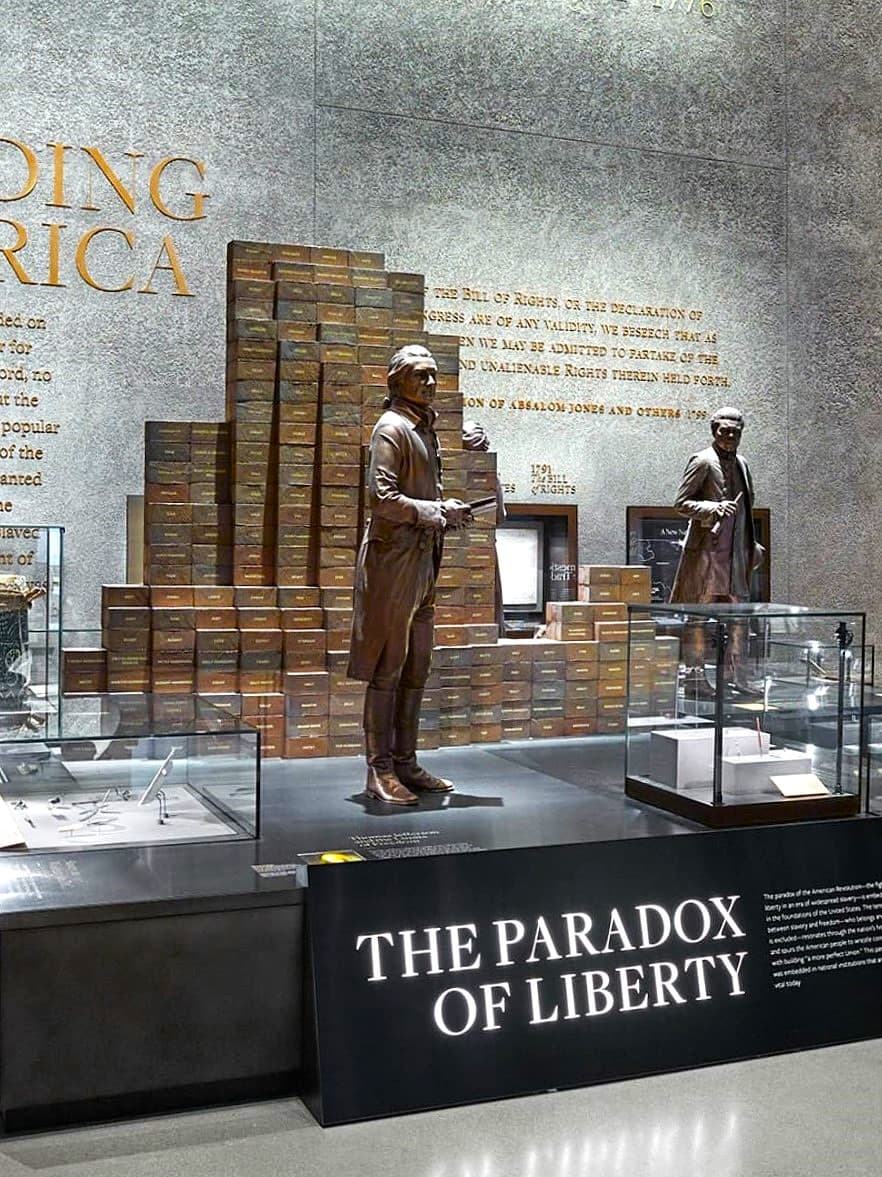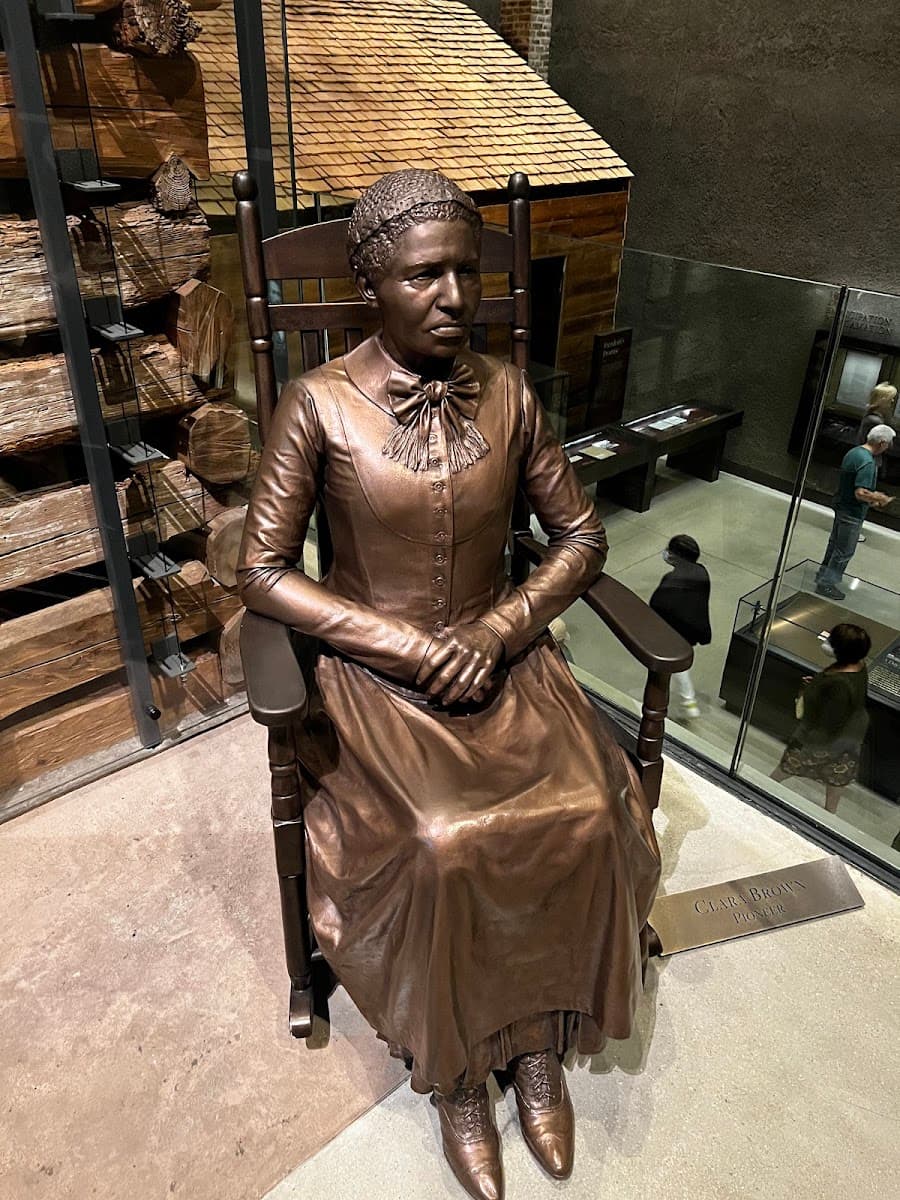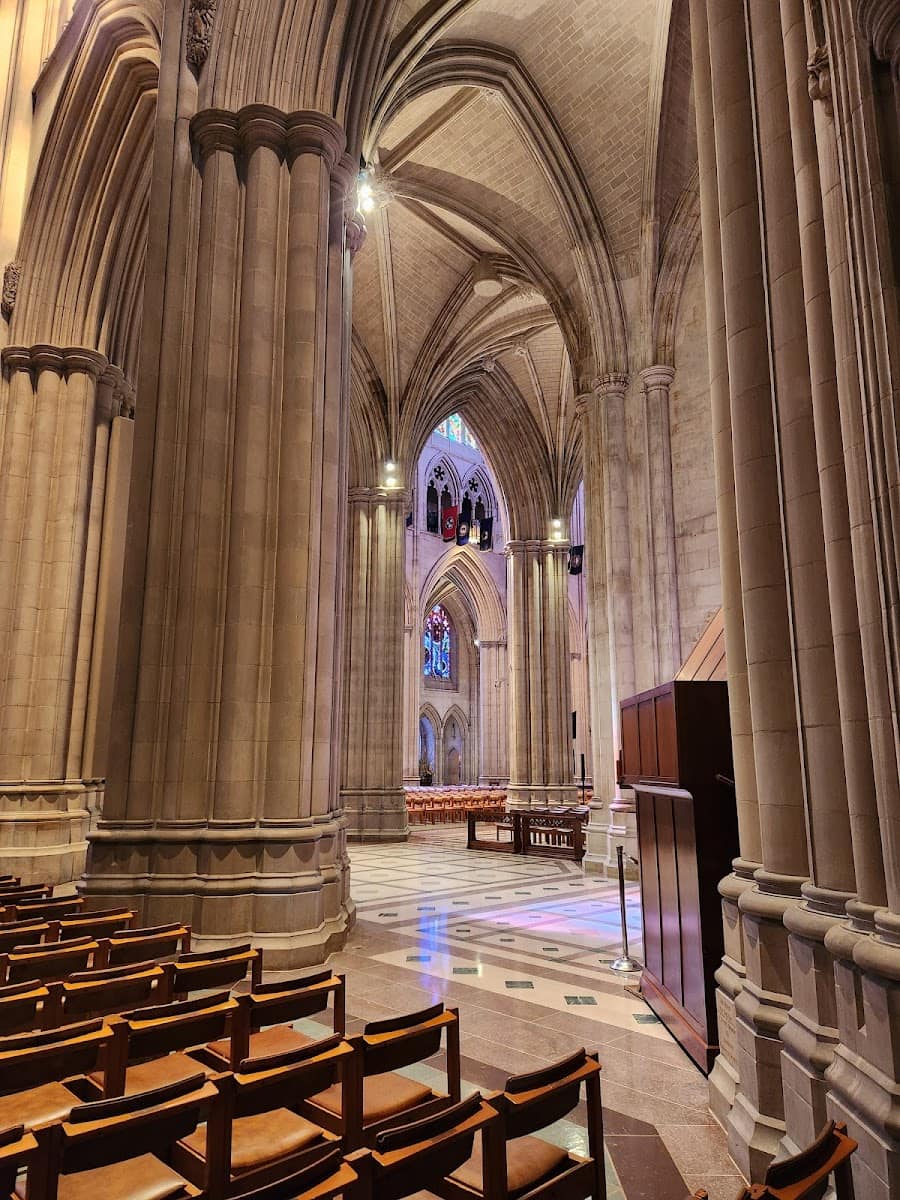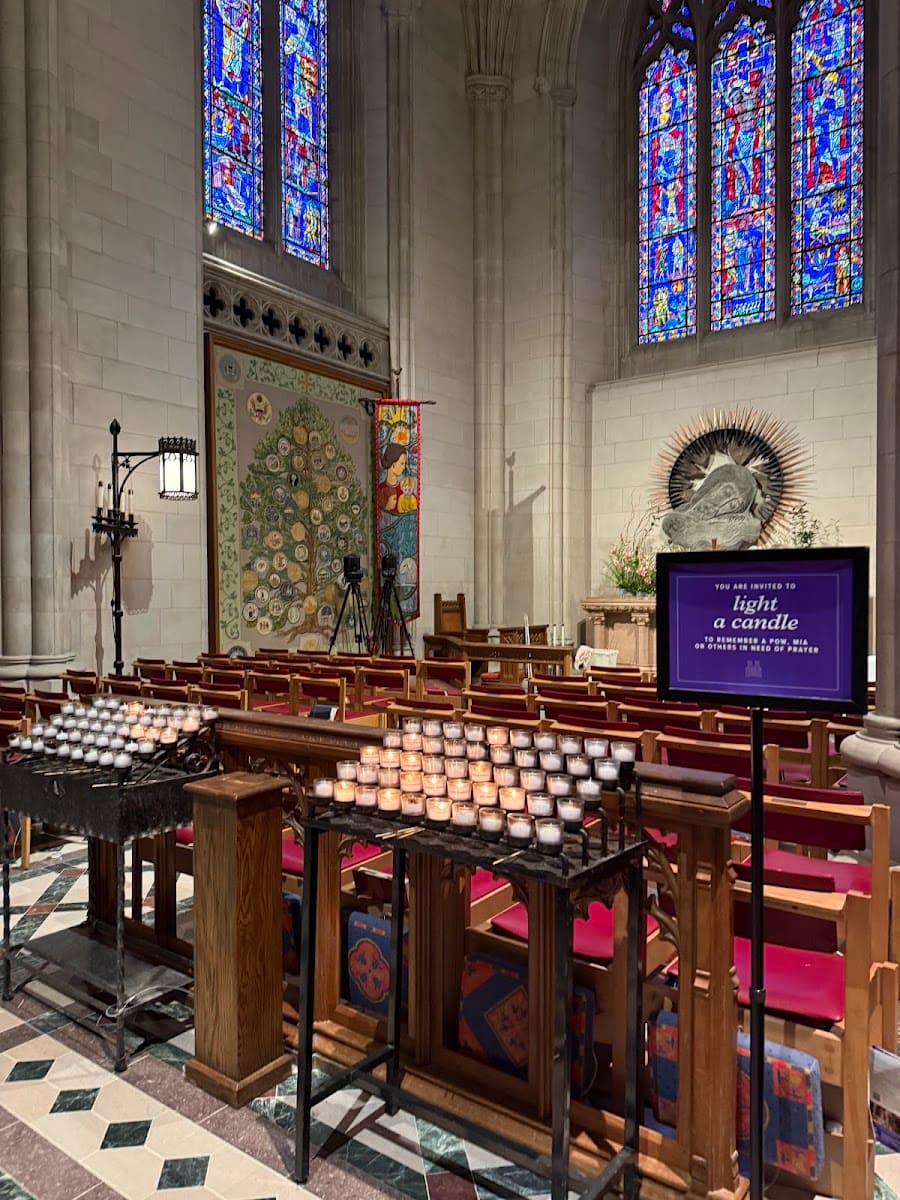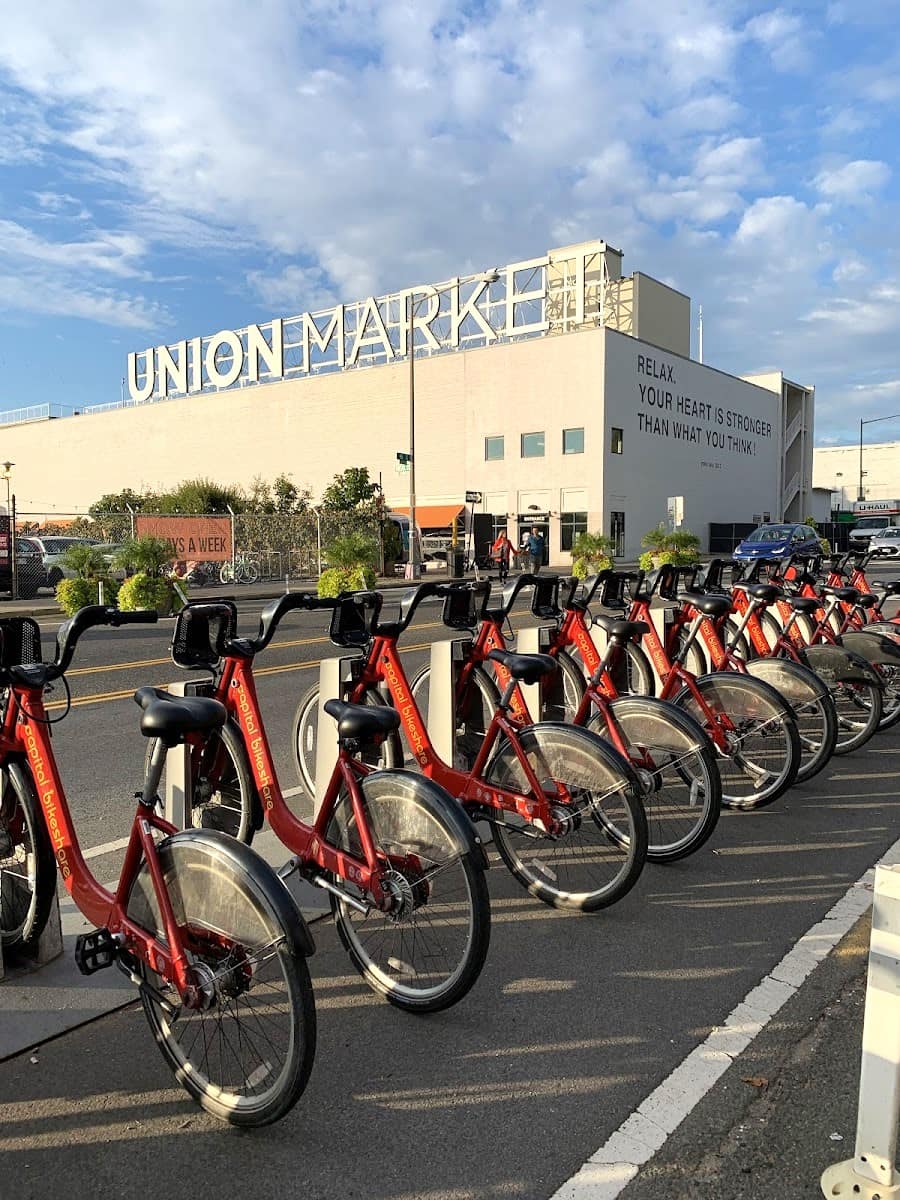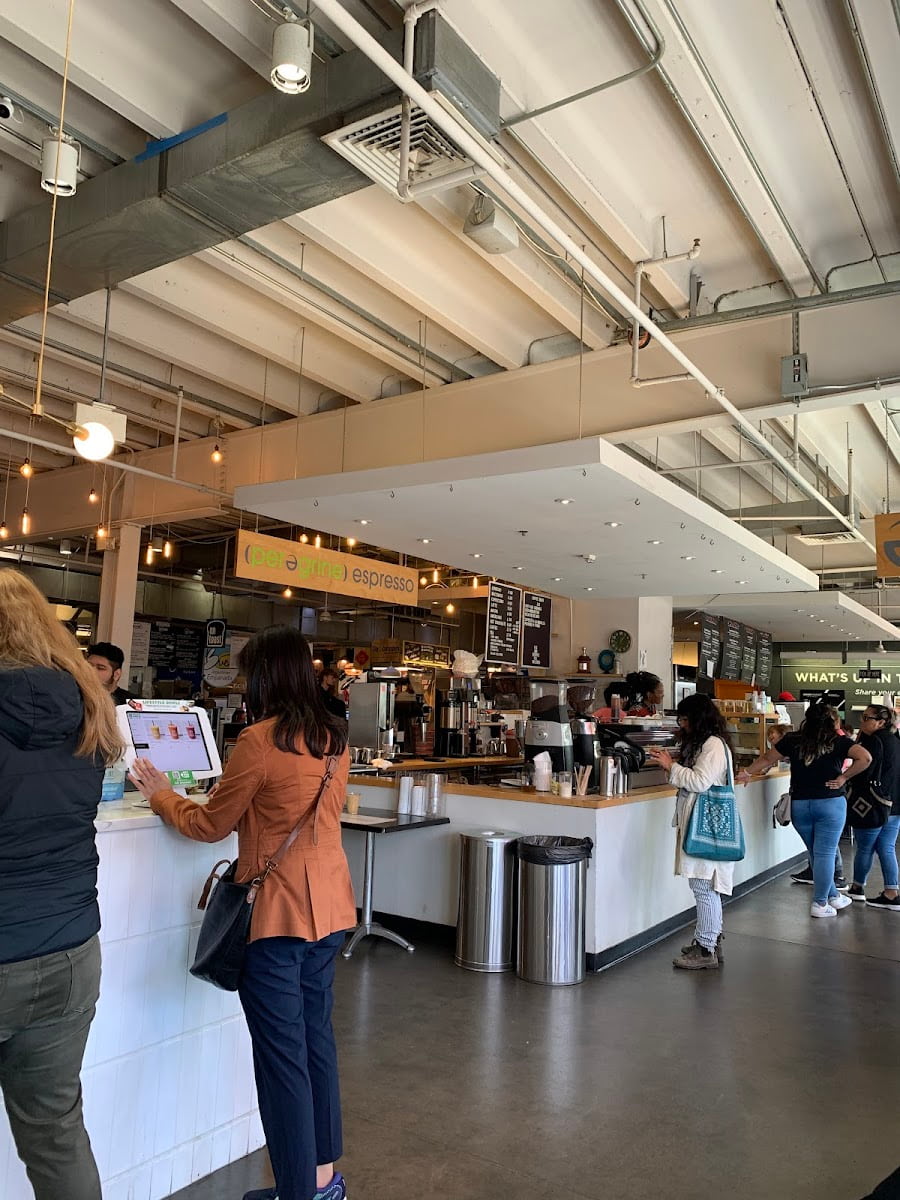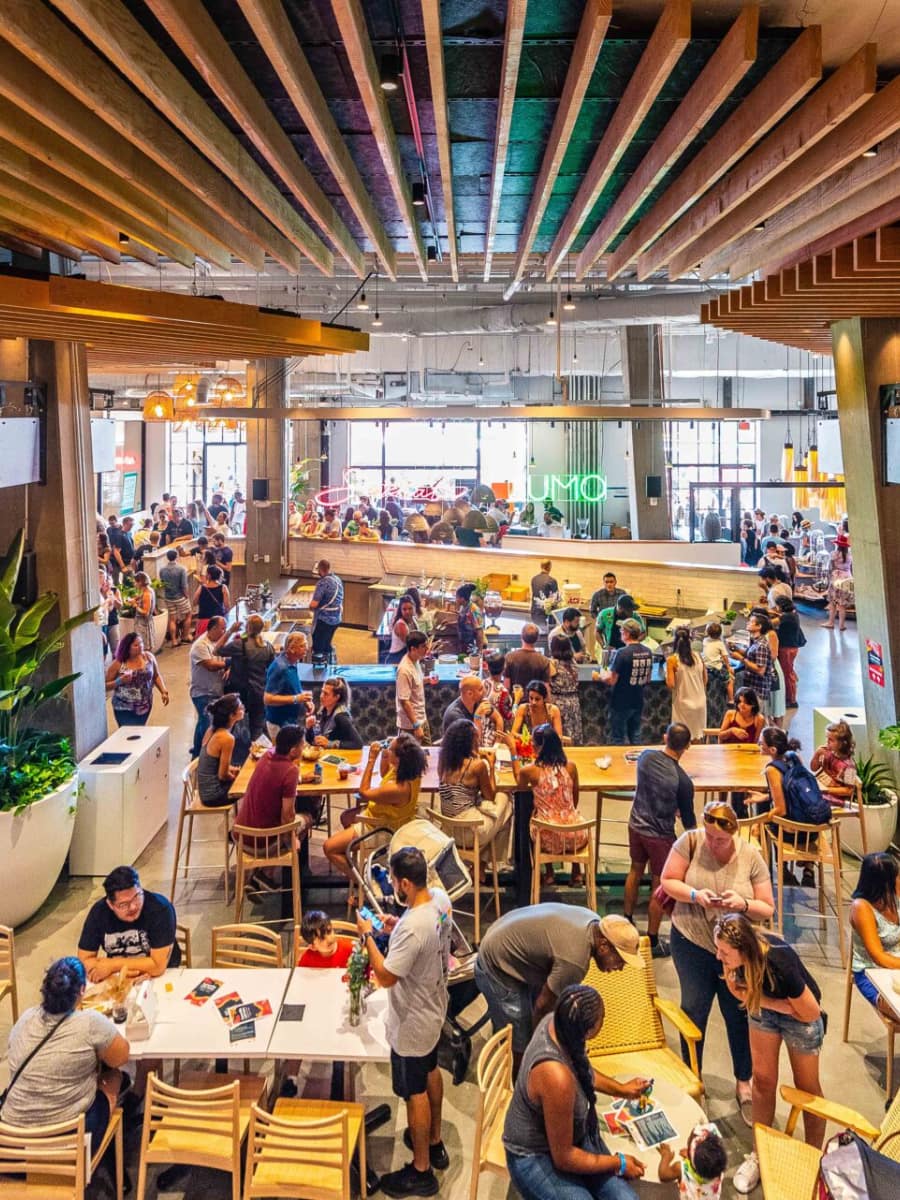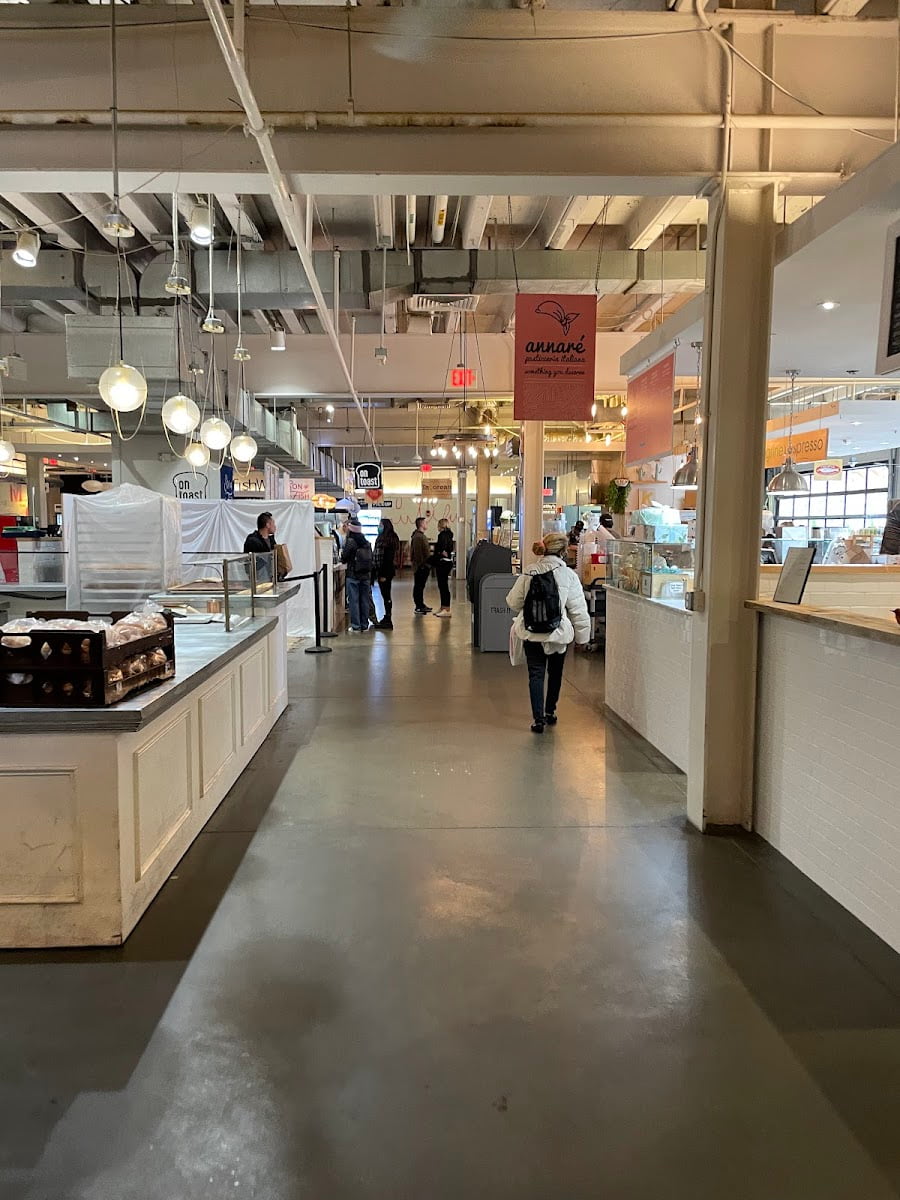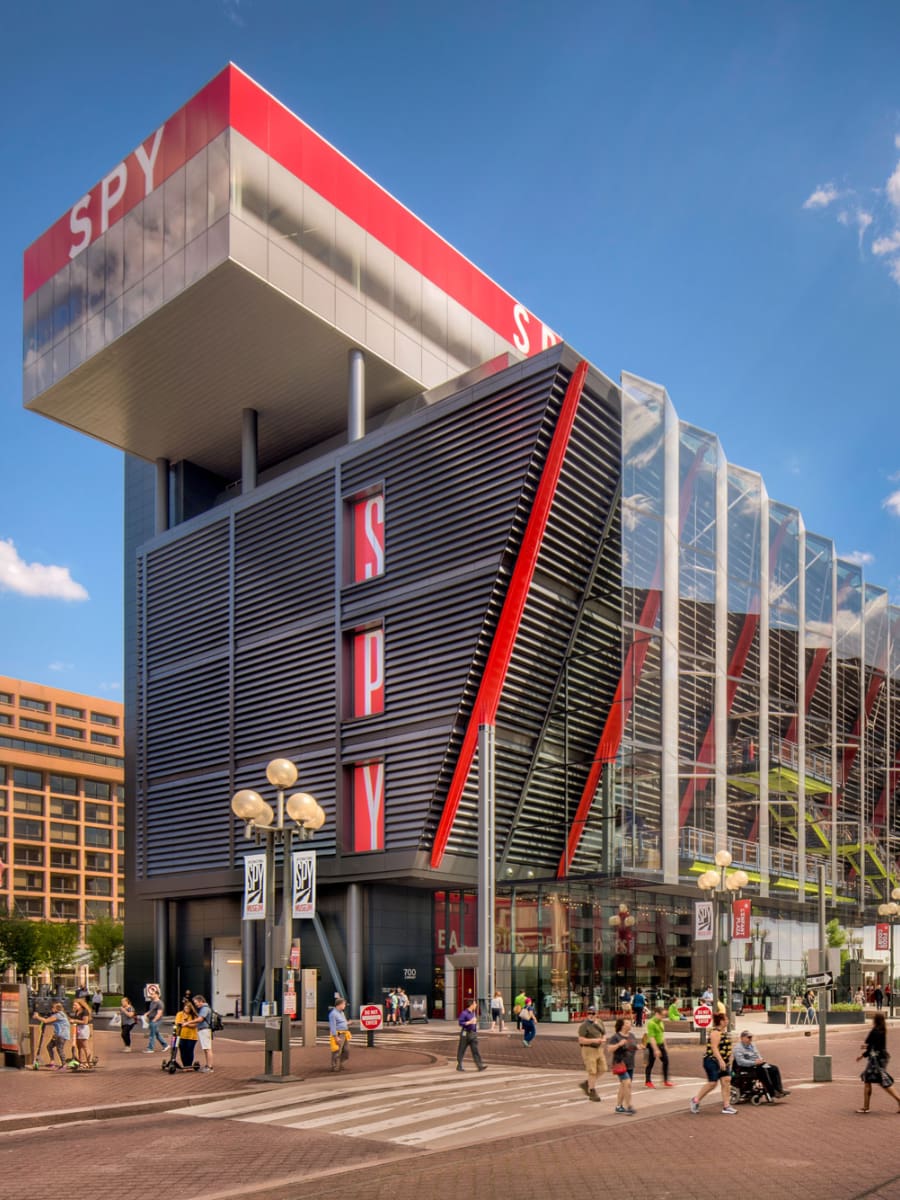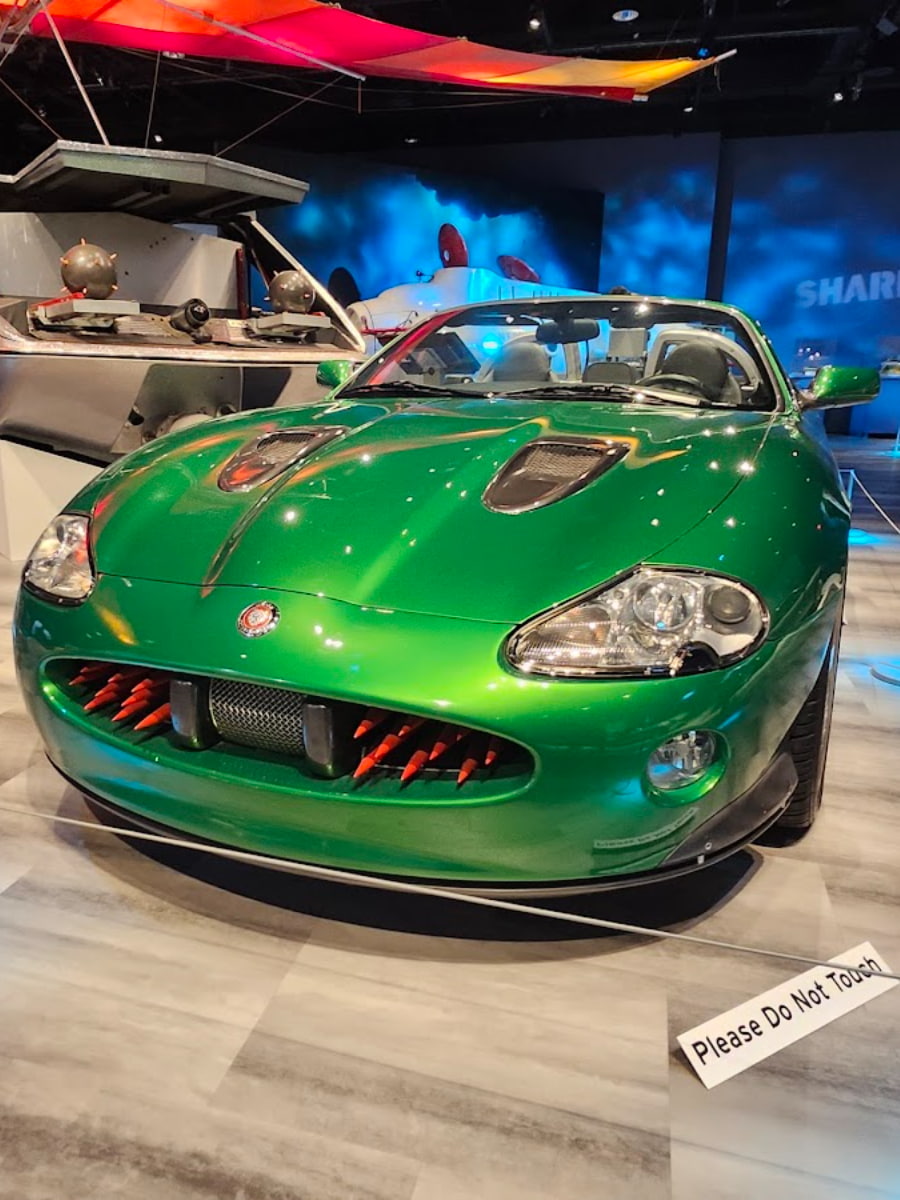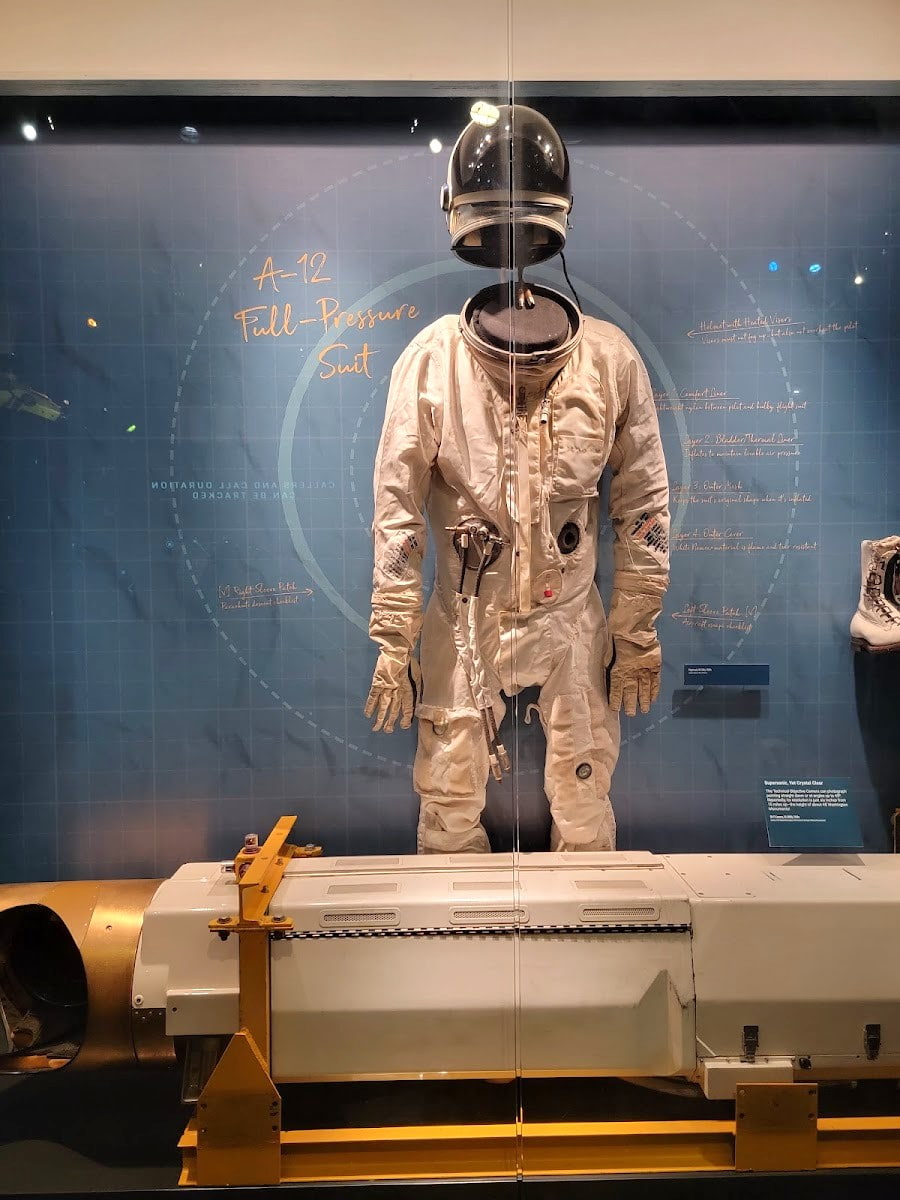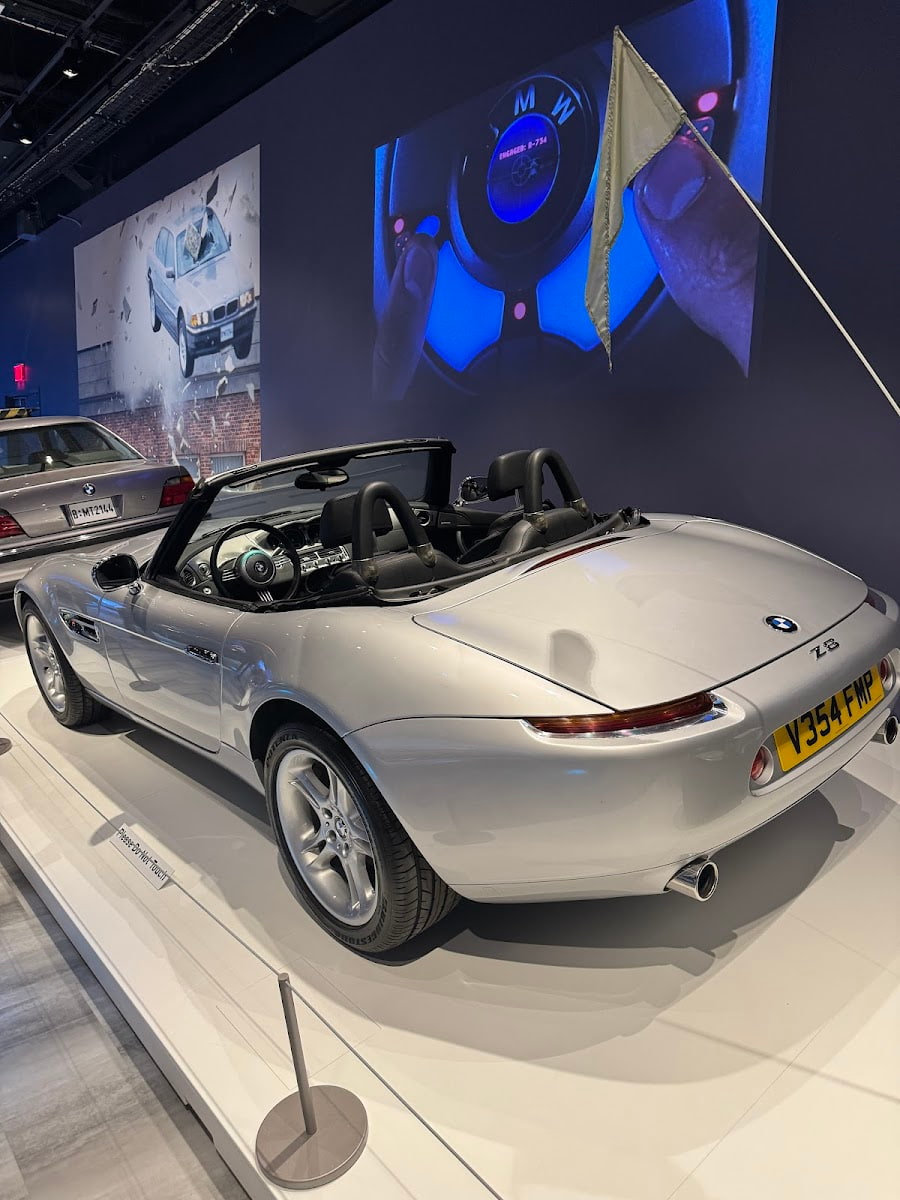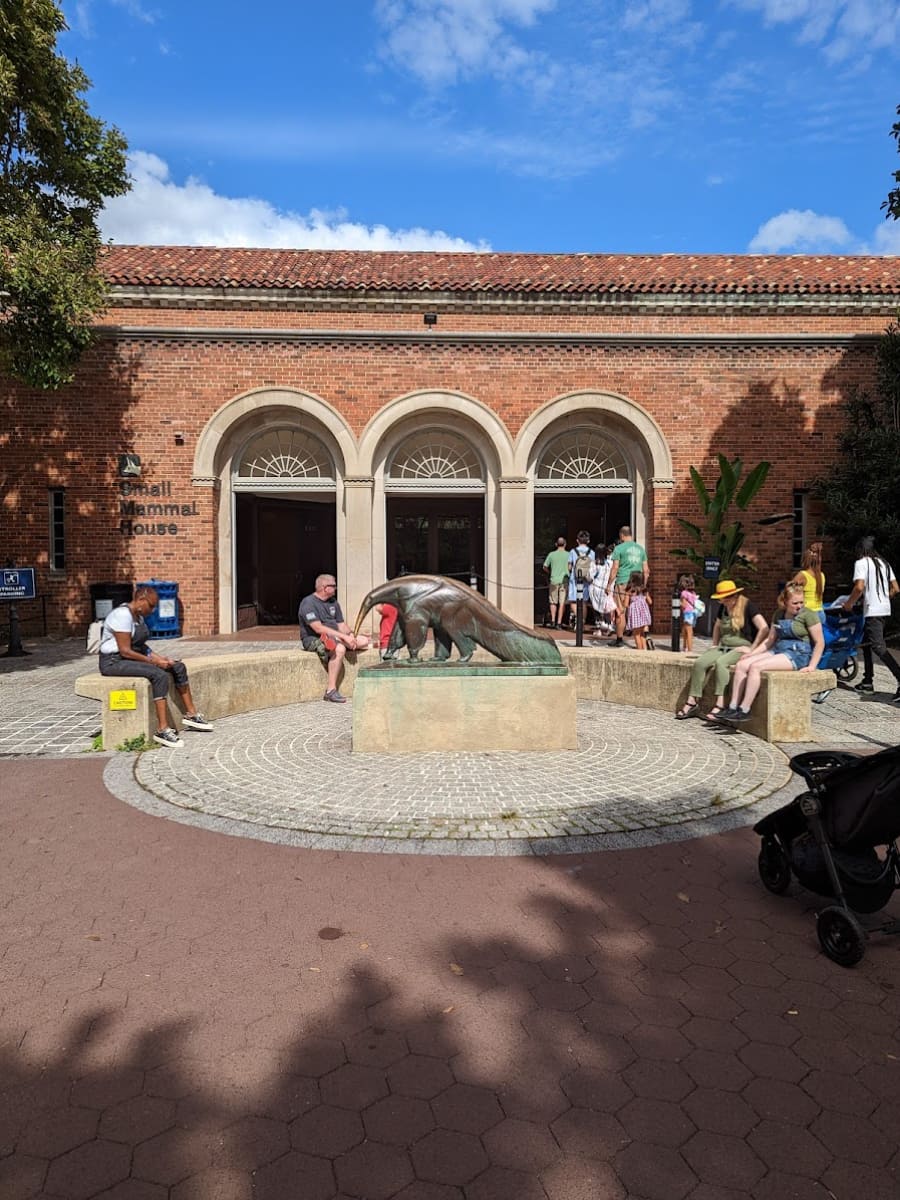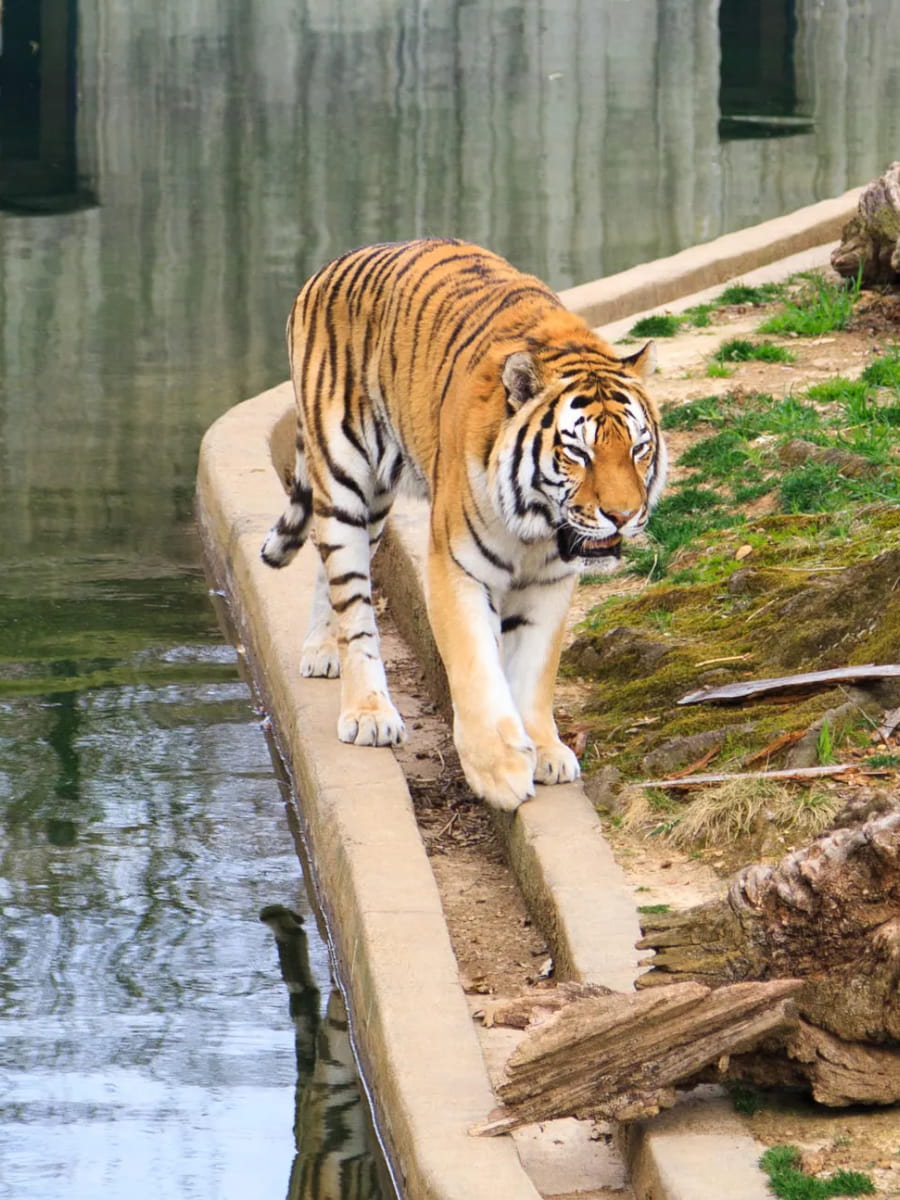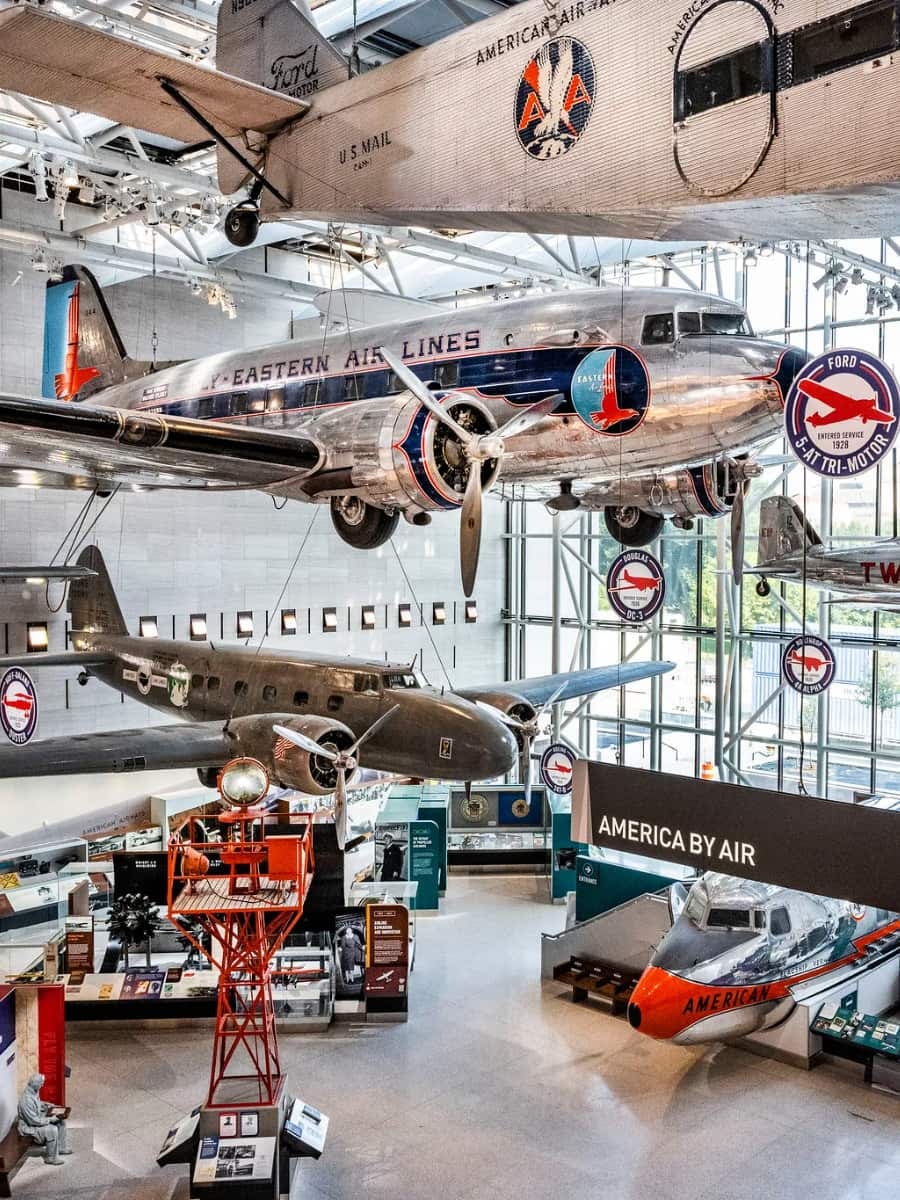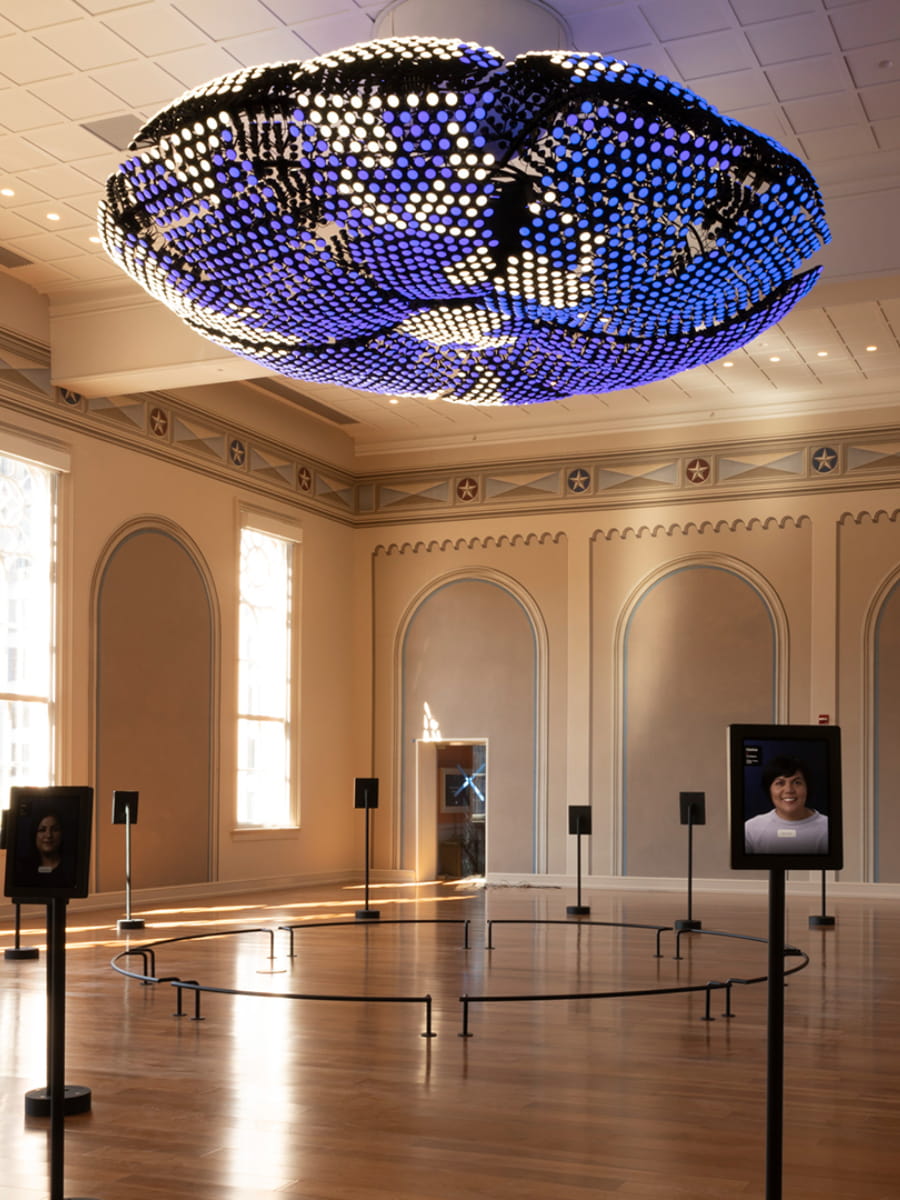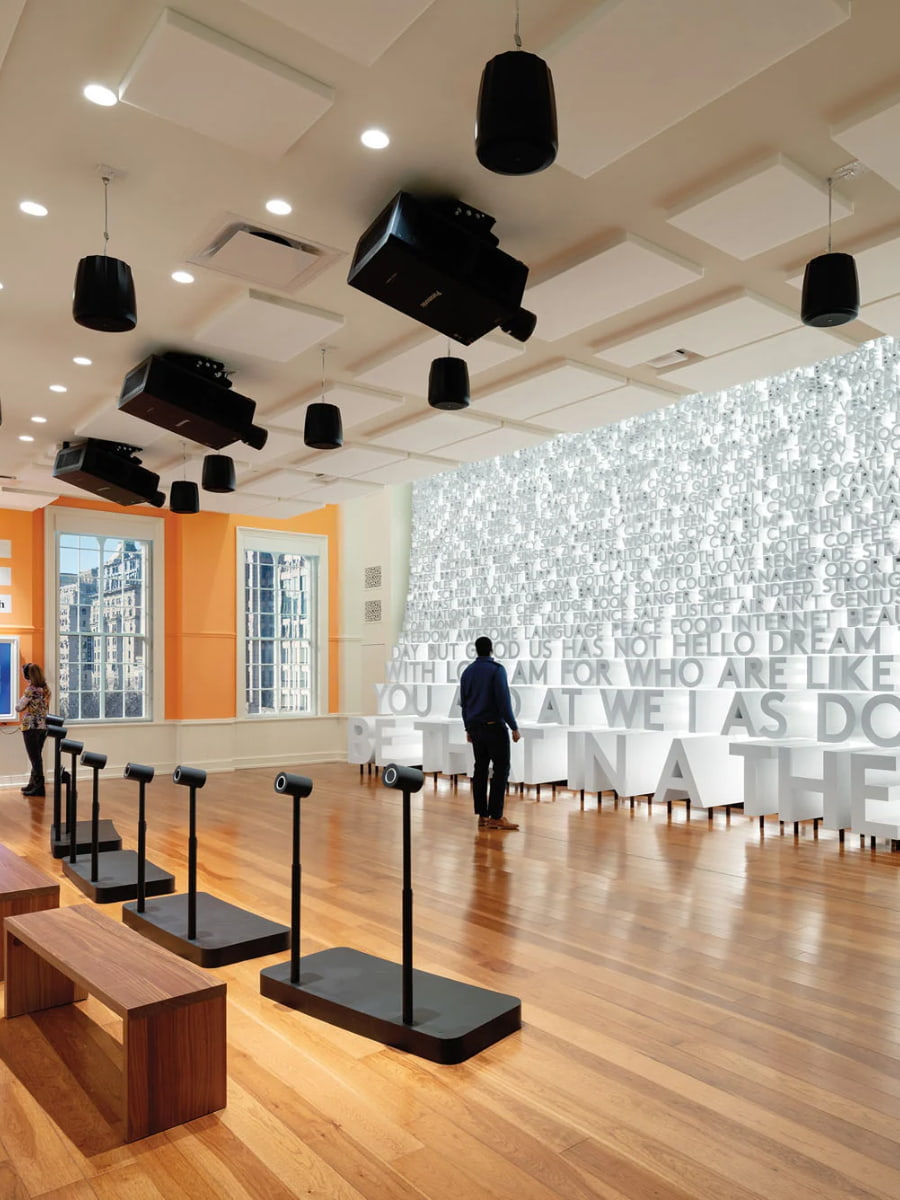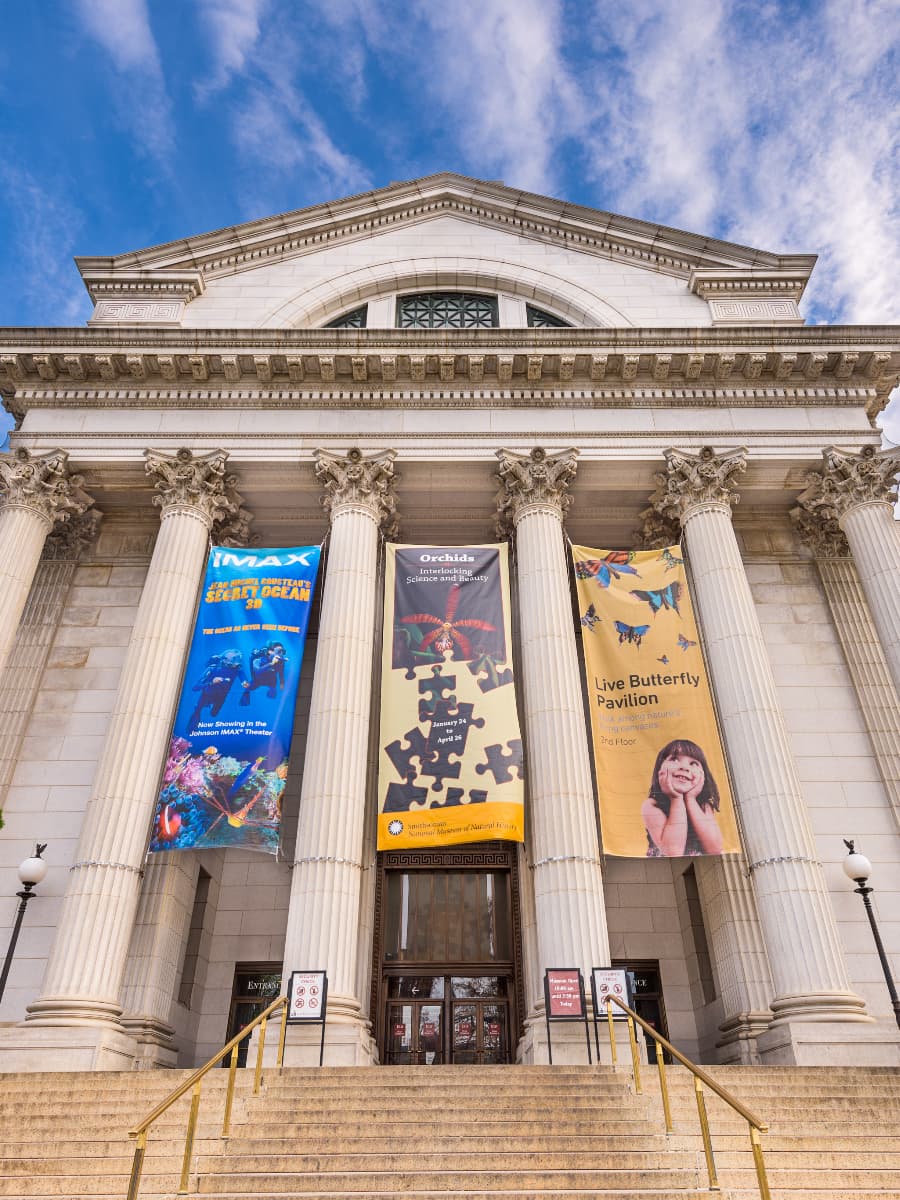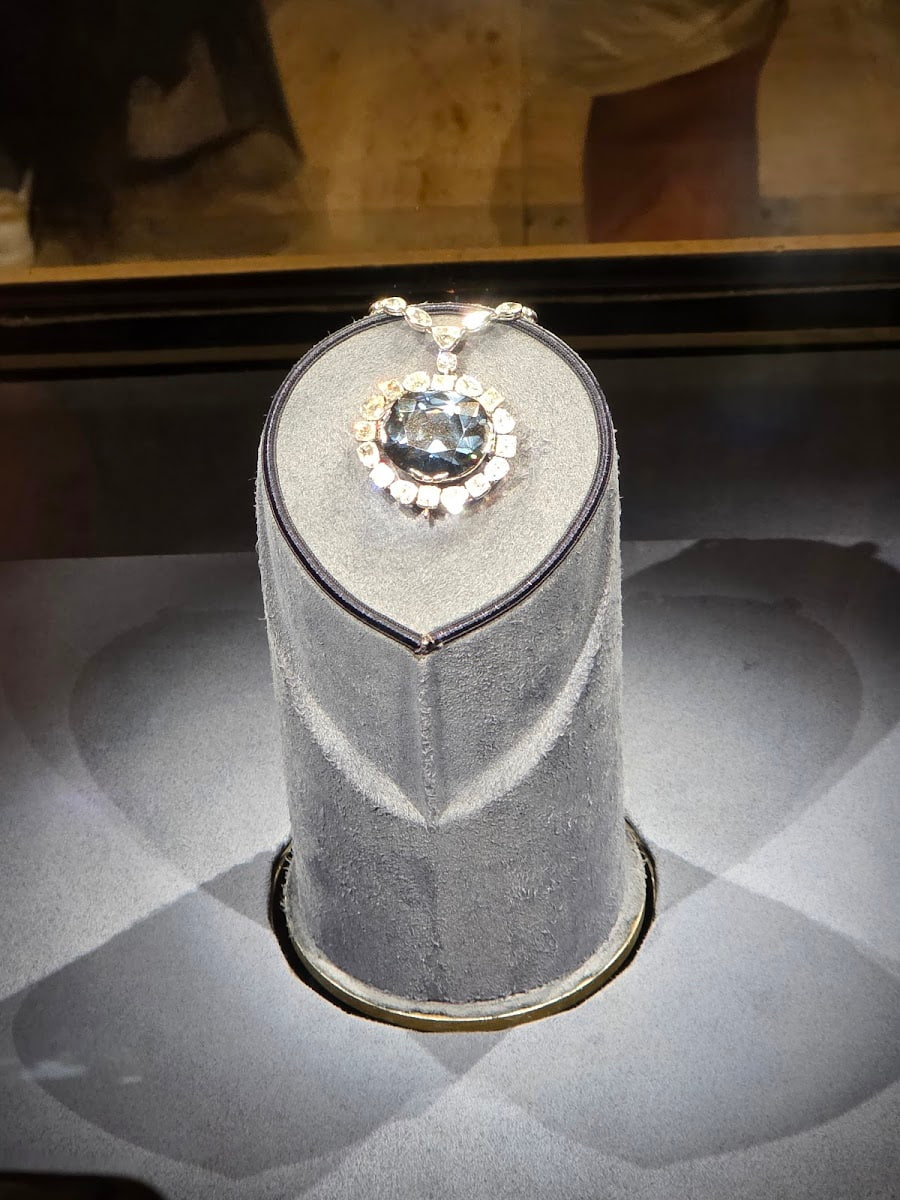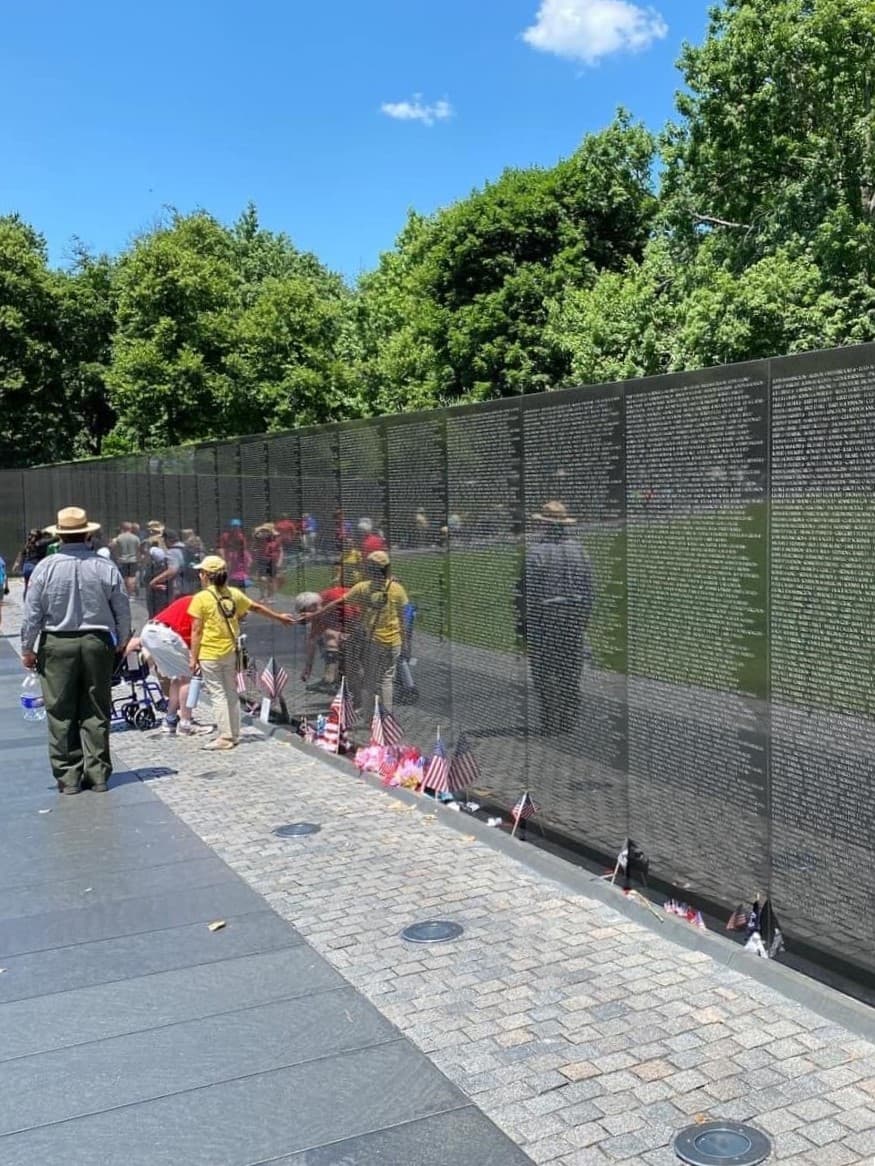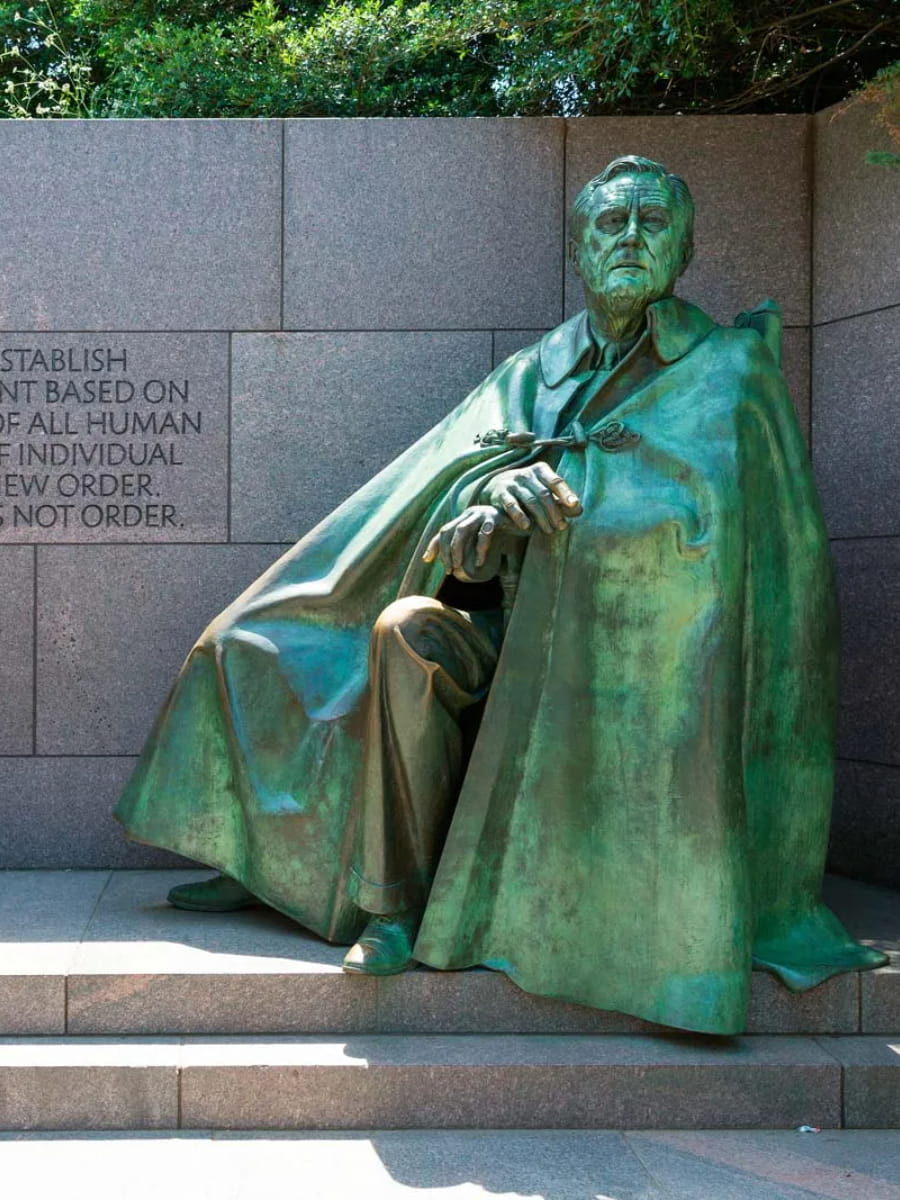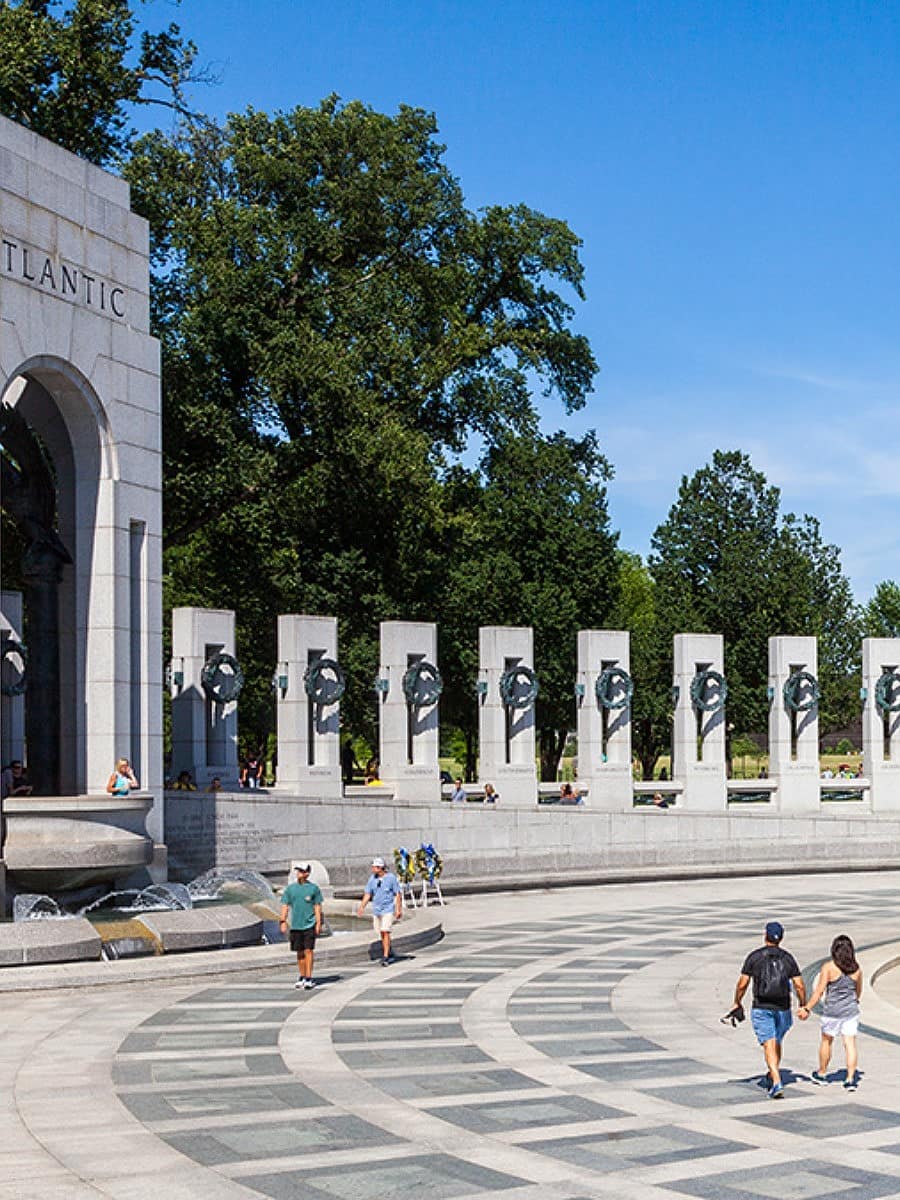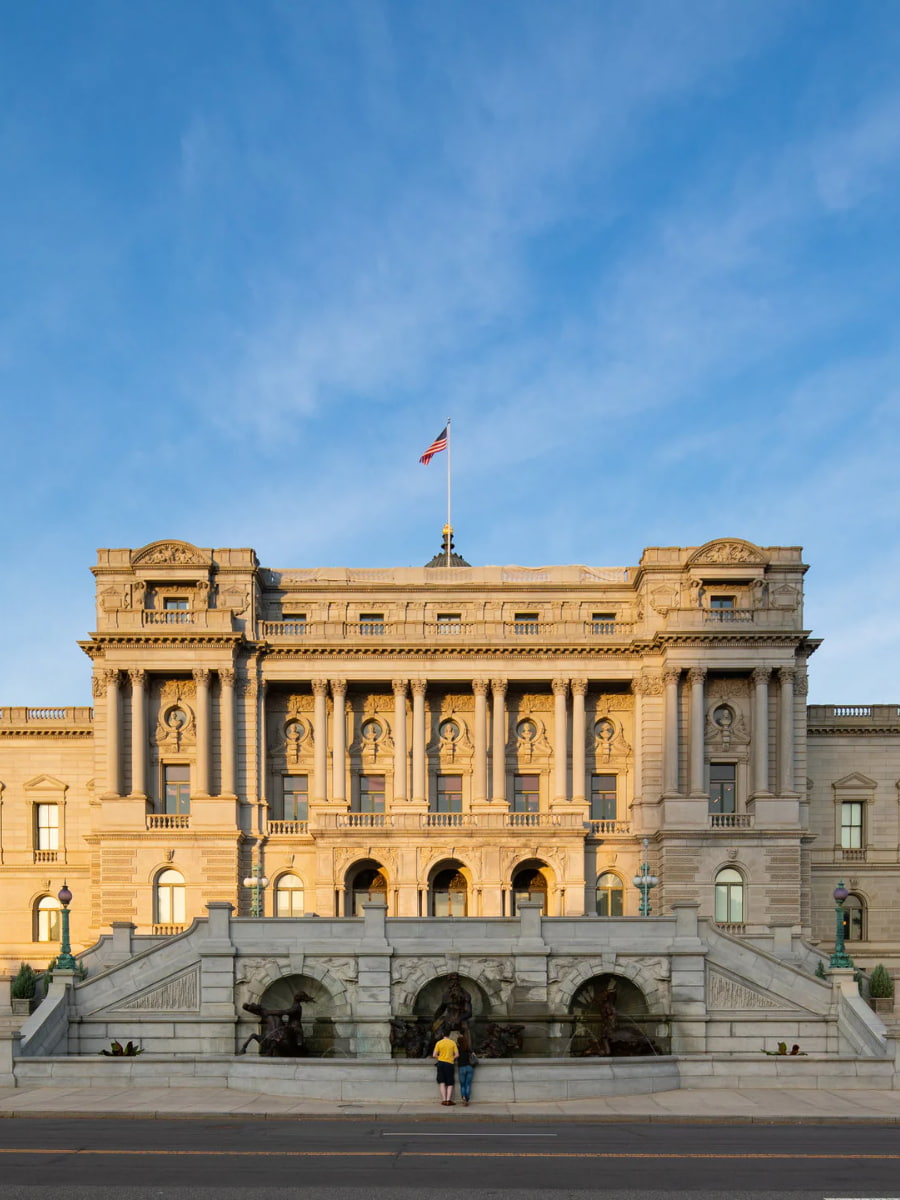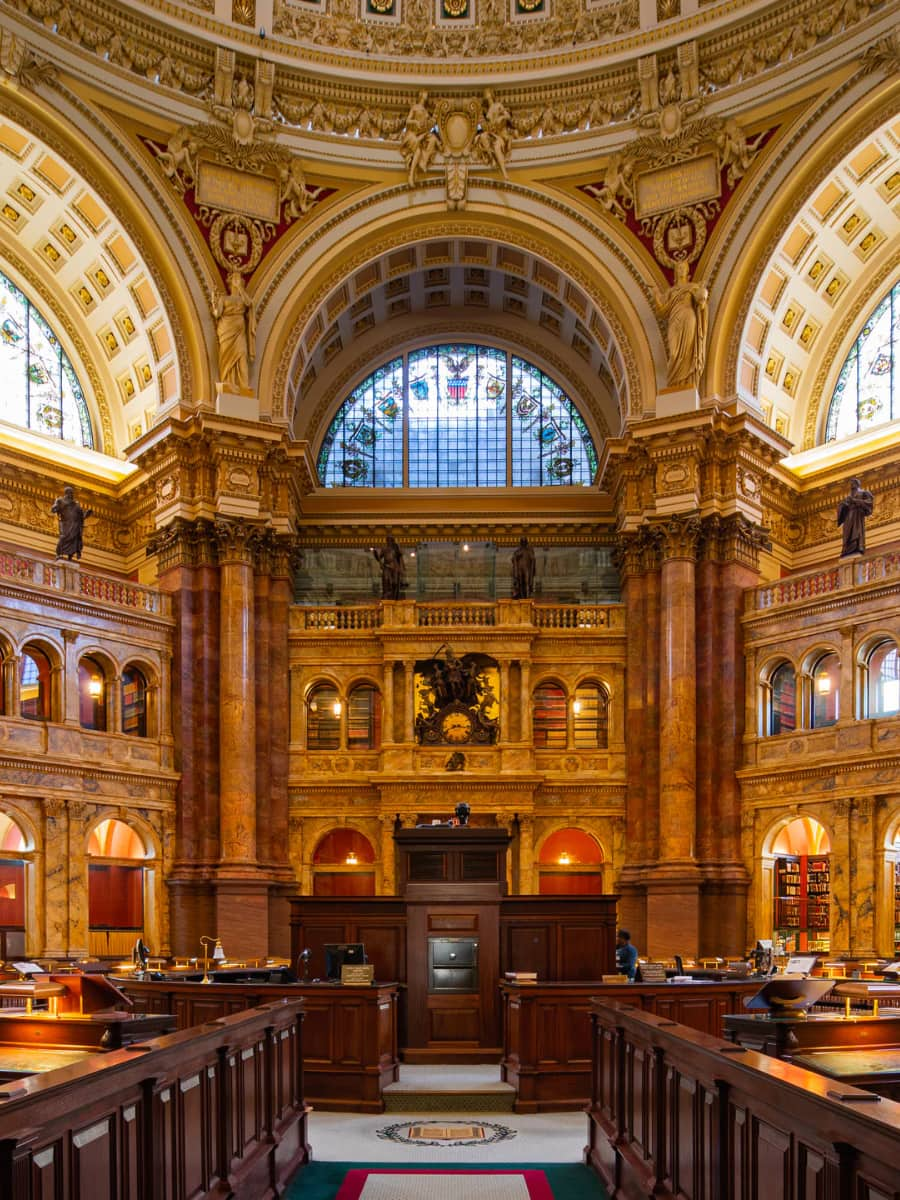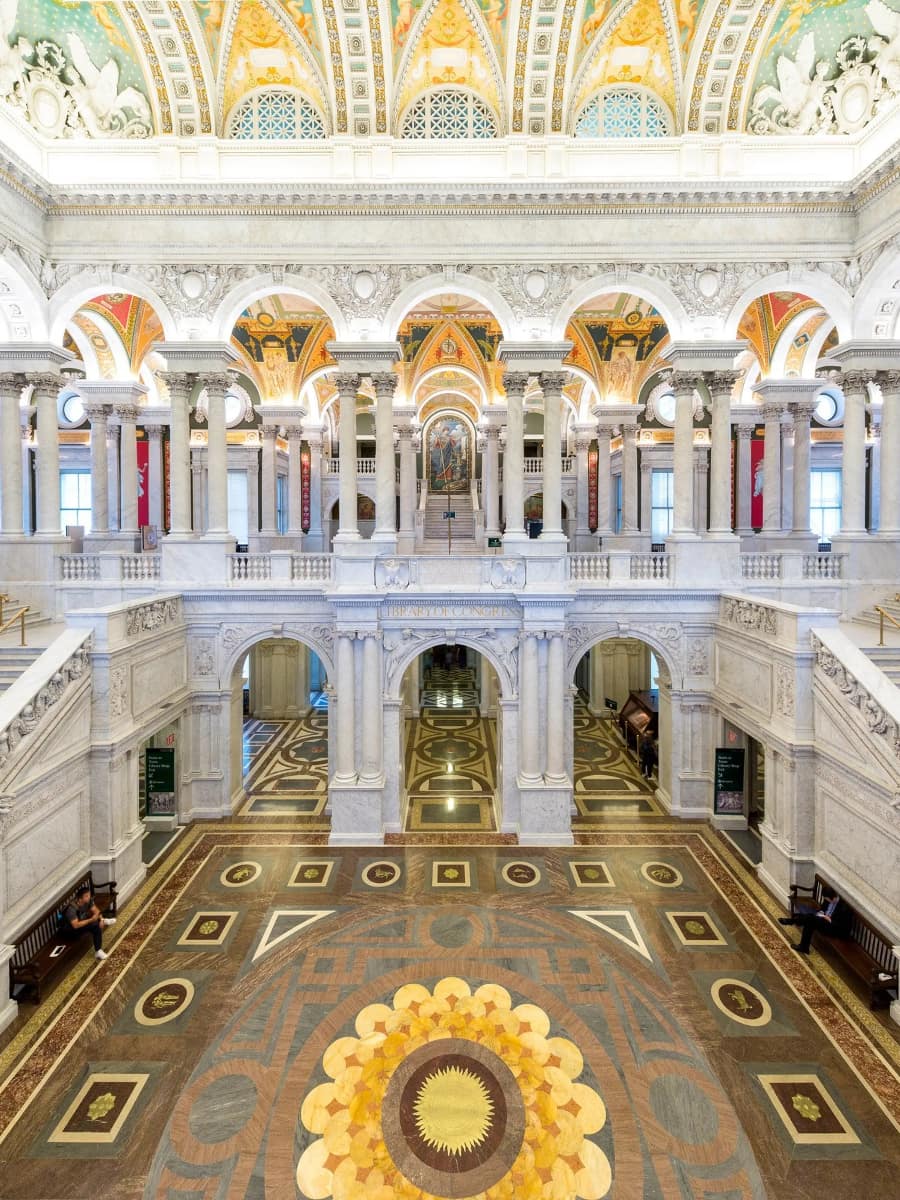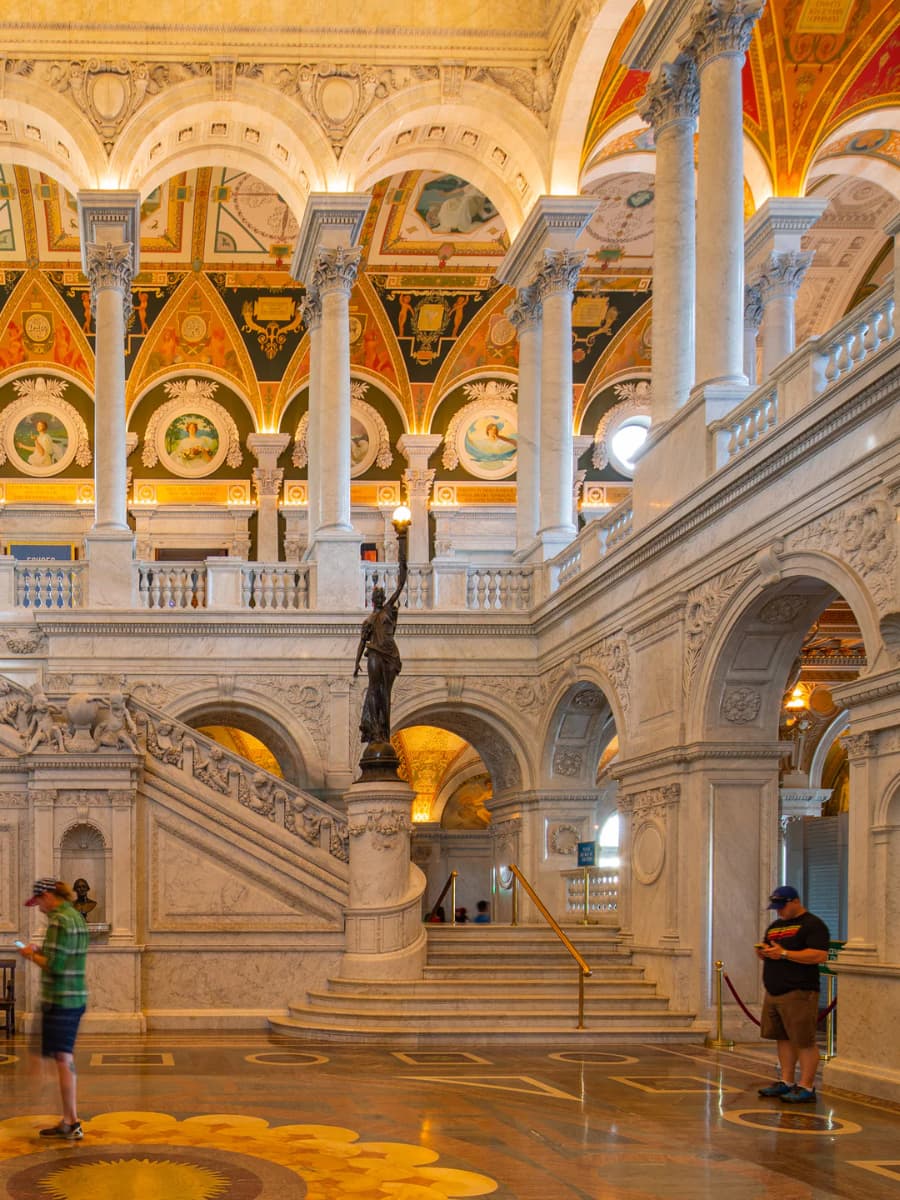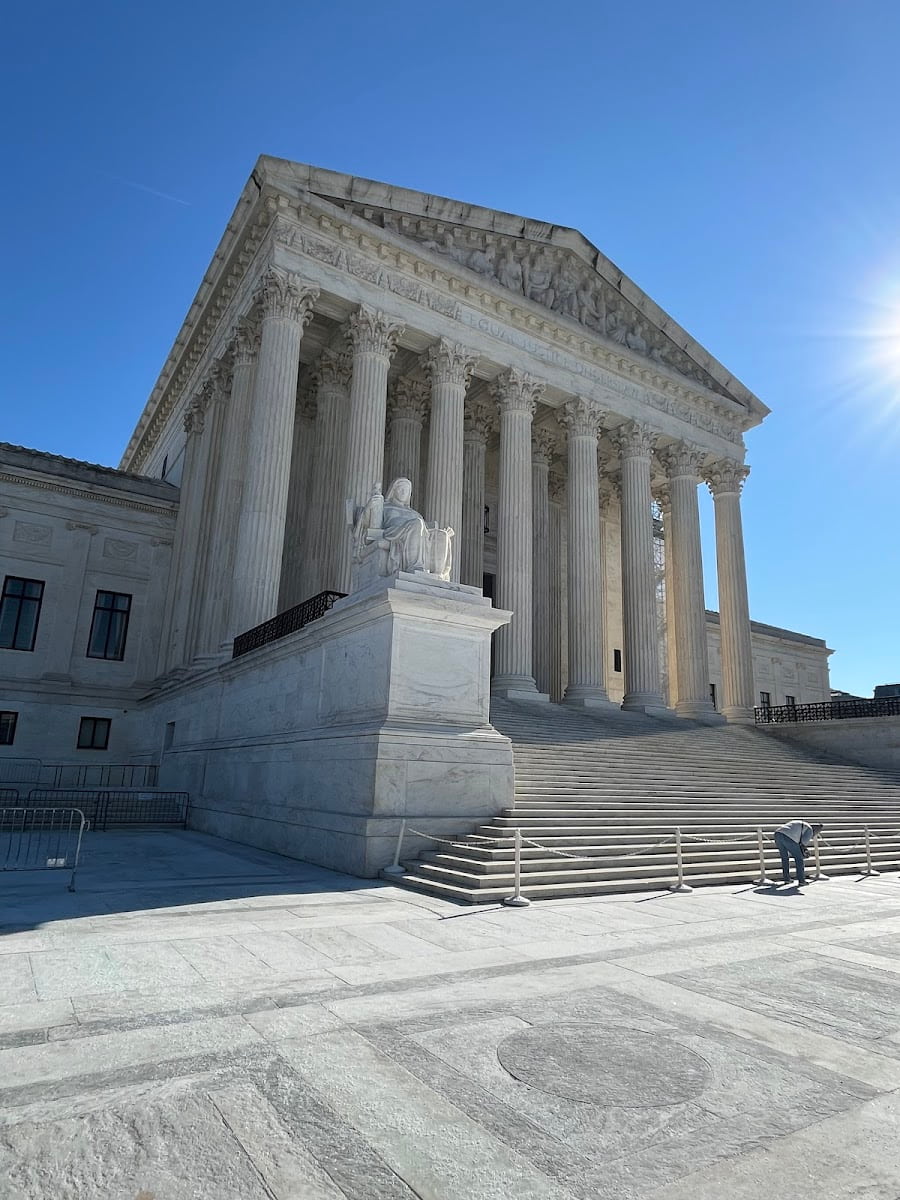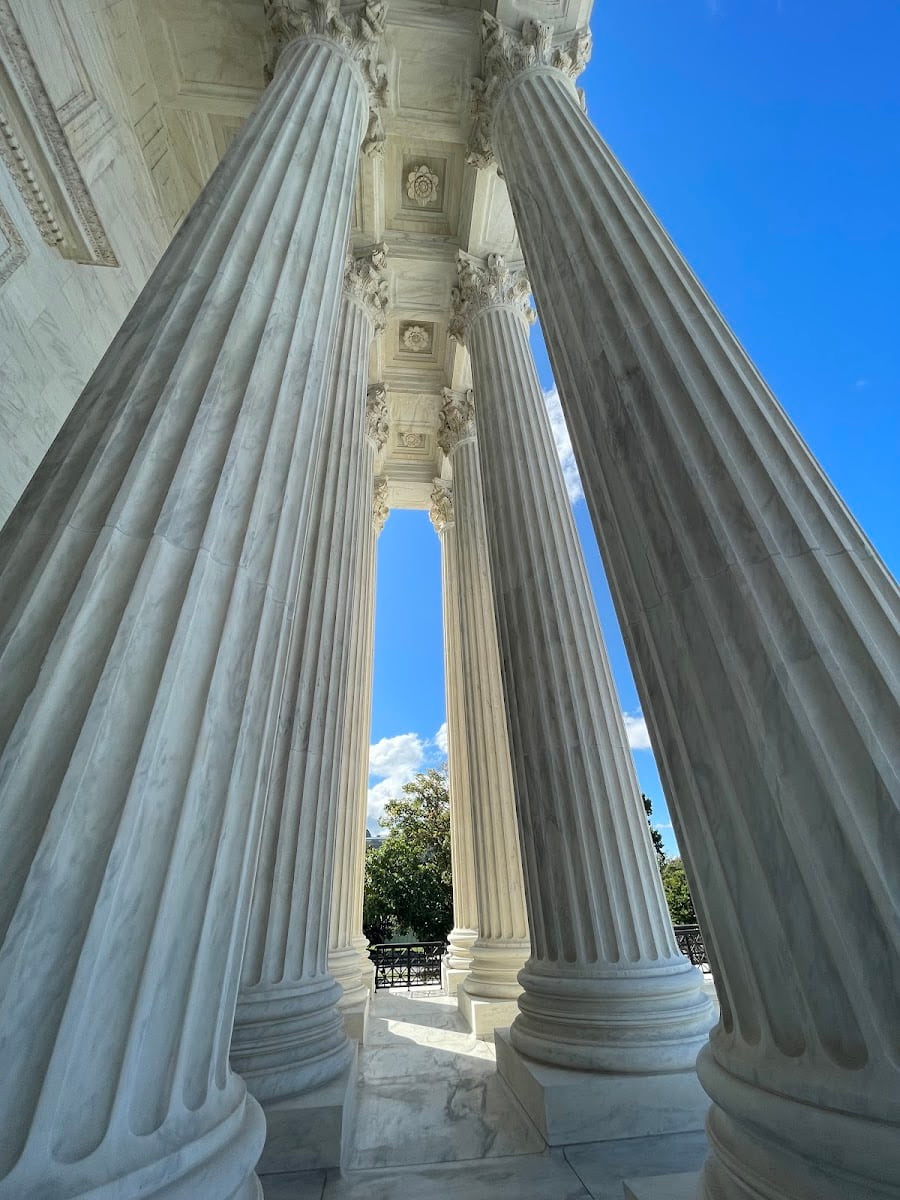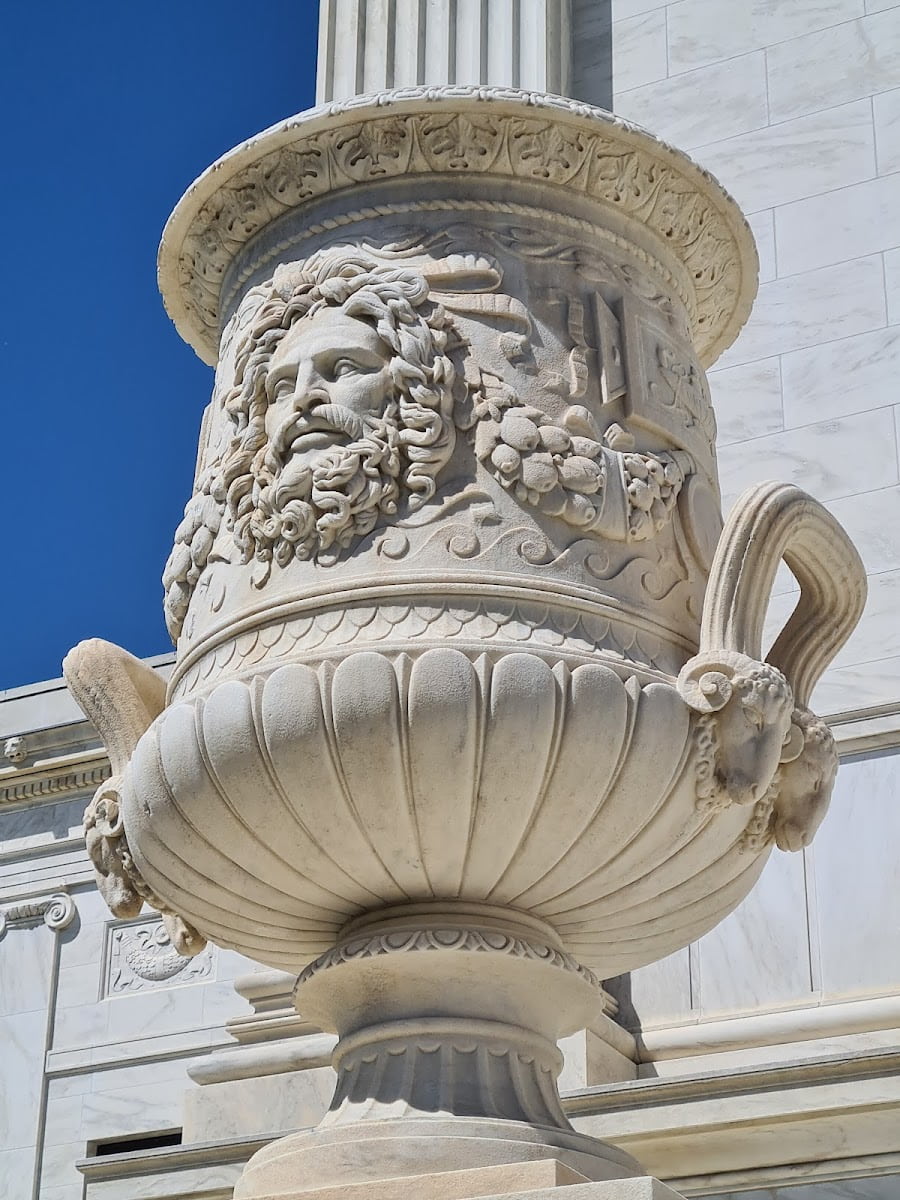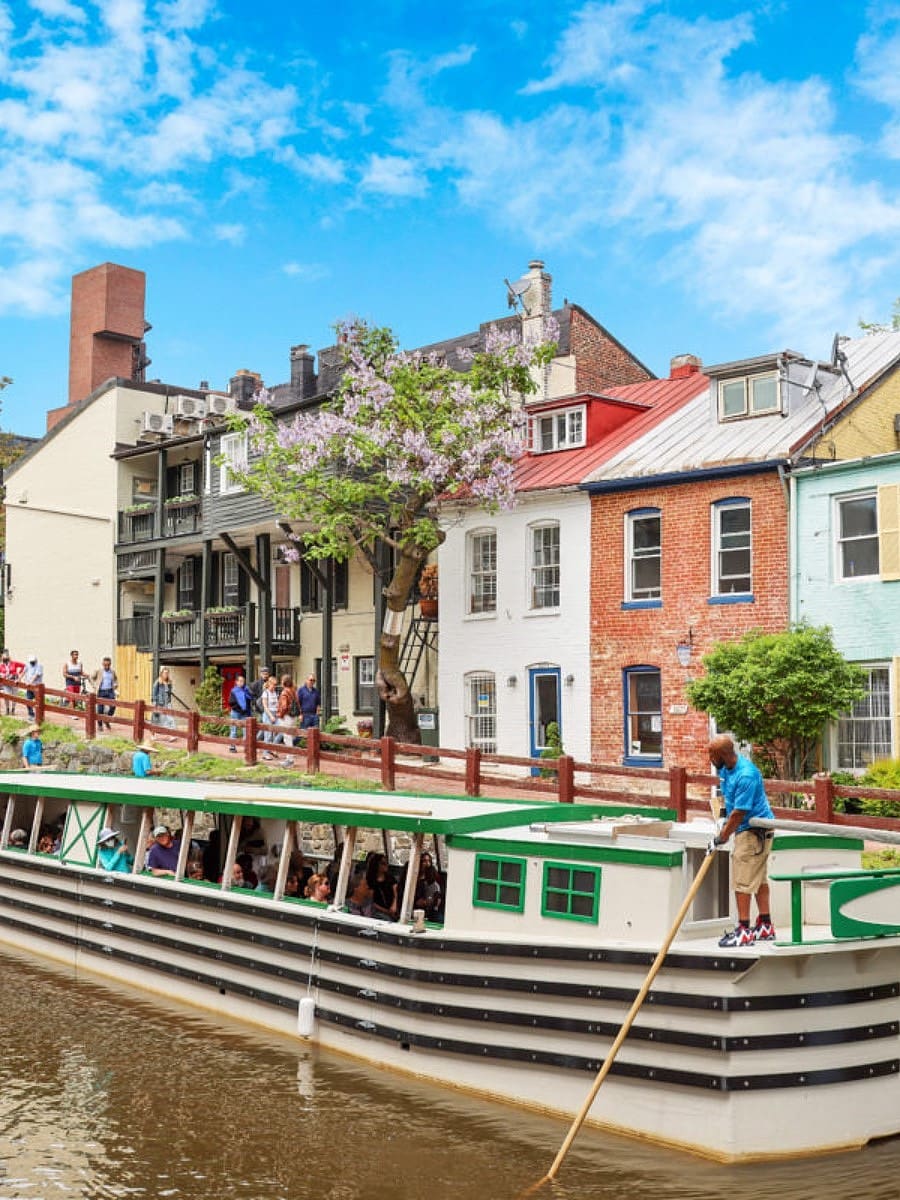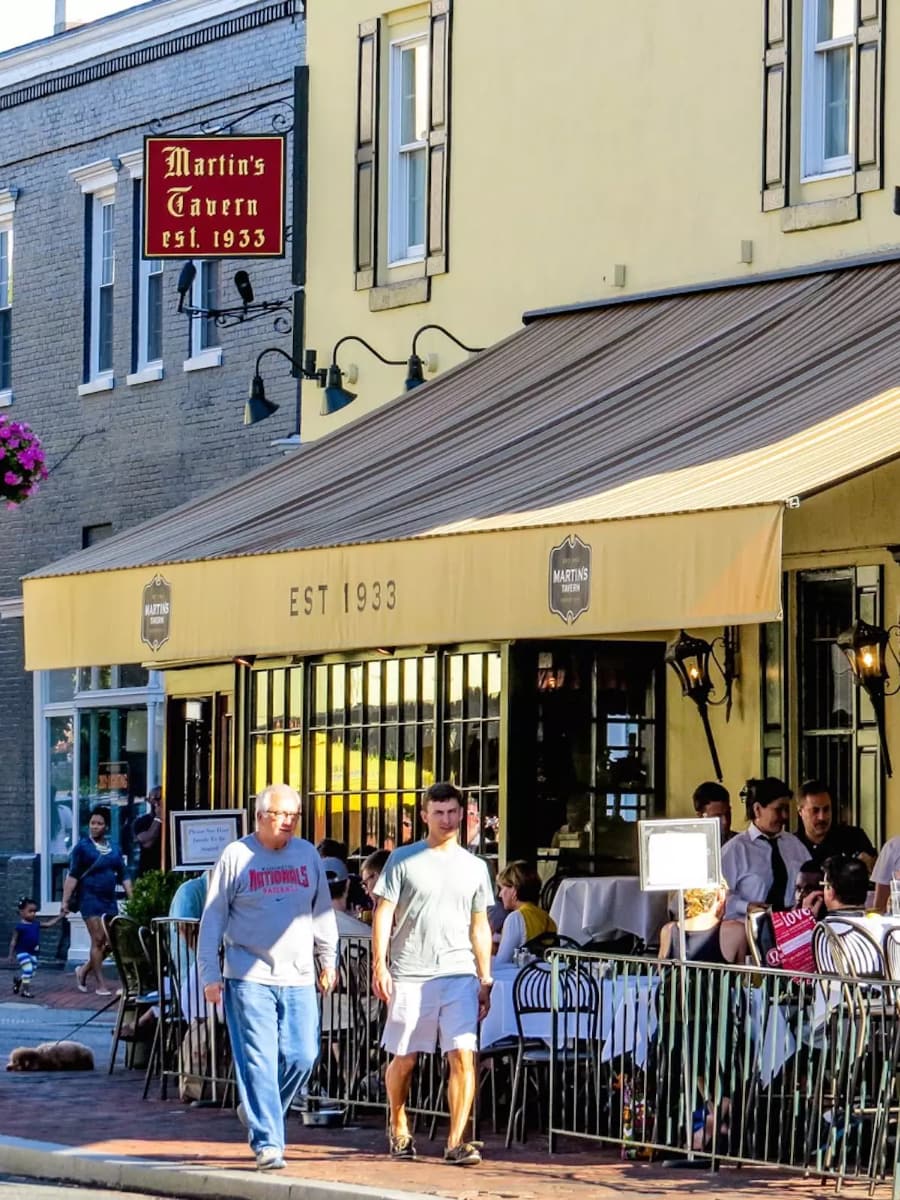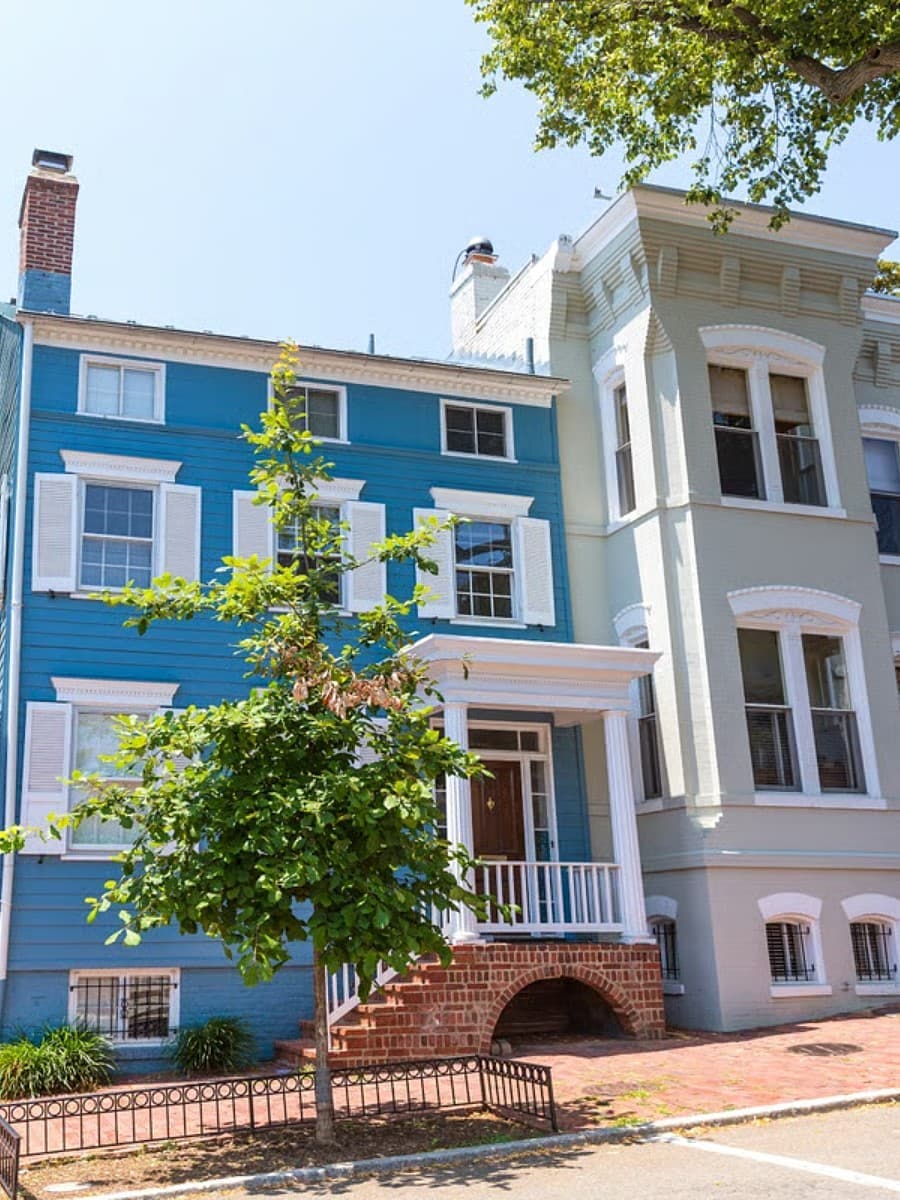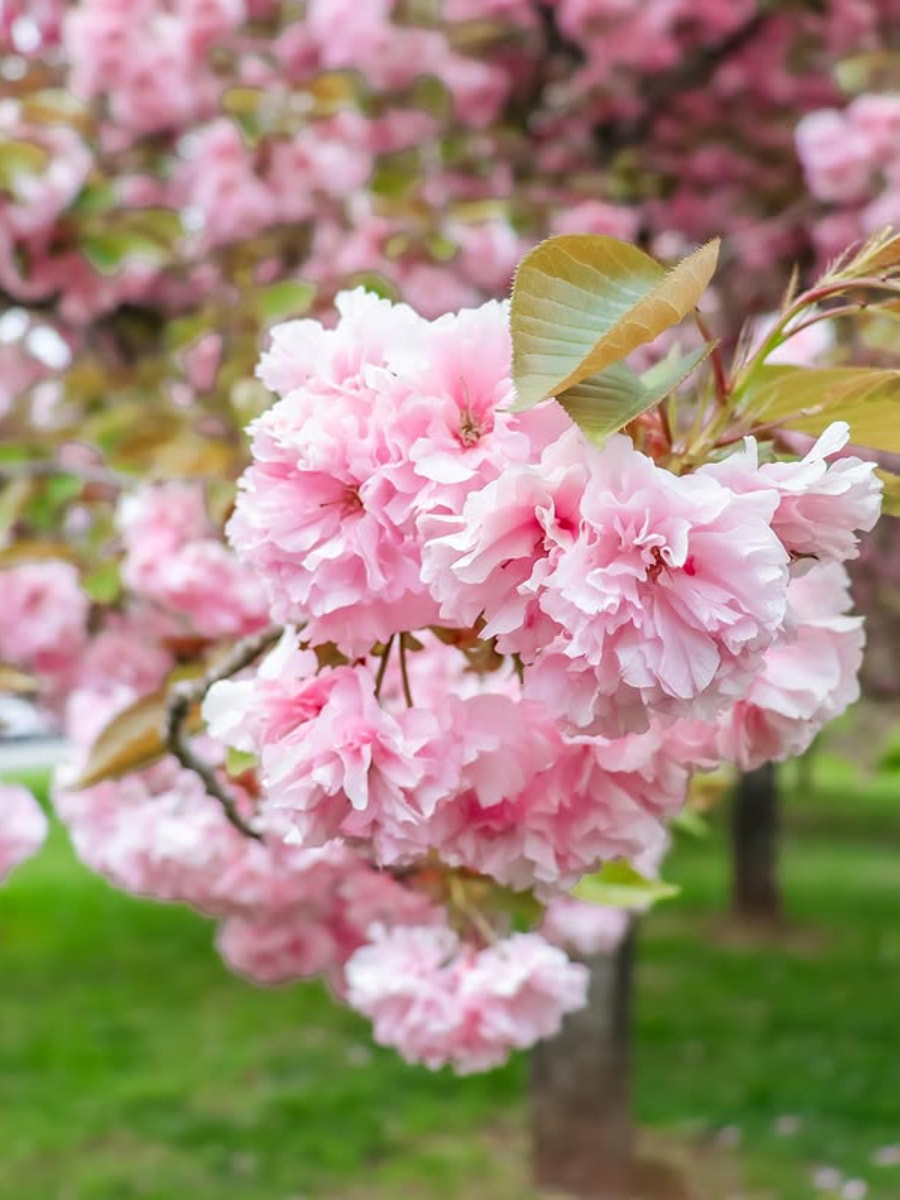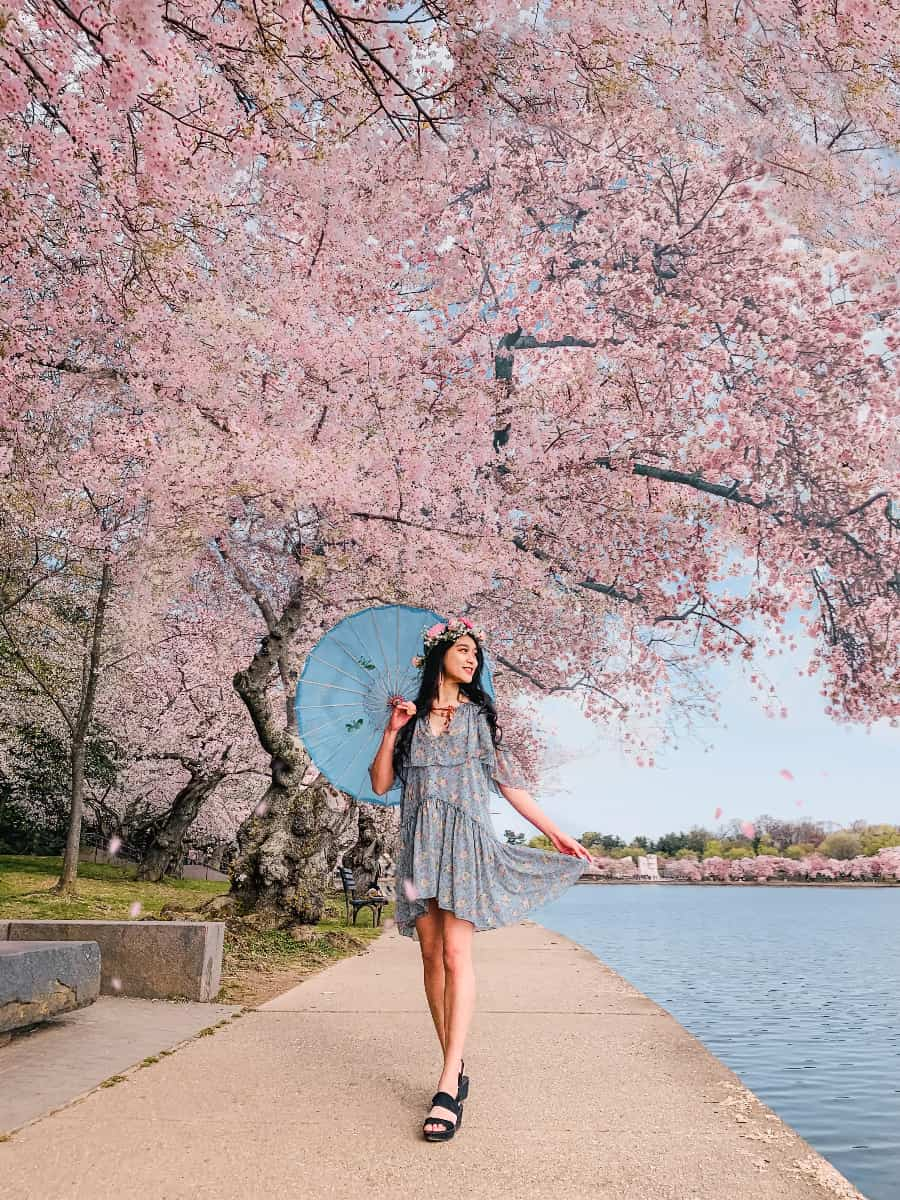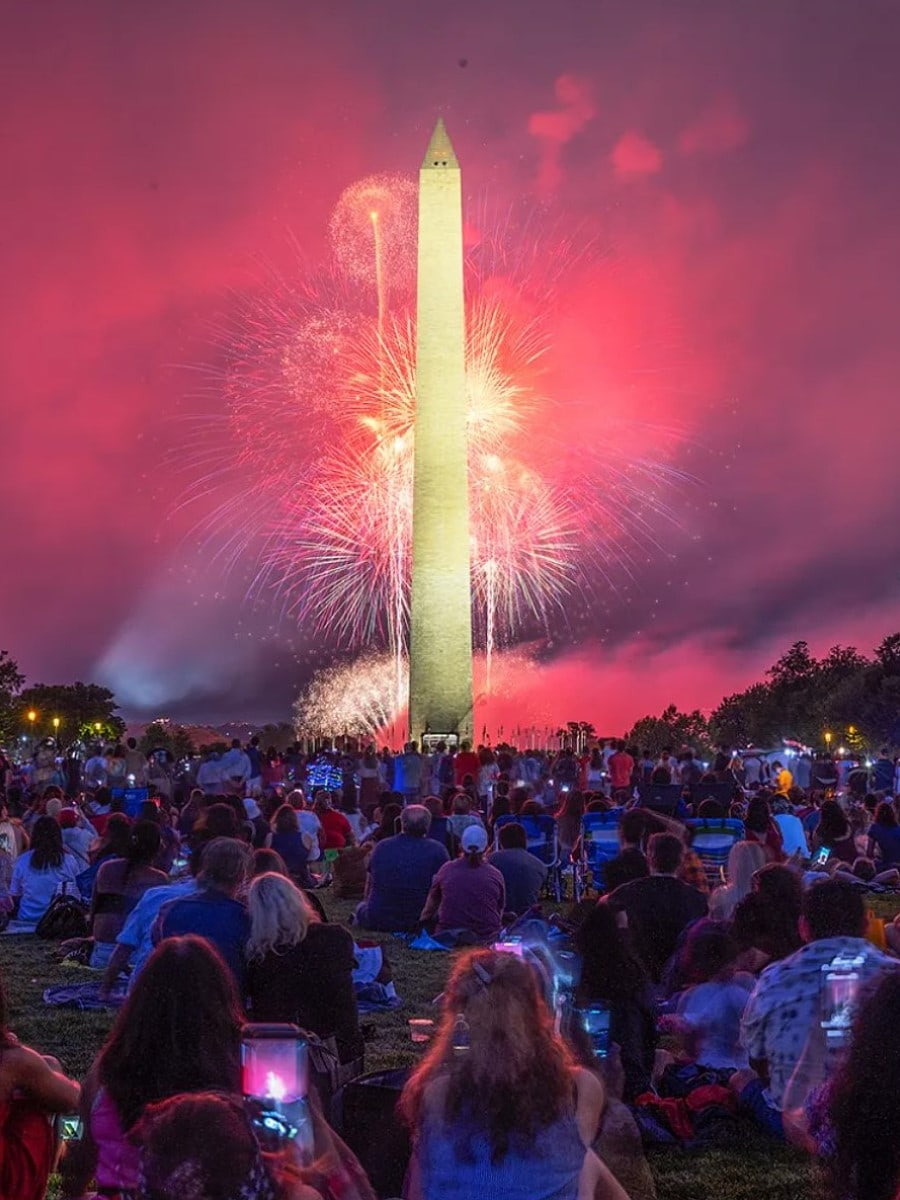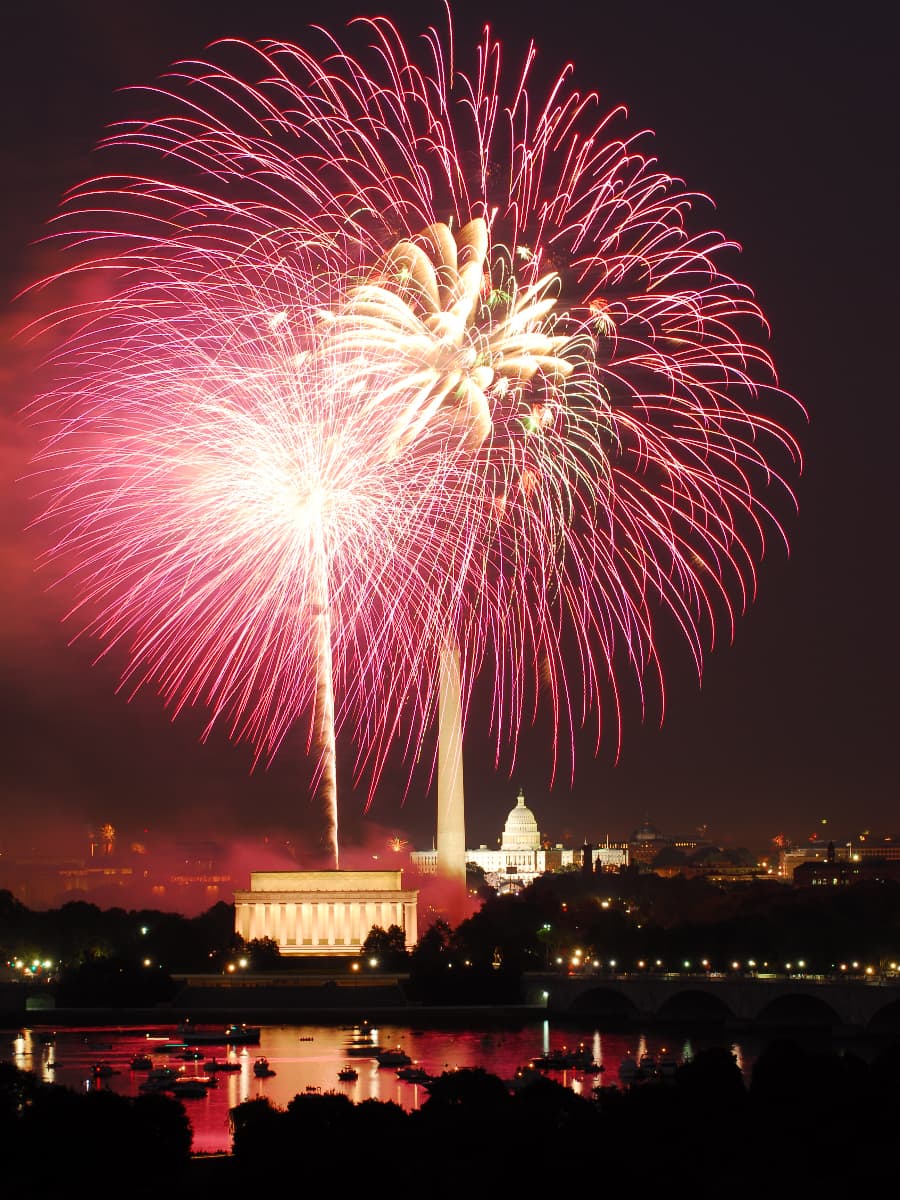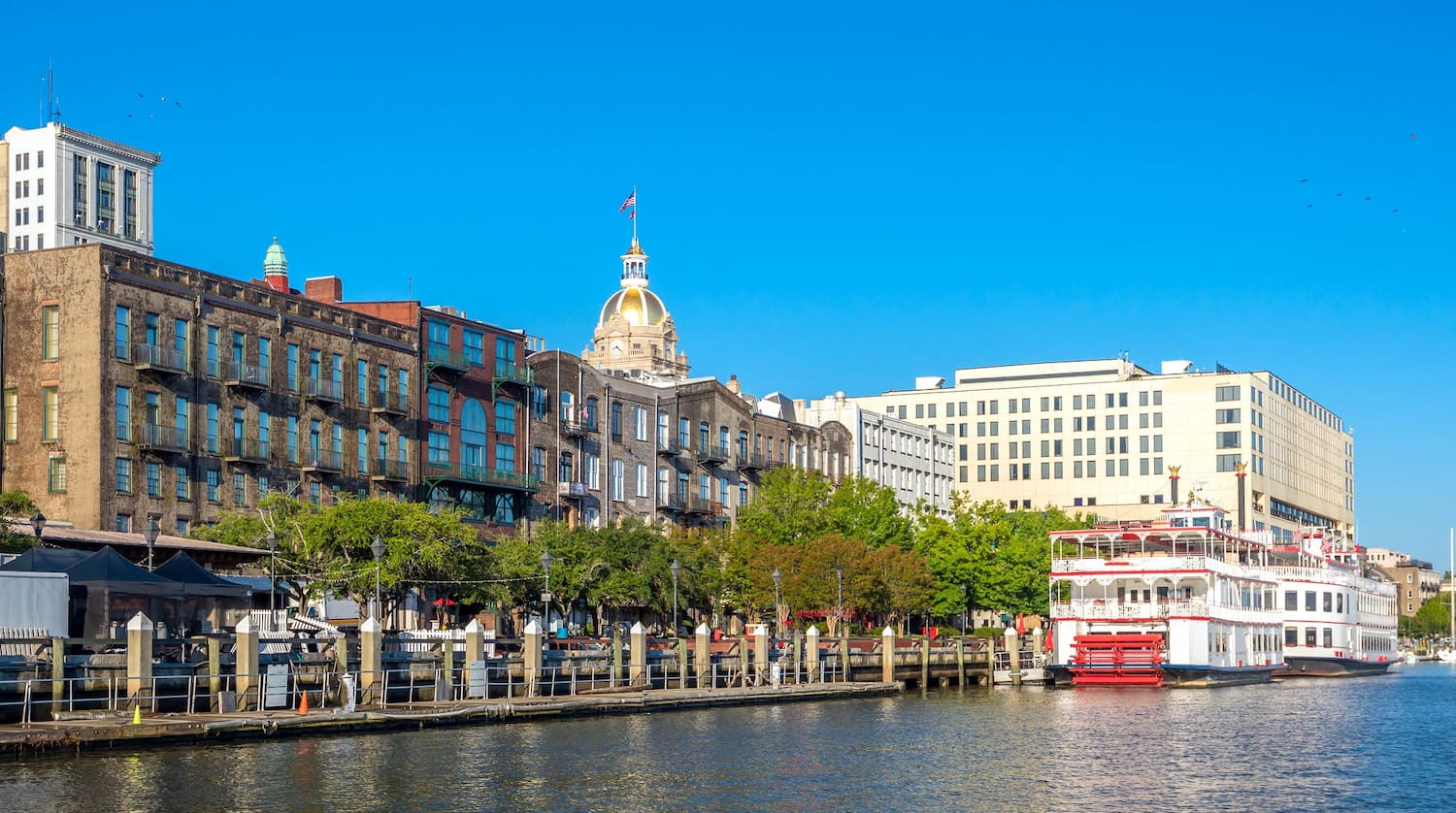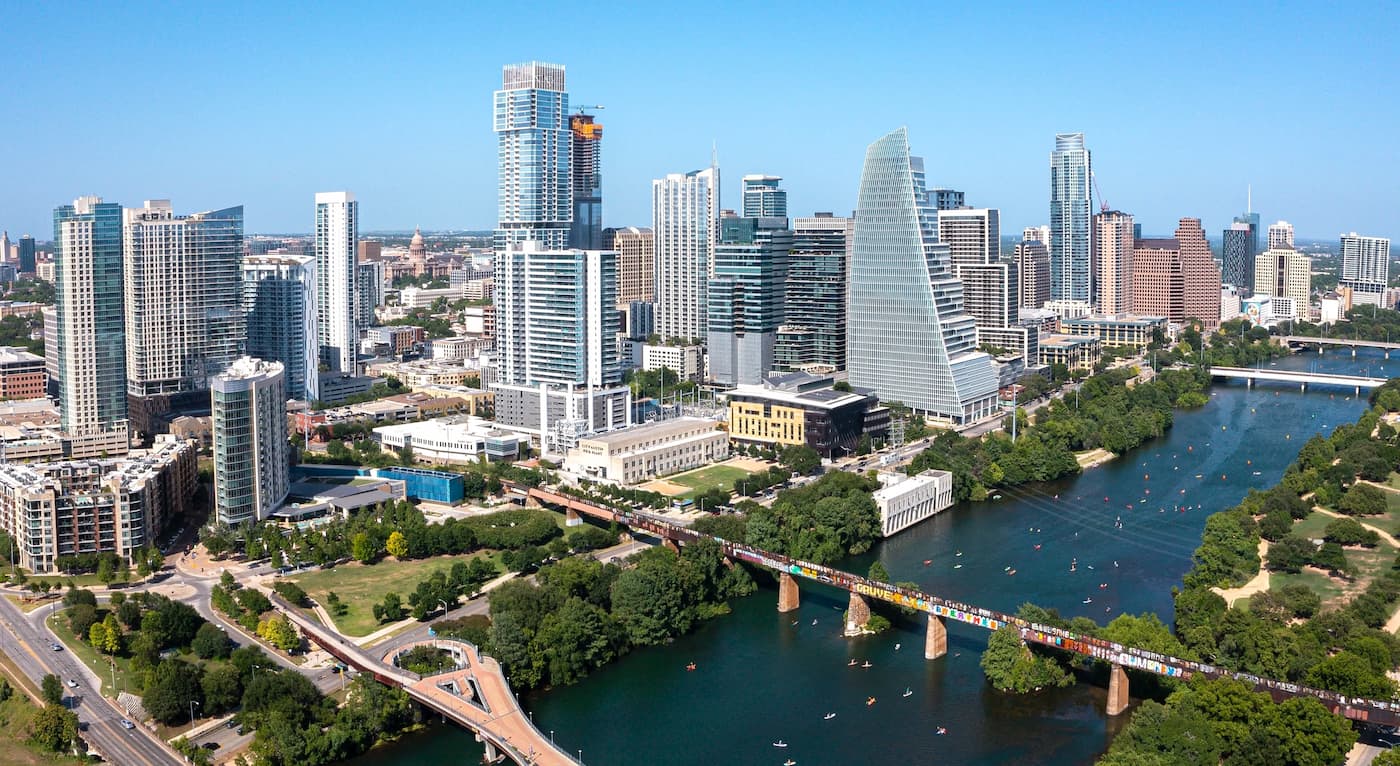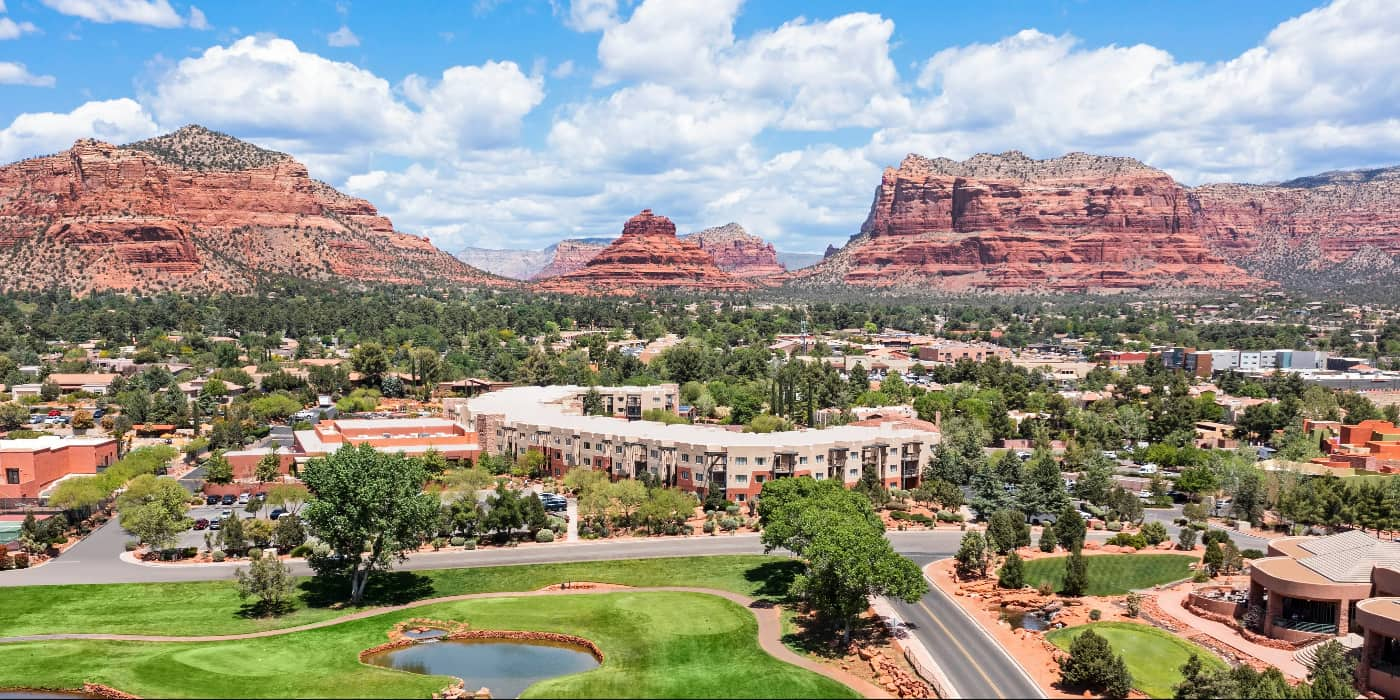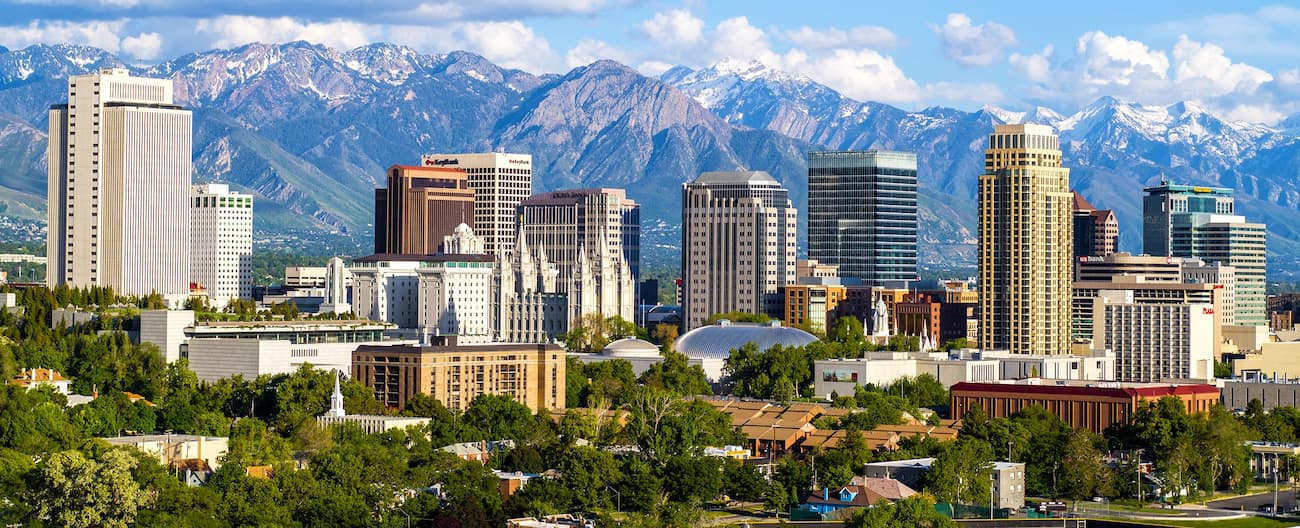Washington DC is more than just America’s capital – it’s a treasure trove of incredible experiences waiting to be discovered. From iconic monuments that tell the nation’s story to world-class museums where you can spend days exploring without spending a dime, this city offers something for every type of traveler.
I’ve explored DC countless times and still find new gems on each visit, whether it’s a hidden food market or a seasonal festival that locals love. In this guide, I’ll share my favorite spots and insider tips to help you make the most of your time in this fascinating city, no matter when you visit or what your budget might be.
🏠 Where to Stay in Washington DC
- 💎 Luxury Hotel: Viceroy Washington DC, Washington
- ✨ 5-Star: The Mayflower Hotel, Autograph Collection, Washington
- 🏨 4-Star: Canopy by Hilton Washington DC Embassy Row, Washington
- 🛏️ 3-Star: Holiday Inn Washington-Central/White House by IHG, Washington
- 💸 Cheap: Hyatt Place Washington DC/White House, Washington
- 🏢 Apartment: Beacon Hotel & Corporate Quarters, Washington
- 👨👩👧👦 For Families: The Darcy Hotel, Washington DC, Washington
- 🏩 For Couples: Courtyard by Marriott Washington DC Dupont Circle, Washington
💁 Best Guided Tours
- Washington DC Private Half-Day Tour Via Luxury Vehicle from € 495 (⭐4.9/5)
- Washington DC City Highlights Full-Day Bus Tour with Upgrade from € 89 (⭐4.7/5)
- Washington DC After-Dark Small-Group or Private eCruiser Tour from € 83 (⭐4.8/5)
- Washington DC Monuments by Moonlight Tour by Trolley from € 53 (⭐4.6/5)
Best Things To Do in Washington DC
1. Lincoln Memorial
Iconic views. Standing at the western end of the National Mall, the Lincoln Memorial is truly breathtaking. I was awestruck by the 99-foot tall marble structure modeled after the Parthenon in Athens. The memorial features 36 massive Doric columns representing each state in the Union at the time of Lincoln’s death, with two additional columns at the entrance.

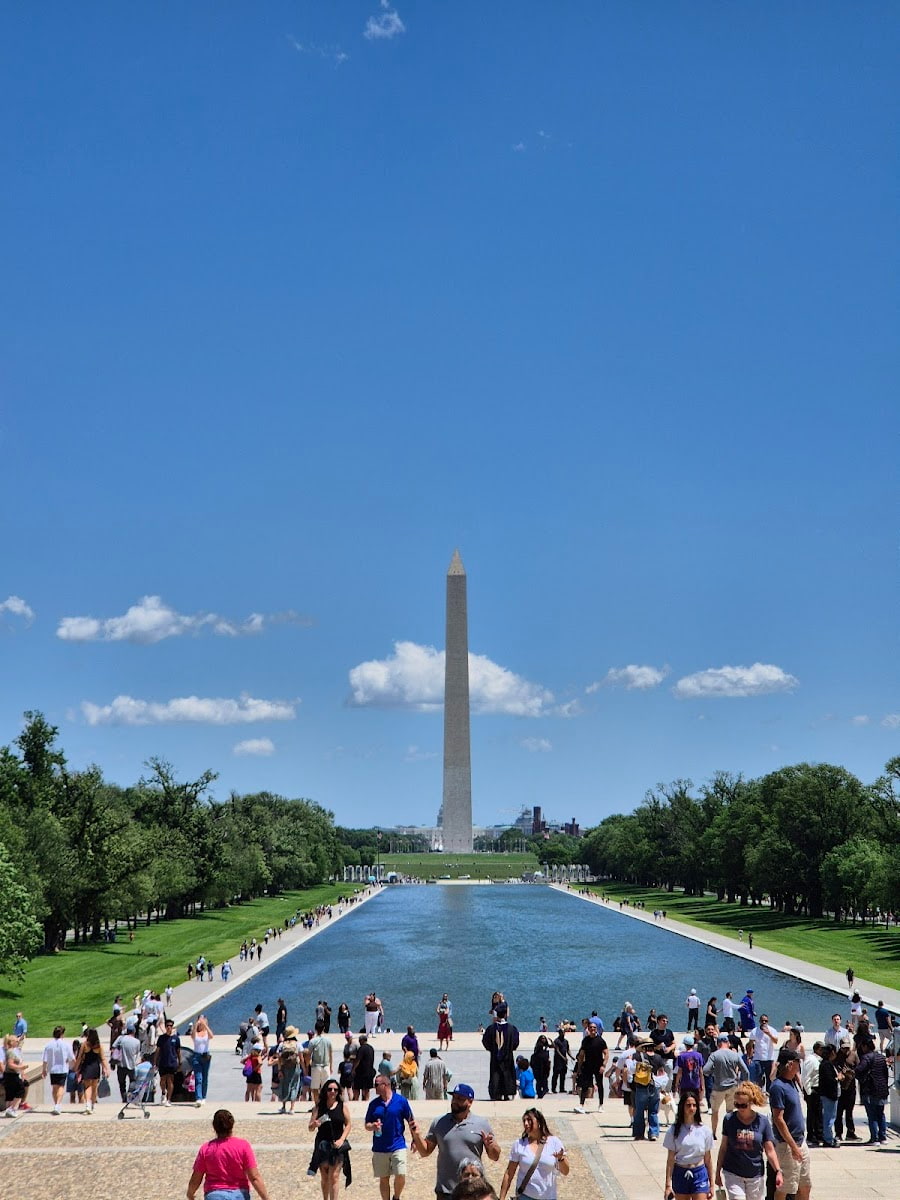
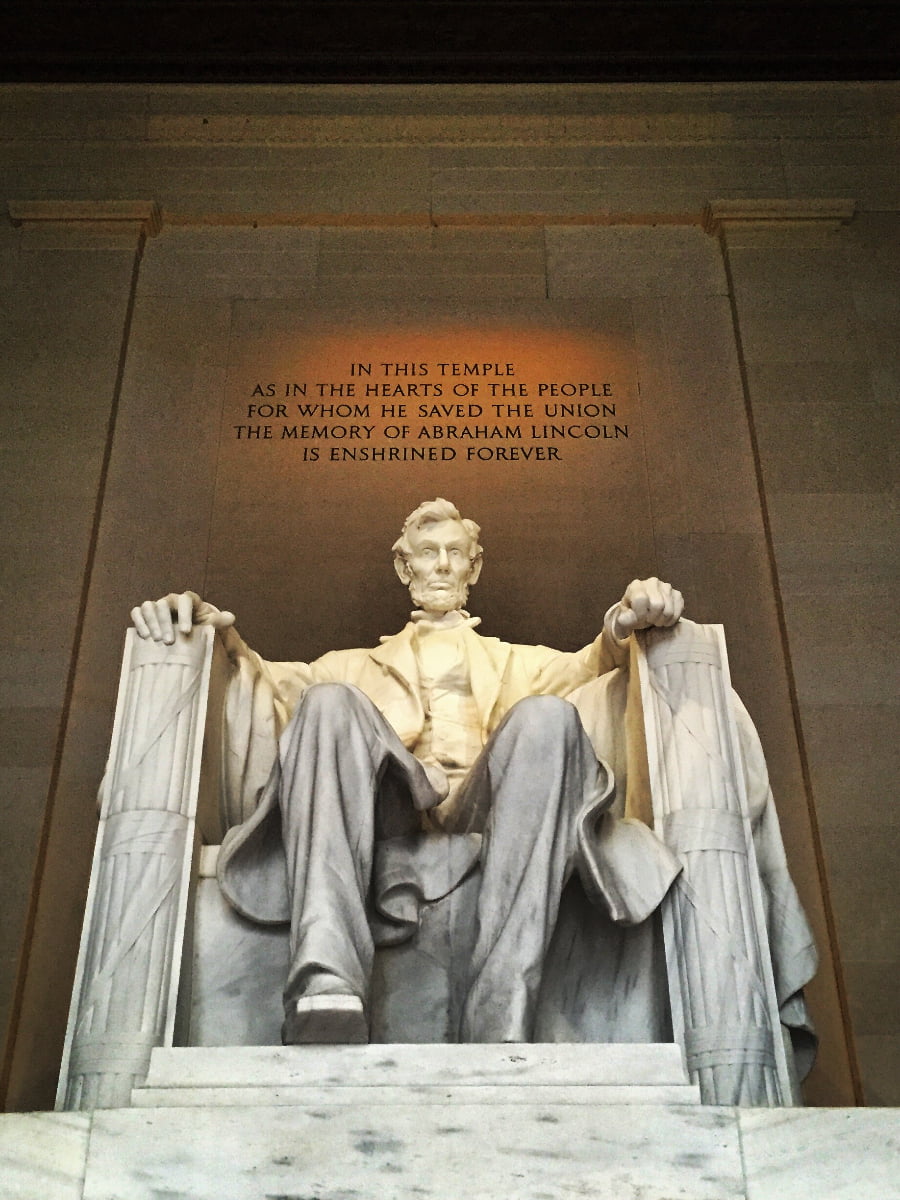

Insider tip. Visit early morning or late evening to avoid crowds and capture the best photos. The memorial is open 24/7 with no tickets required! I recommend approaching from the Reflecting Pool side for that classic DC view. The closest Metro stations are Foggy Bottom (15-20 minute walk) or Smithsonian (25 minute walk).
Historical significance. This isn’t just a pretty monument – it’s where history happened. Martin Luther King Jr. delivered his “I Have a Dream” speech here in 1963, and Marian Anderson gave her groundbreaking concert in 1939. When I visit, I always take a moment to read the inscriptions on the walls and reflect on their meaning in today’s world.
Coming soon. The 15,000-square-foot exhibition space will be built in the undercroft beneath the memorial, featuring immersive displays about its construction and civil rights history. The original builders’ graffiti will be preserved behind glass walls – a fascinating glimpse into the past!
- Best photo spots:
- Inside the chamber with Lincoln’s statue
- From the Reflecting Pool at sunset
| Amenity | Location | Notes |
|---|---|---|
| Restrooms | Southeast corner basement | Wheelchair accessible |
| Parking | Ohio Drive (free) | Limited spaces, be patient |
| Food | Lincoln’s Waffle Shop | $11 breakfast special |
⭐ Best Activities
- DC Monuments and Landmarks Night Tour with Glass Top Upgrade Option – Experience the magic of the capital after dark on this 3-hour evening tour, where you’ll visit nine iconic sites dramatically illuminated against the night sky, with expert commentary from your guide.
2. US Capitol Building (guided tour)
Architectural marvel. The US Capitol Building stands as the heart of American democracy, and I was blown away by its massive 289-foot dome topped with the bronze Statue of Freedom. Inside, the Rotunda features a stunning fresco called “The Apotheosis of Washington” painted 180 feet above the floor. The building houses both chambers of Congress and countless pieces of American art.
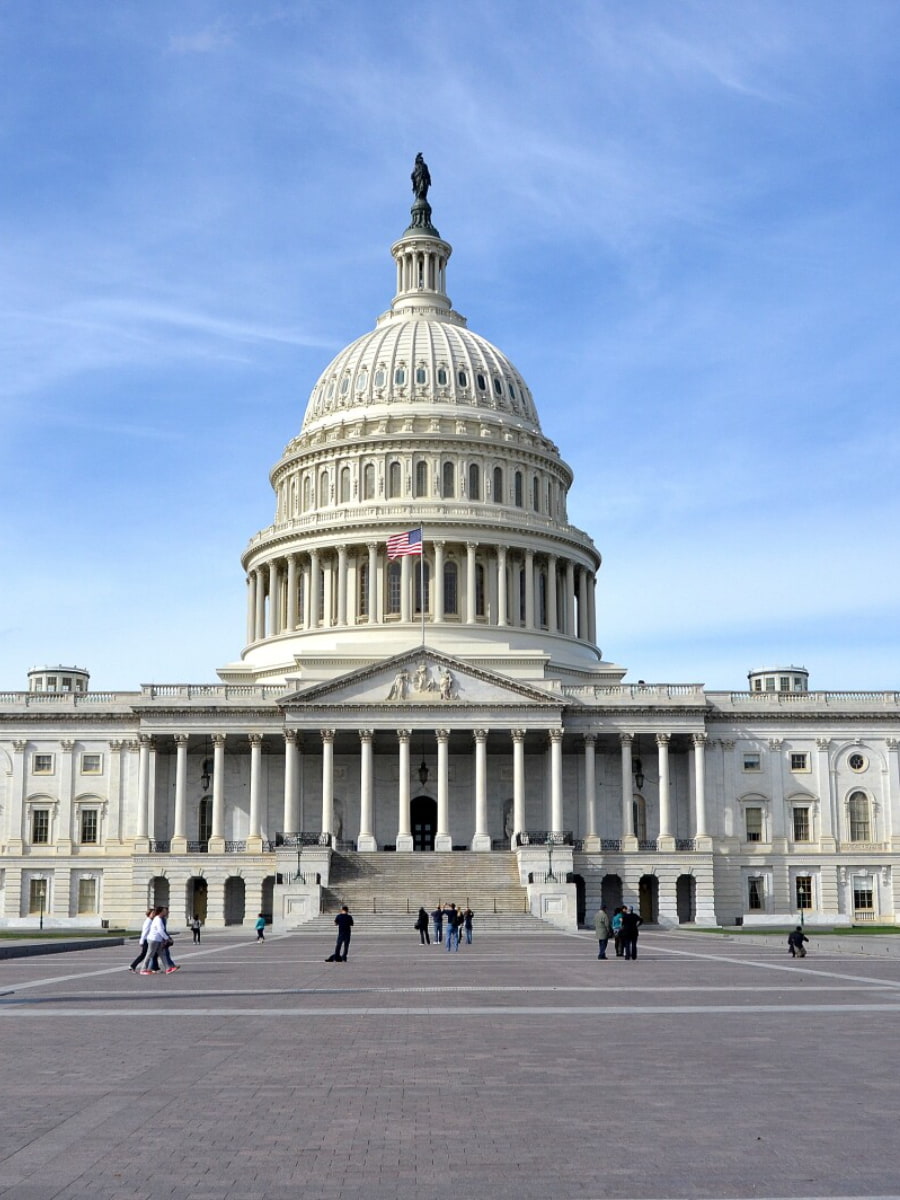

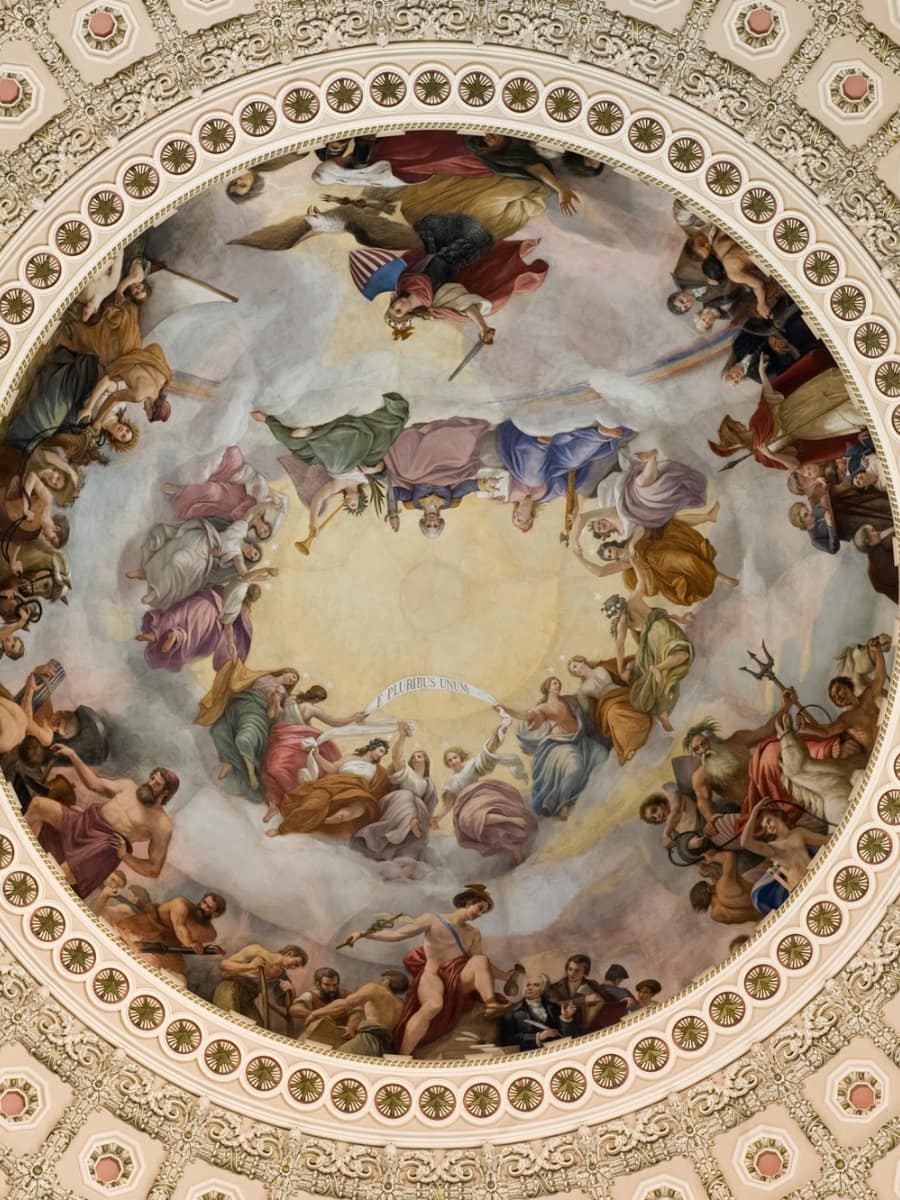
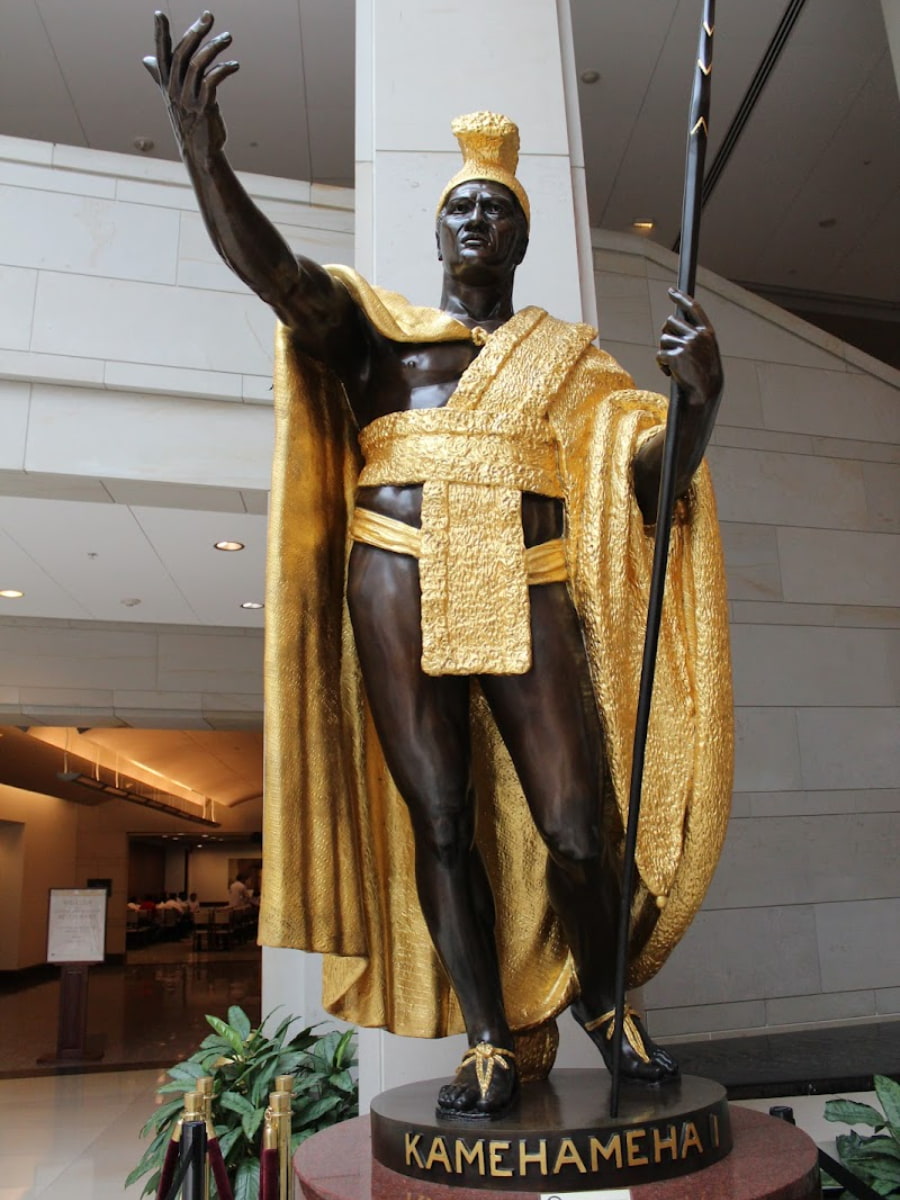
Booking tips. Free tours are available Monday through Saturday from 8:30 AM to 4:30 PM, but you need to reserve in advance! I recommend booking online at least 2-3 weeks before your visit. Each tour lasts about 45 minutes and includes the Crypt, Rotunda, and National Statuary Hall.
Security note. Security is tight here, so arrive 30 minutes before your scheduled time. I learned the hard way that they prohibit food, drinks, and large bags. The Capitol Visitor Center entrance is on the East Plaza, and the closest Metro stations are Capitol South and Union Station.
Visitor experience. After your tour, don’t miss the Exhibition Hall in the Visitor Center, which displays fascinating artifacts from American history. I spent nearly an hour exploring the interactive displays about the legislative process and admiring the 11-foot model of the Capitol dome.
- Prohibited items include:
- Liquids of any kind
- Food and beverages
- Aerosol containers
- Non-aerosol spray
- Any pointed object
- Guns, replica guns, ammunition, and fireworks
- Knives of any size
- Mace and pepper spray
| Tour Type | Duration | Cost | Booking |
|---|---|---|---|
| Standard Tour | 45 min | Free | Required |
| Gallery Passes | Varies | Free | Through representative |
| Special Tours | 1-2 hours | Free | Limited availability |
| Virtual Tour | Self-paced | Free | No booking needed |
⭐ Best Activities
- Best of DC Plus US Capitol and National Archives Reserved Entry – Experience the capital’s most significant historic landmarks with this VIP 8.5-hour tour.
3. White House (visitor center or tour)
Presidential experience. Walking through the White House was one of my most memorable DC experiences. The tour includes the East Wing with rooms like the Blue Room, Red Room, and State Dining Room. I was particularly impressed by the China Room, which displays pieces from presidential collections dating back to Washington.
Planning ahead. Tours are free but require advance planning! US citizens must request tickets through their Member of Congress 3-6 months in advance. International visitors should contact their embassy in Washington. The self-guided tours run Tuesday-Saturday mornings, but schedules can change due to official functions.
Photo opportunities. The best photo spots are from Lafayette Square on the north side or from the Ellipse on the south. I recommend visiting both for different perspectives. Just remember that tripods and selfie sticks aren’t allowed near the White House grounds!
| Access | Hours | Reservation | Security |
|---|---|---|---|
| Public Tour | 8:00 AM – 12:30 PM | 3-6 months ahead | Strict |
| Visitor Center | 7:30 AM – 4:00 PM | Not required | Basic |
| North Lawn View | 24/7 | Not required | Distant |
| South Lawn View | 7:00 AM – 7:00 PM | Not required | Distant |
⭐ Best Activities
- Washington DC in One Day: Guided Sightseeing Tour – Discover the capital’s historic landmarks and cultural treasures on this comprehensive 6-hour excursion.
4. Jefferson Memorial
Neoclassical beauty. The Jefferson Memorial sits majestically on the Tidal Basin’s south bank, and I find it especially beautiful at sunset when the white marble glows pink. Modeled after the Pantheon in Rome, this domed rotunda houses a 19-foot bronze statue of Thomas Jefferson surrounded by panels inscribed with excerpts from his writings.
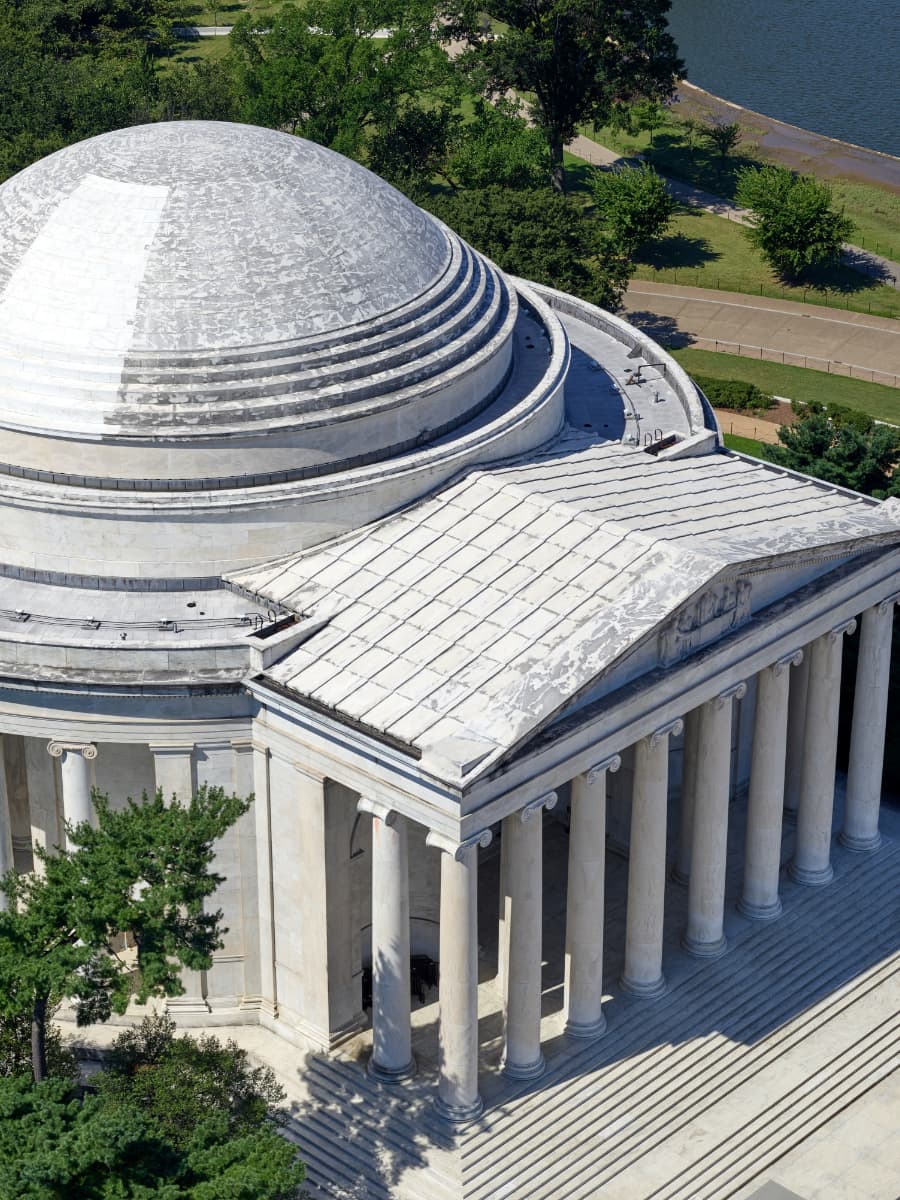
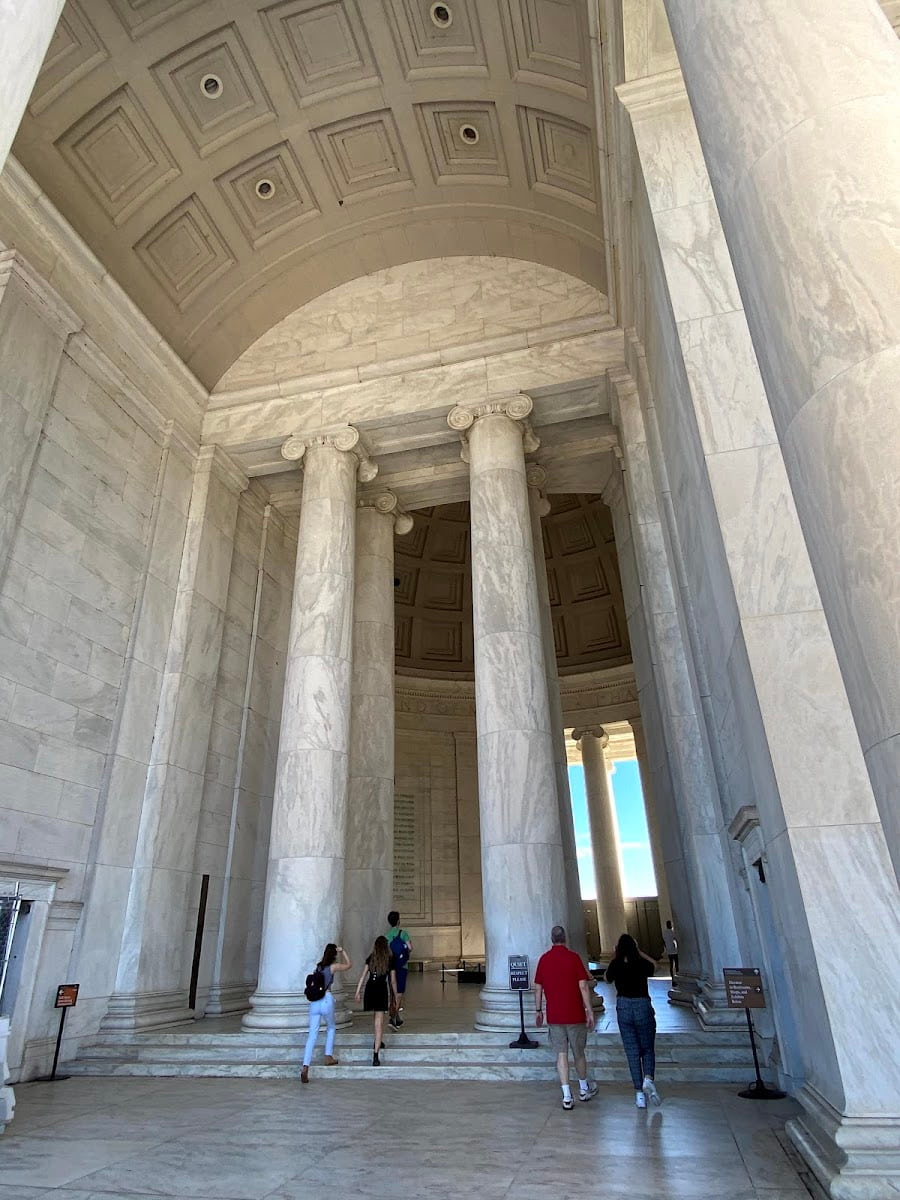
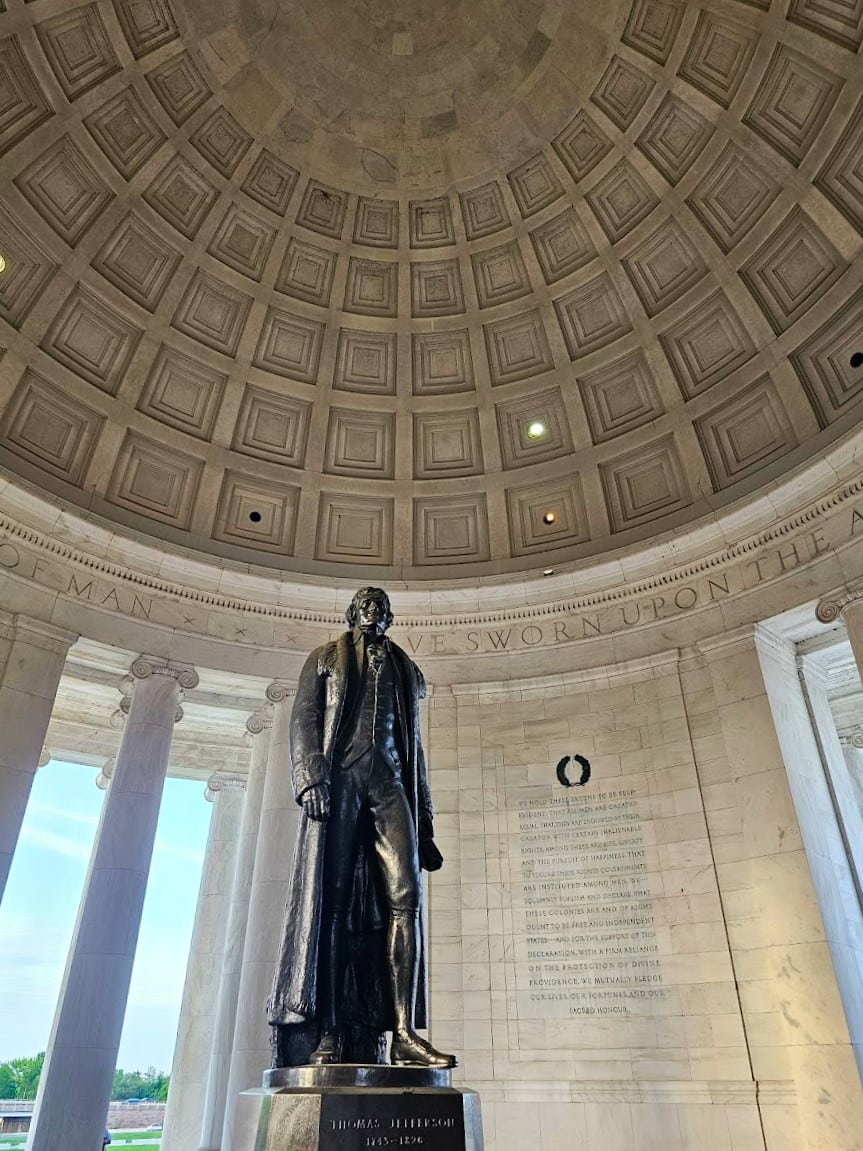
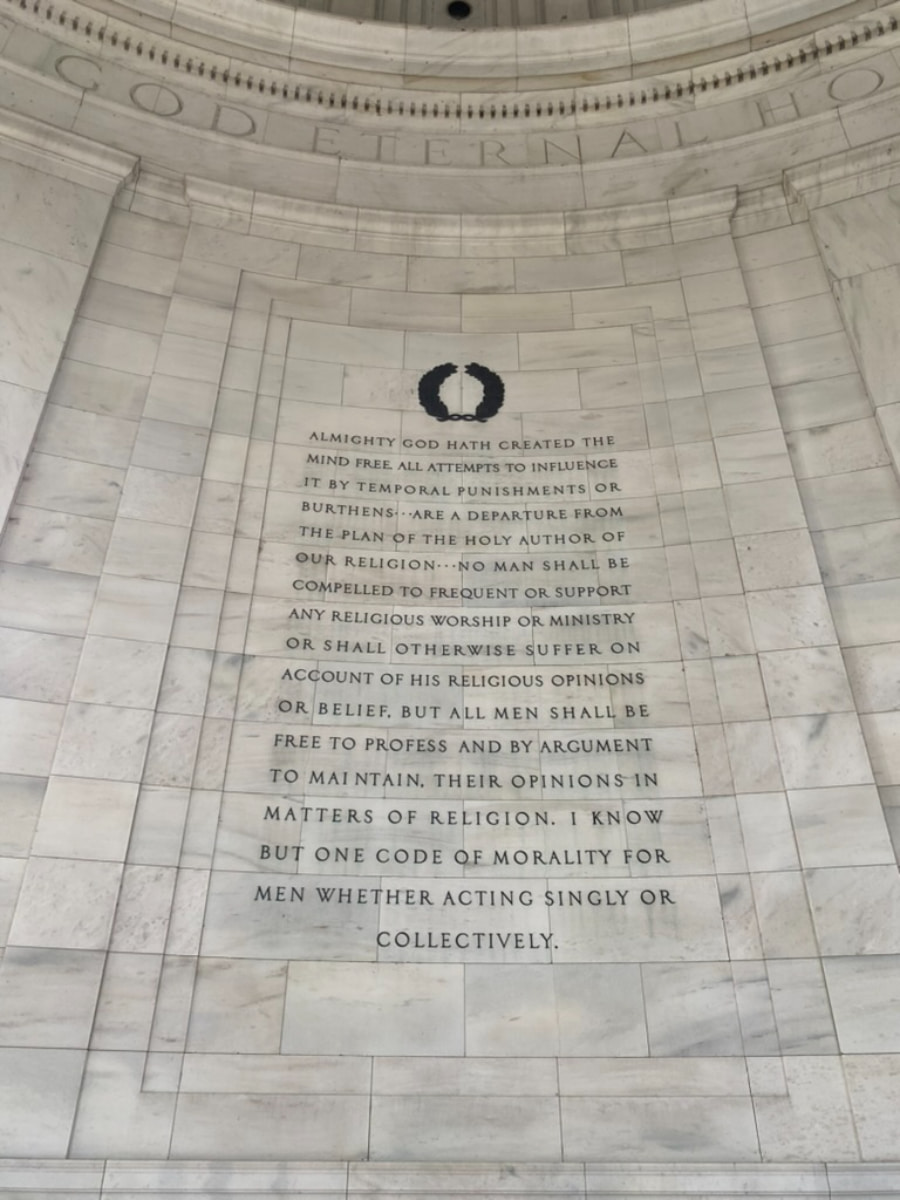
Cherry blossom magic. During the National Cherry Blossom Festival (late March to early April), this spot becomes magical. I once spent a peaceful morning here surrounded by pink blossoms reflected in the water. The memorial is less crowded than other spots on the Mall, especially early morning or evening.
Visitor information. Open 24 hours daily with Park Rangers available from 9:30 AM to 10:00 PM. No tickets required! The closest Metro station is Smithsonian, followed by a 15-minute walk. I recommend combining this visit with the FDR and MLK memorials, which are also around the Tidal Basin.
Historical context. Completed in 1943, the memorial honors the principal author of the Declaration of Independence and our third president. I was moved reading Jefferson’s words about liberty and freedom while standing in this impressive space. The memorial also hosts special events throughout the year.
Best times to visit:
- Early morning (7-9 AM) for solitude
- Sunset for dramatic lighting
- Cherry blossom season for iconic photos
- Summer evenings for cooler temperatures
| Season | Special Features | Crowd Level | Photography Tips |
|---|---|---|---|
| Spring | Cherry blossoms | Very high | Early morning only |
| Summer | Evening light | Moderate | Golden hour (7-8 PM) |
| Fall | Autumn colors | Low | Midday with polarizer |
| Winter | Snow (occasional) | Very low | After fresh snowfall |
⭐ Best Activities
- Washington DC Tour in Luxury Vintage T-Model Replica – Travel in style aboard a vintage-inspired vehicle as you explore the capital’s most significant historic landmarks and learn fascinating stories about the city’s development.
5. National Museum of African American History and Culture
Cultural landmark. The newest Smithsonian museum opened in 2016 and quickly became one of DC’s most important destinations. I was struck by the distinctive bronze-colored exterior with its three-tiered corona design inspired by Yoruban art from West Africa. Inside, the museum tells the complete story of African American history.
Timed entry. While admission is free, timed-entry passes are required most days. I recommend booking online 30 days in advance or trying for same-day passes released at 8:15 AM. The museum is open daily from 10:00 AM to 5:30 PM, and I spent nearly 5 hours here and still didn’t see everything!
Exhibition highlights. The museum is organized chronologically from the lowest level (slavery and freedom) upward to culture and community. The Emmett Till memorial and the 4th-floor culture galleries were particularly moving for me. Don’t miss the Musical Crossroads exhibit featuring Chuck Berry’s red Cadillac!
Sweet Home Café. The museum’s restaurant deserves special mention for its regional African American cuisine. I enjoyed the buttermilk fried chicken from the Agricultural South station. The café serves dishes from $8-18 and offers a unique culinary experience that complements the museum’s themes.
Must-see exhibits:
- Slavery and Freedom (C3 level)
- Defending Freedom, Defining Freedom (C2 level)
- A Changing America (C1 level)
- Cultural Expressions (1st floor)
- Musical Crossroads (4th floor)
| Ticket Type | Availability | Cost | How to Get |
|---|---|---|---|
| Advance Timed Entry | 30 days ahead | Free | Online only |
| Same-Day Passes | 8:15 AM daily | Free | Online only |
| Walk-Up Weekday | Wed-Fri after 1 PM | Free | No pass needed |
| Member Guest Passes | Anytime | Free | With membership |
⭐ Best Activities
- African American History Tour in Washington DC – Delve into the rich tapestry of the Civil Rights Movement and African American contributions to US history on this enlightening tour of significant sites throughout the capital.
6. Kennedy Center (paid performances)
Cultural hub. The Kennedy Center stands as America’s living memorial to President Kennedy and the nation’s cultural centerpiece. I was impressed by the Grand Foyer with its 63-foot ceilings, red carpeting, and stunning Houdon busts of founding fathers. The building houses multiple performance spaces including the Concert Hall, Opera House, and Eisenhower Theater.
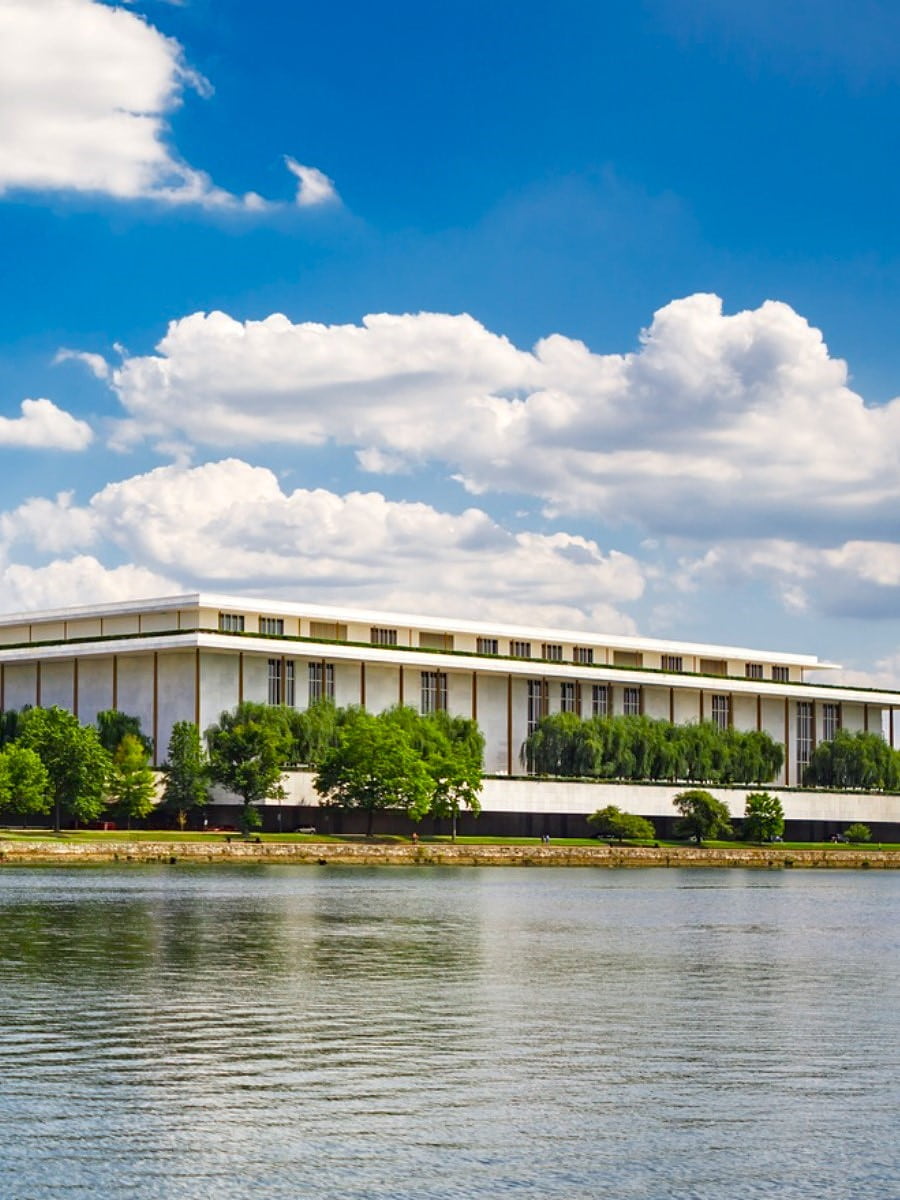
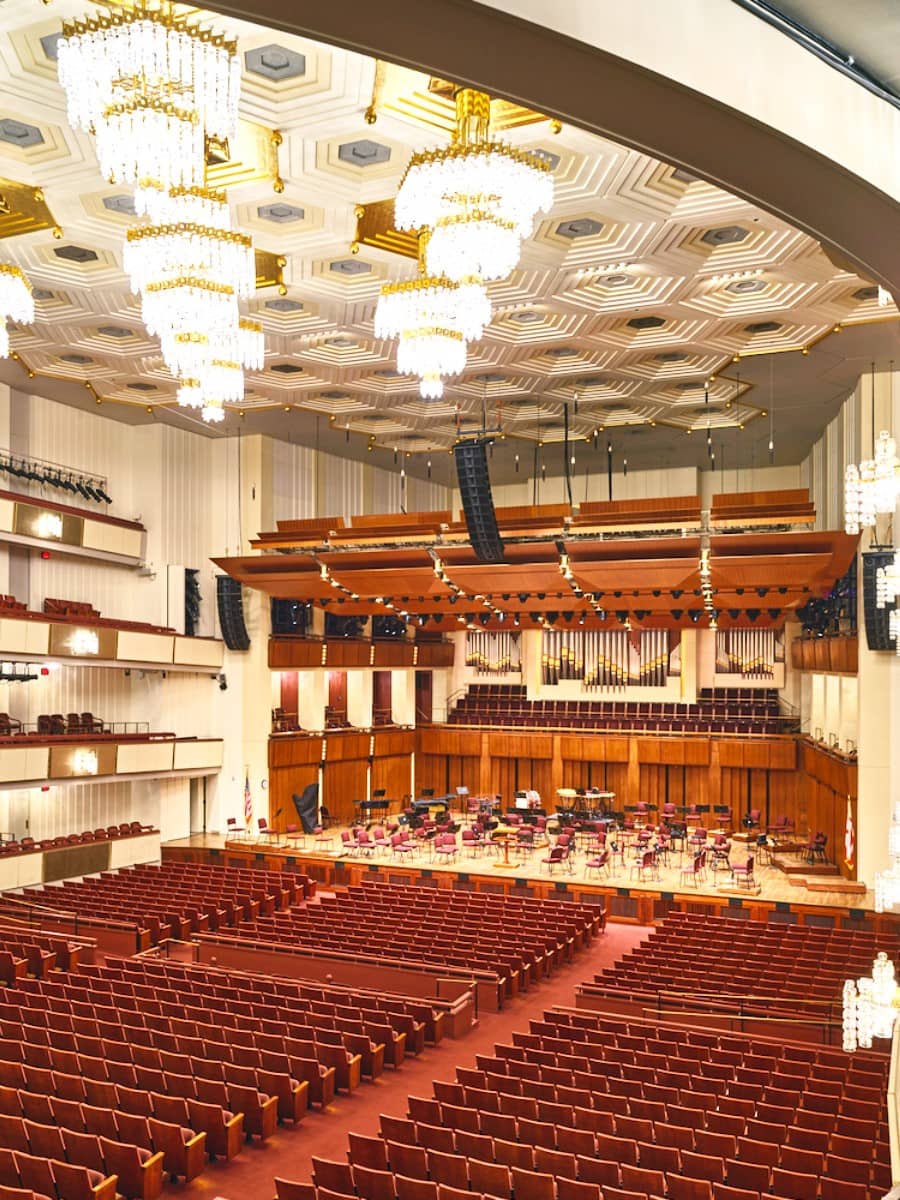
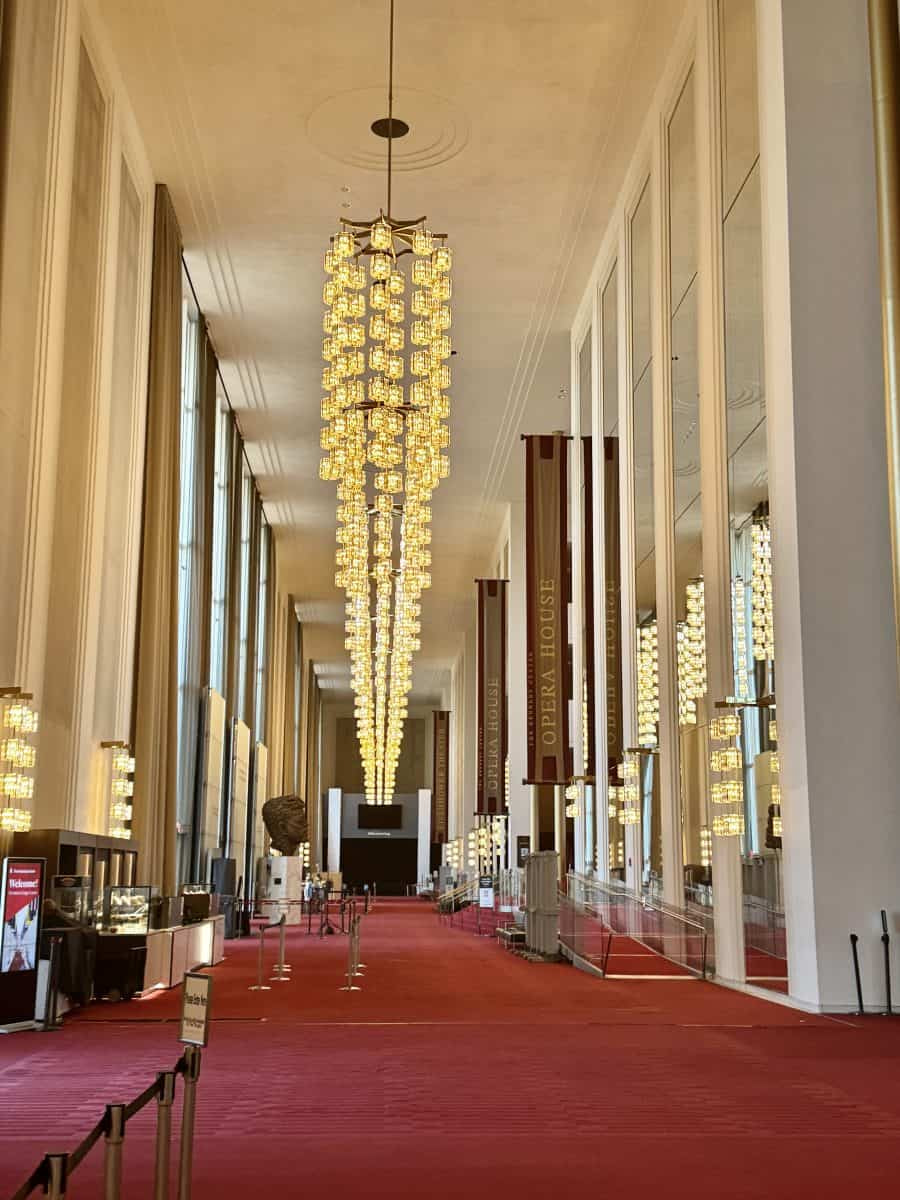
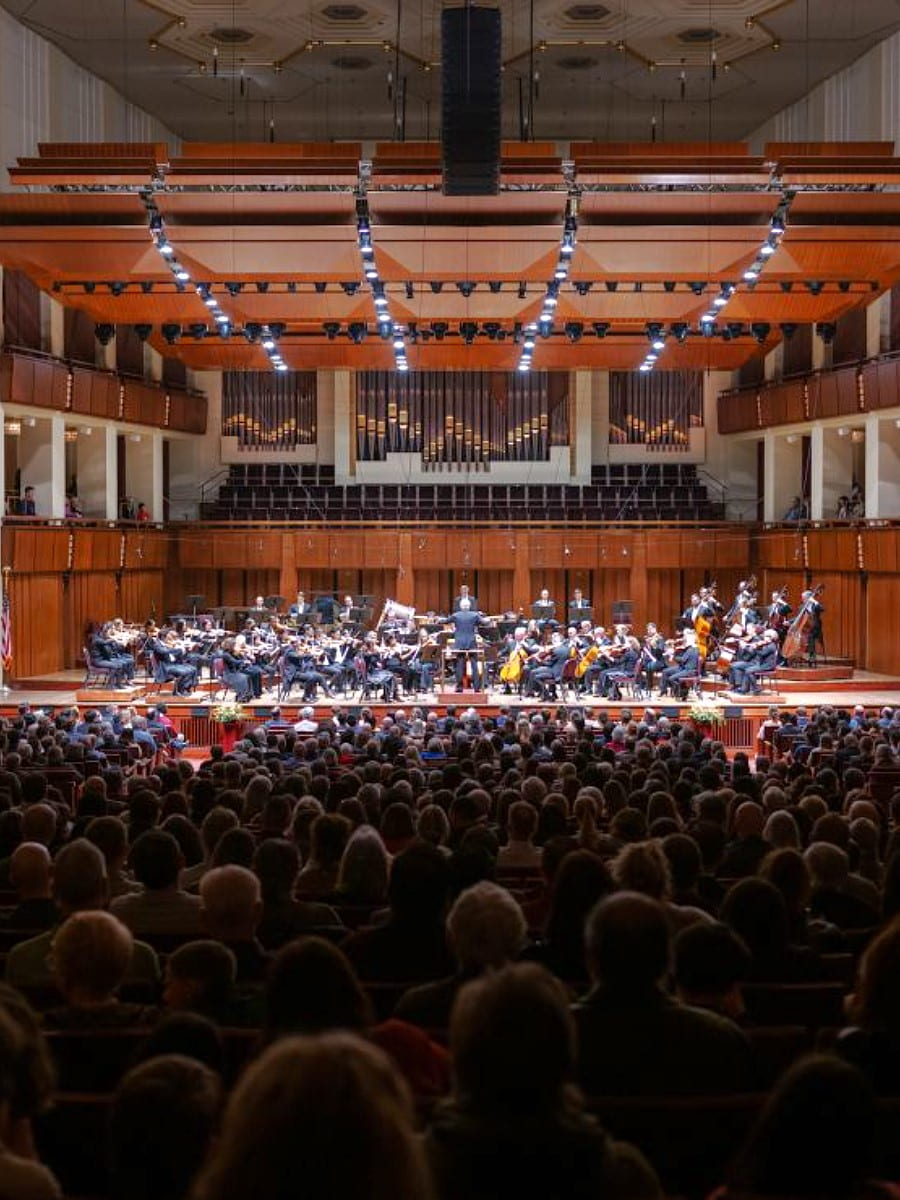
Performance variety. I’ve seen everything from the National Symphony Orchestra to Broadway shows here. Ticket prices vary widely from $29 for some performances to $300+ for premium seats at popular shows. The Kennedy Center hosts approximately 3,000 performances annually, so there’s always something happening!
Tour information. Free guided tours run Monday through Friday (10:00 AM to 5:00 PM) and weekends (10:00 AM to 1:00 PM). I learned fascinating details about the gifts from other countries displayed throughout the building. The closest Metro station is Foggy Bottom, followed by a 5-minute walk or free shuttle ride.
Current season highlights:
- National Symphony Orchestra (year-round)
- Washington National Opera (seasonal)
- Ballet performances (seasonal)
- Broadway touring productions
- Jazz concerts
- Chamber music series
- International festivals
| Venue | Capacity | Best For | Price Range |
|---|---|---|---|
| Concert Hall | 2,465 | Symphony, choral | $29-150 |
| Opera House | 2,364 | Opera, ballet, musicals | $45-300 |
| Eisenhower Theater | 1,163 | Plays, smaller productions | $39-129 |
| Terrace Theater | 513 | Chamber music, recitals | $25-89 |
| Millennium Stage | Varies | Daily free performances | Free |
⭐ Best Activities
- Scandalous Washington DC Sites Tour – Uncover the city’s hidden history and political intrigue on this unique tour that ventures off the beaten path to reveal the scandals that have shaped the nation’s capital throughout its history.
7. Washington National Cathedral
Gothic grandeur. This magnificent Episcopal cathedral took 83 years to complete (1907-1990) and stands as the sixth-largest cathedral in the world. I was awestruck by its soaring 30-story height, flying buttresses, and 215 stained glass windows including the famous “Space Window” containing an actual piece of lunar rock from Apollo 11.
Tower climb. For $15, you can climb 333 steps to the top of the central tower for panoramic views of DC. I found this experience well worth the effort! The climb includes access to the cathedral’s ringing chamber and a close-up look at the massive bells. Tours run Wednesday-Saturday, weather permitting.
Gargoyle hunt. One of my favorite activities here is spotting the 112 gargoyles and grotesques adorning the exterior. Look carefully and you’ll find Darth Vader, a hippopotamus, and even a businessman with a briefcase! The cathedral offers gargoyle tours seasonally that point out these whimsical carvings.
Visitor information. The cathedral is open Monday-Friday (10:00 AM to 5:00 PM) and weekends (10:00 AM to 4:00 PM). Suggested donation is $15 for adults. I recommend attending one of the daily guided tours or the Sunday services with magnificent choir music. The closest Metro is Tenleytown-AU, followed by a 20-minute walk or bus ride.
Cathedral highlights to look for:
- Space Window with lunar rock
- Presidents Woodrow Wilson’s tomb
- Children’s Chapel with child-sized furnishings
- Great Organ (10,650 pipes)
- Darth Vader gargoyle (north tower)
- Bishop’s Garden
- War Memorial Chapel
| Tour Type | Duration | Cost | Availability |
|---|---|---|---|
| General Admission | Self-paced | $15 suggested | Daily |
| Highlights Tour | 30-45 min | Included | Multiple daily |
| Tower Climb | 60 min | $25 adult | Wed-Sat |
| Garden Tour | 30-45 min | Included | Seasonal |
| Behind-the-Scenes | 90 min | $40 | Limited dates |
⭐ Best Activities
- Washington DC Comprehensive Bus Tour – See the best things the capital has to offer on this convenient bus tour that takes you around the city to visit historic places, cultural institutions, and architectural wonders.
8. Georgetown (shopping, dining, C&O Canal boat ride)
Historic charm. Georgetown predates Washington DC itself, established in 1751 as a port town. I love wandering the cobblestone streets lined with Federal-style townhouses and colorful shops. M Street and Wisconsin Avenue form the main commercial corridors, packed with everything from high-end boutiques to quirky local shops.
Foodie paradise. The dining scene here is incredible! I’ve enjoyed waterfront seafood at Sequoia, cupcakes at Georgetown Cupcake (worth the line!), and classic tavern fare at Martin’s Tavern where JFK proposed to Jackie. Prices range from budget-friendly eateries like Falafel Inc. ($4-8) to upscale spots like Fiola Mare ($30-60 entrees).
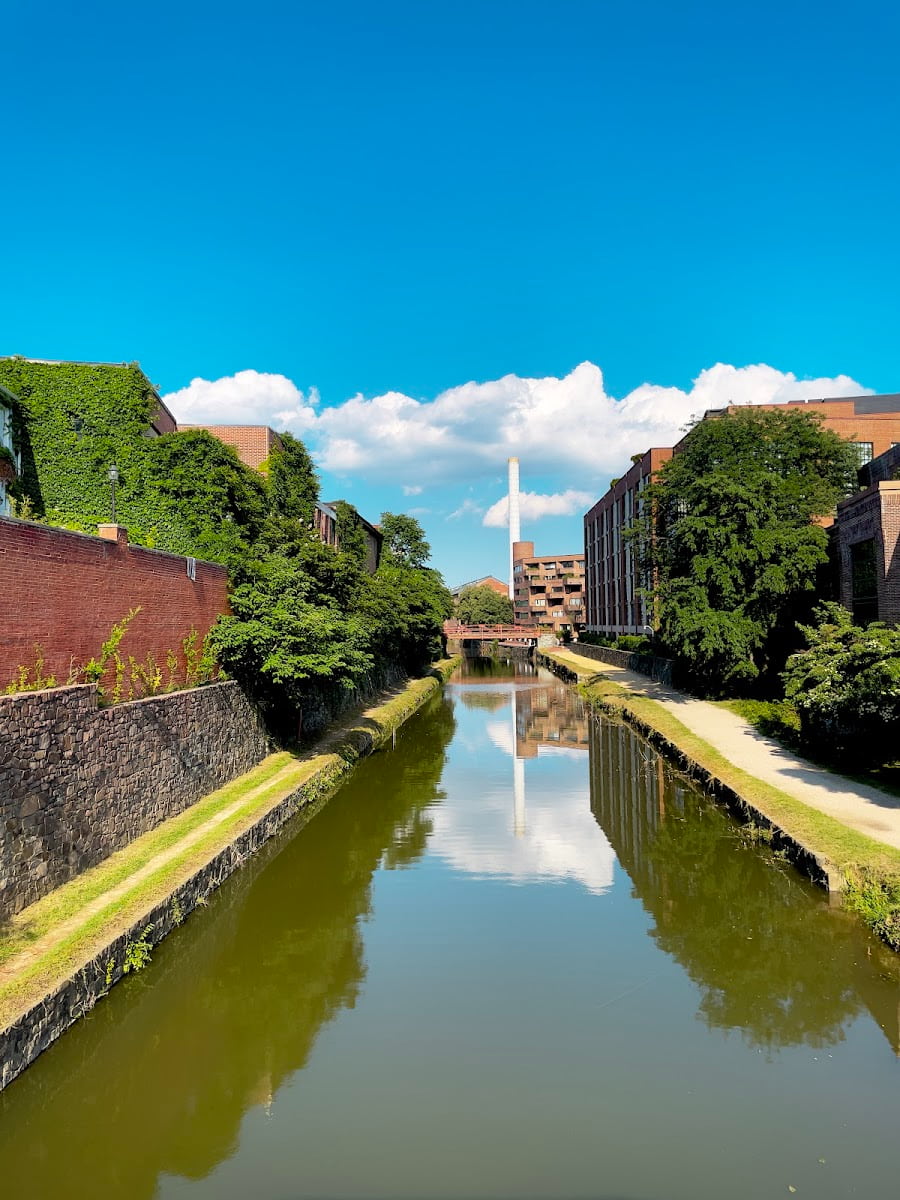
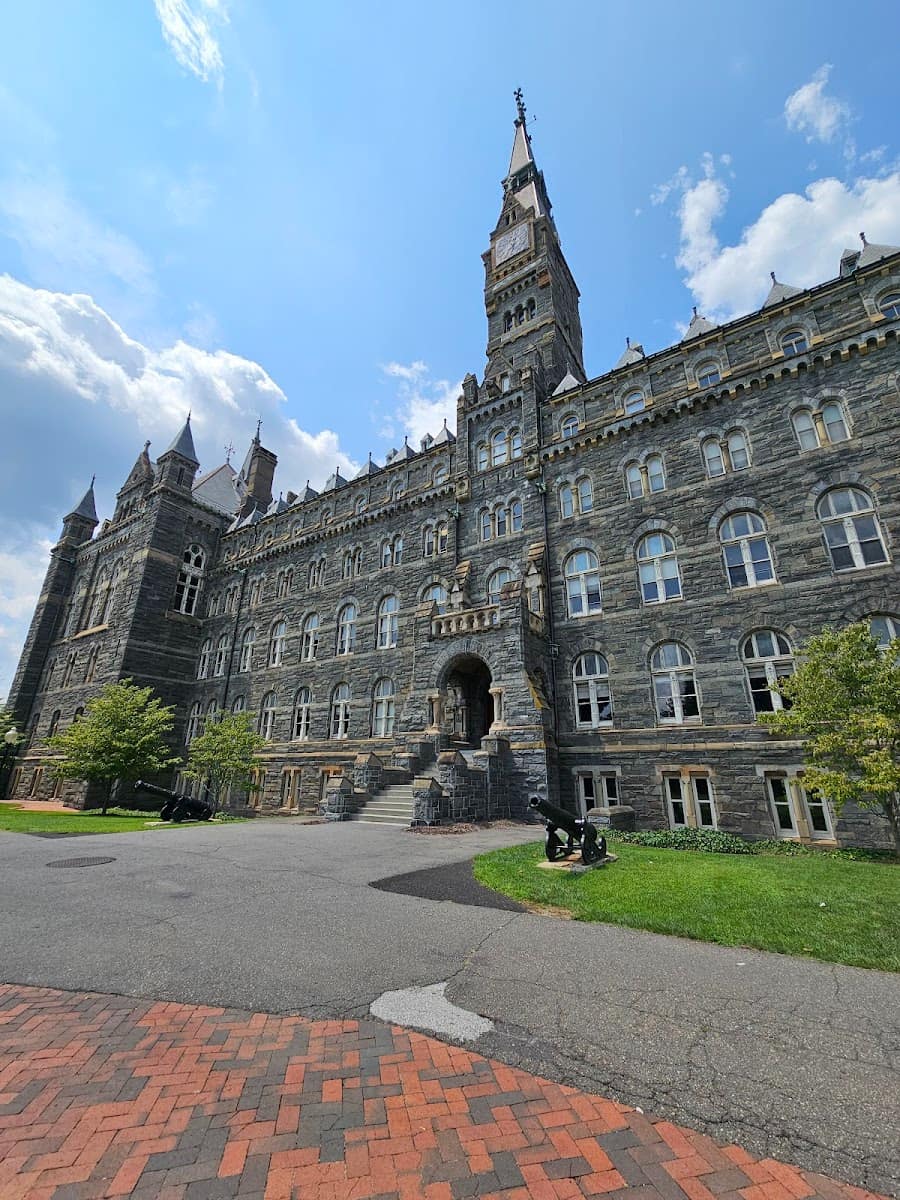


Canal experience. The historic C&O Canal runs through Georgetown, and from April to October, you can take a mule-drawn boat ride ($15 adults, $8 children). I found this to be a relaxing way to learn about the canal’s history from guides in period costume. The one-hour tour provides a unique perspective on Georgetown’s industrial past.
Shopping highlights. Georgetown offers everything from major brands to unique boutiques. I discovered beautiful handmade jewelry at Lily Pulitzer and vintage treasures at Buffalo Exchange. The Georgetown Park mall houses major retailers, while Book Hill area (upper Wisconsin Avenue) features antique shops and art galleries.
Top Georgetown experiences:
- Waterfront Park sunset views
- Georgetown Cupcake famous treats
- Old Stone House (oldest standing building in DC)
- Blues Alley jazz performances
- Dumbarton Oaks gardens
- The Exorcist stairs from the famous film
- Chesapeake & Ohio Canal towpath walk
| Dining Category | Recommended Spots | Price Range | Reservation Needed |
|---|---|---|---|
| Fine Dining | Fiola Mare, 1789 Restaurant | $40-60+ | Yes, weeks ahead |
| Casual Dining | Farmers Fishers Bakers, Clyde’s | $15-30 | Weekends yes |
| Quick Bites | Falafel Inc., Sweetgreen | $5-15 | No |
| Sweet Treats | Georgetown Cupcake, Baked & Wired | $4-8 | No, but expect lines |
| Historic Spots | Martin’s Tavern, The Tombs | $15-25 | Weekends recommended |
9. Union Market (food hall)
Culinary destination. Union Market has transformed from a wholesale food market into DC’s hippest food hall. I was impressed by the bright, airy space housing over 40 local vendors. The market combines permanent shops with pop-up stalls, creating a dynamic environment that changes with each visit.
Food diversity. My taste buds went wild exploring options ranging from Korean tacos at TaKorean to fresh oysters at Rappahannock Oyster Bar. Most dishes range from $8-20, making it possible to sample multiple vendors. I recommend the arepa at Arepa Zone and the gelato at Dolcezza for dessert!
Beyond food. Union Market offers more than just eating. I browsed unique kitchenware at Salt & Sundry, picked up a novel at Politics & Prose bookstore, and even caught an independent film at the Angelika Pop-Up theater upstairs. The market also hosts cooking classes and special events throughout the year.
Practical tips. The market is open daily from 8:00 AM to 8:00 PM (some vendors have different hours). I found weekdays much less crowded than weekends. Free parking is available for 2 hours with validation, and the NoMa-Gallaudet Metro station is just a 10-minute walk away. Come hungry and with an open mind!
My favorite Union Market vendors:
- Rappahannock Oyster Bar (fresh seafood)
- TaKorean (Korean-inspired tacos)
- DC Empanadas (hand-crafted empanadas)
- Puddin’ (Southern comfort food)
- Buffalo & Bergen (classic soda fountain)
- Arepa Zone (Venezuelan arepas)
- Dolcezza (artisanal gelato)
- The District Fishwife (sustainable seafood)
| Best Times to Visit | Crowd Level | Special Features |
|---|---|---|
| Weekday breakfast (8-10 AM) | Very low | Fresh pastries, coffee |
| Weekday lunch (11:30-1:30) | Moderate | Full vendor selection |
| Weeknight dinner (5-7 PM) | Moderate | Happy hour specials |
| Weekend brunch (10 AM-2 PM) | Very high | Special brunch menus |
| Sunday evening | Low | Good for relaxed dining |
10. United States Holocaust Memorial Museum
Powerful experience. This museum provides a comprehensive and moving account of the Holocaust. I found the permanent exhibition particularly impactful, beginning with Nazi rise to power and following the chronology through liberation and aftermath. The architecture itself conveys the gravity of the subject, with stark concrete and glass creating an intentionally unsettling space.
Visitor information. Admission is free, but timed-entry tickets are required for the permanent exhibition from March to August. I recommend reserving online in advance or arriving early (10:00 AM) for same-day tickets. The museum is open daily from 10:00 AM to 5:30 PM, and I spent about 3 hours here.
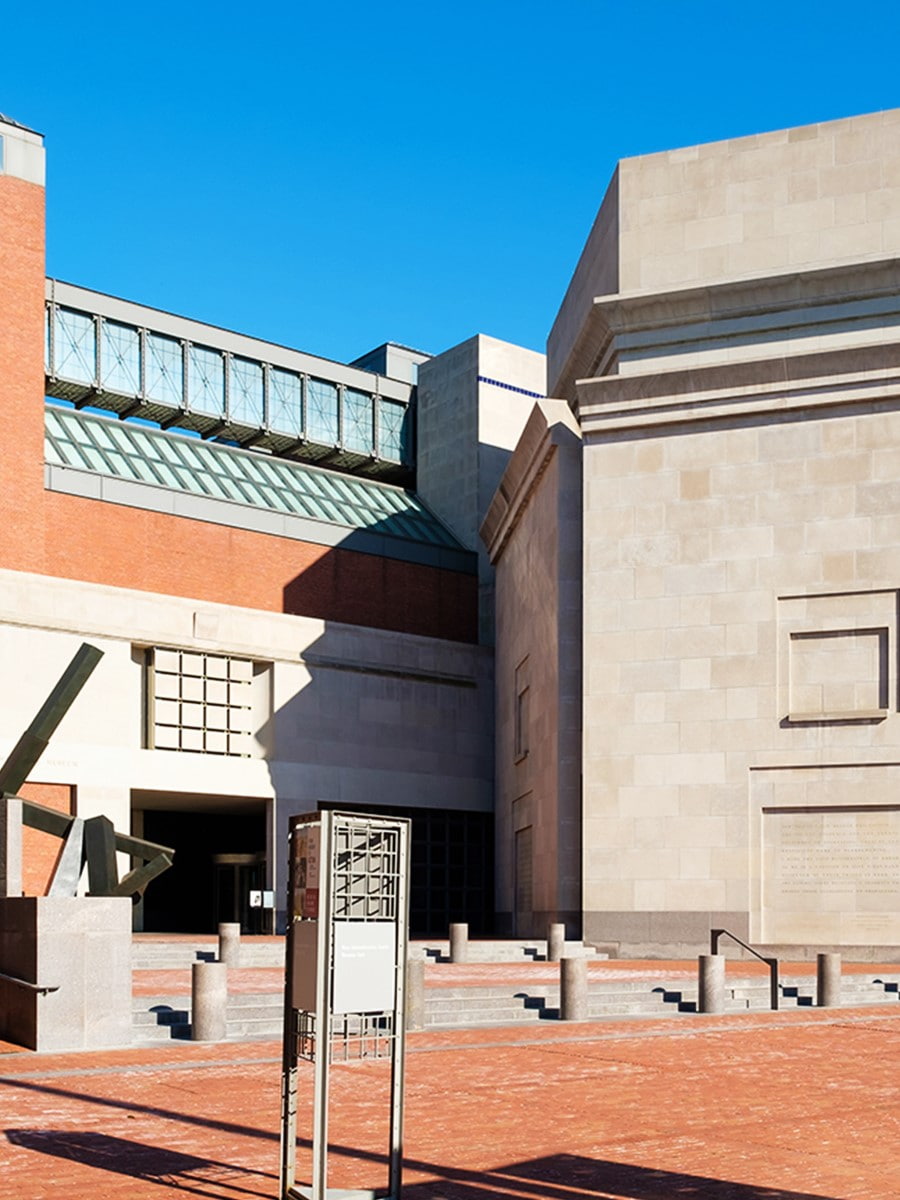

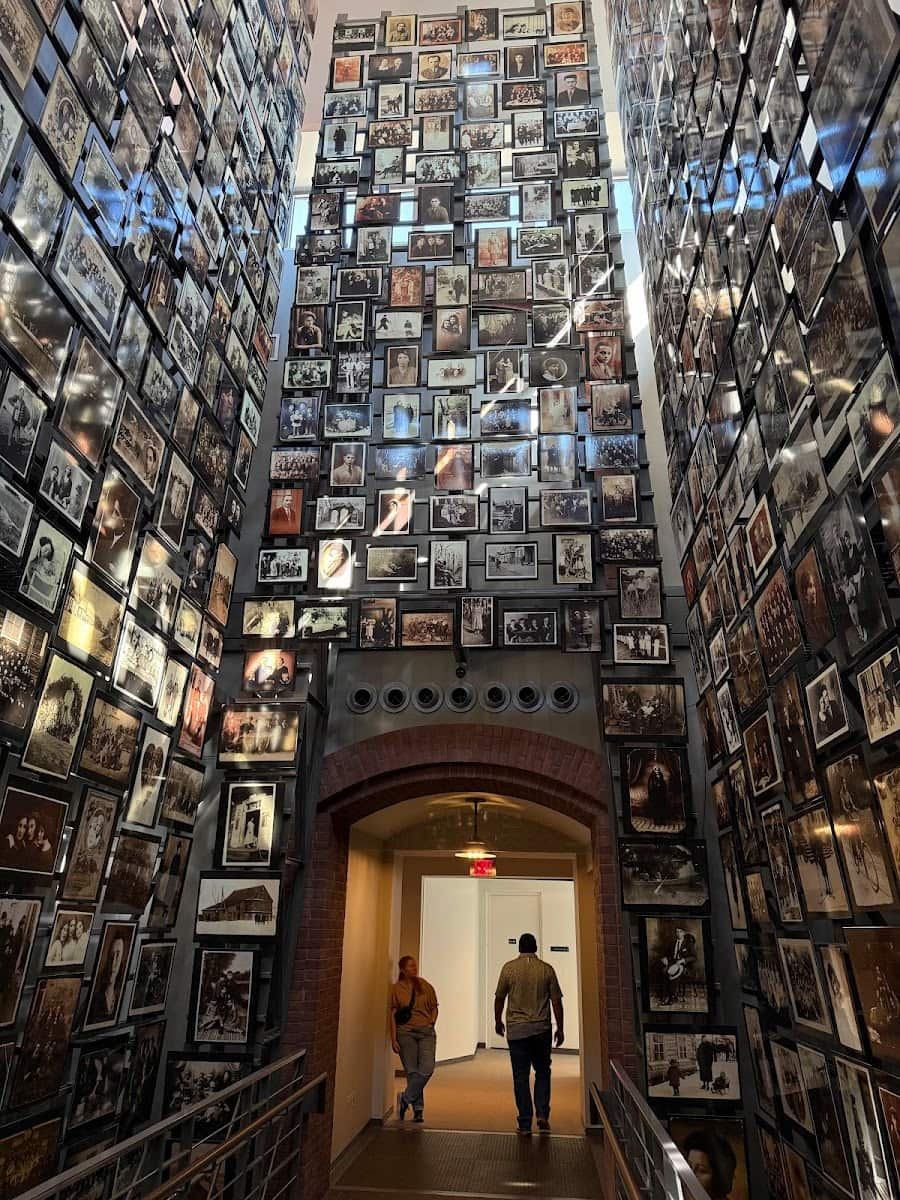
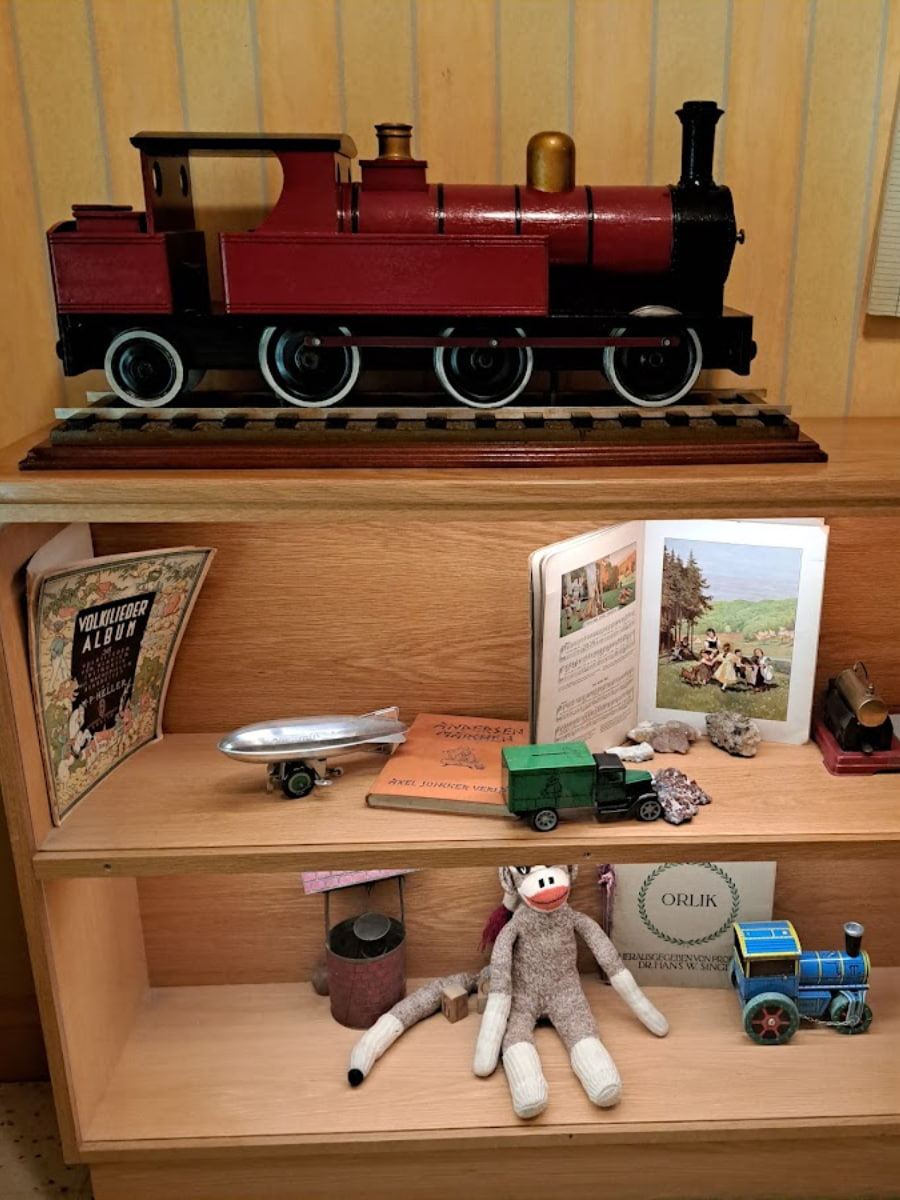
Emotional preparation. This isn’t an easy visit emotionally. I found myself needing breaks in the Hall of Remembrance to process what I was seeing. The museum recommends the permanent exhibition for visitors 11 and older, while “Remember the Children: Daniel’s Story” is designed for younger visitors. Photography is prohibited in most exhibitions.
Special exhibitions. Beyond the main exhibition, I was moved by the “Americans and the Holocaust” special exhibition exploring how Americans responded to Nazism. The museum also houses extensive archives and frequently hosts special programs and commemorative events throughout the year.
What to see at the Holocaust Museum:
- Hall of Witness (main hall)
- Tower of Faces (photographs from a Lithuanian Jewish community)
- Permanent Exhibition (three floors chronologically arranged)
- Hall of Remembrance (memorial space)
- “Americans and the Holocaust” exhibition
- “Remember the Children: Daniel’s Story” (for younger visitors)
- “Some Were Neighbors” exhibition
| Visit Type | Ticket Requirement | Best Time | Duration |
|---|---|---|---|
| Permanent Exhibition | Timed entry (Mar-Aug) | Weekday morning | 2-3 hours |
| Special Exhibitions | No timed tickets | Anytime | 30-60 min each |
| Daniel’s Story | No timed tickets | Anytime | 30 min |
| Hall of Remembrance | No tickets | Anytime | As needed |
⭐ Best Activities
- Big Bus Washington DC Hop-On Hop-Off Tour – Explore the capital at your own pace with this flexible hop-on hop-off bus service that stops at all the major attractions, allowing you to visit the Smithsonian museums, Capitol Hill, and other significant sites.
11. International Spy Museum
Espionage adventure. The Spy Museum offers a thrilling dive into the shadowy world of intelligence operations. I was immediately engaged by the interactive experience that begins with assuming a cover identity! The sleek, modern building near L’Enfant Plaza houses the world’s largest collection of international espionage artifacts.
Interactive exhibits. What makes this museum special is how hands-on it is. I crawled through ductwork, tried to spot surveillance cameras, and tested my memory in various spy skill challenges. The “Exfiltration Station” where you can test your spy skills in various scenarios was particularly fun!
Famous spy gear. The museum displays real tools of the trade, from lipstick pistols to an Aston Martin DB5 from the James Bond film “Goldfinger.” I was fascinated by the KGB poison umbrella and the CIA’s robotic catfish called “Charlie.” The exhibits cover everything from ancient espionage to modern cyber warfare.
Details. Unlike most DC museums, this one isn’t free. Tickets cost $26.95 for adults, $16.95 for children (7-12), with discounts for seniors and military. I recommend purchasing online in advance. The museum is open daily from 9:00 AM to 7:00 PM (8:00 PM in summer), and I spent about 3 hours exploring.
Top spy skills you can test:
- Maintaining a cover identity
- Spotting surveillance
- Breaking codes
- Identifying disguised agents
- Memory challenges
- Navigating escape scenarios
| Ticket Type | Price | Benefits | Purchase Method |
|---|---|---|---|
| General Admission | $26.95 adult | Standard access | Online or in-person |
| Child (7-12) | $16.95 | Standard access | Online or in-person |
| Senior/Military | $23.95 | Standard access | Online with ID |
| Annual Membership | $86+ | Unlimited visits, discounts | Online or in-person |
| Premium Experience | $59.95 | Special access, souvenirs | Online only |
⭐ Best Activities
- Best of DC: Day and Night Bus Tours Combo – Experience Washington’s dual personalities with this comprehensive package that includes both daytime sightseeing and an evening tour when the city’s historic places are beautifully illuminated.
12. Martin Luther King, Jr. Memorial
Inspiring monument. The MLK Memorial features a 30-foot statue of Dr. King emerging from a “Stone of Hope” that appears cut from the “Mountain of Despair” behind it. I was moved by the symbolism drawn from King’s famous “I Have a Dream” speech. The white granite glows beautifully at sunset.
Meaningful quotes. Walking along the inscription wall, I found myself stopping to reflect on 14 powerful quotes from Dr. King’s speeches and writings. These aren’t focused on racial justice alone but touch on themes of peace, democracy, and justice that remain relevant today. The quotes are arranged chronologically from 1955 to 1968.
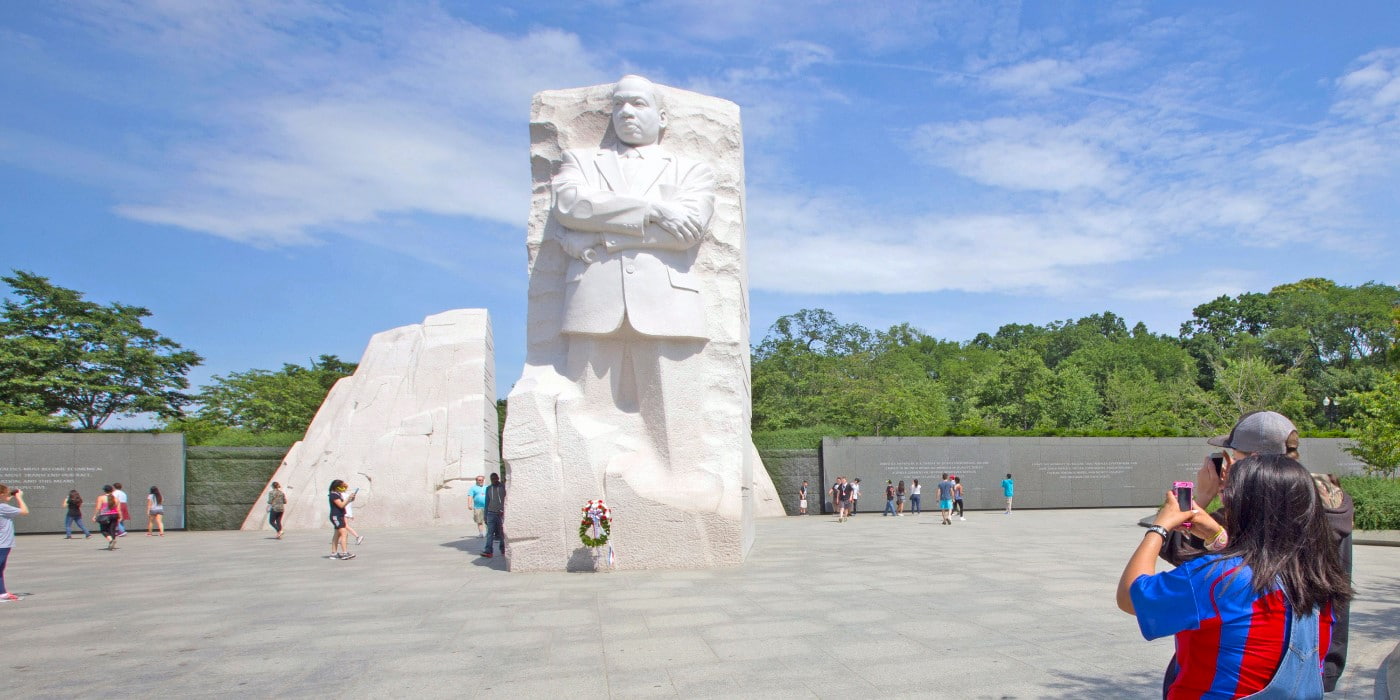
Visitor information. The memorial is open 24/7 with rangers available from 9:30 AM to 10:00 PM daily. No tickets required! I found early morning or evening visits offer the best lighting for photos and smaller crowds. The closest Metro stations are Smithsonian or Foggy Bottom, both about a 15-minute walk away.
Special events. The memorial is particularly meaningful to visit on MLK Day (third Monday in January) when special programs are held. I also recommend visiting in spring when the cherry blossoms frame the monument beautifully. The site occasionally hosts talks by civil rights leaders throughout the year.
Dr. King’s most powerful quotes at the memorial:
- “Out of the mountain of despair, a stone of hope.”
- “Darkness cannot drive out darkness, only light can do that.”
- “I believe that unarmed truth and unconditional love will have the final word in reality.”
- “We shall overcome because the arc of the moral universe is long, but it bends toward justice.”
- “Injustice anywhere is a threat to justice everywhere.”
| Best Viewing Times | Lighting Conditions | Crowd Level | Photo Tips |
|---|---|---|---|
| Sunrise (6-7 AM) | Soft eastern light | Very low | Wide angle from water |
| Mid-morning (9-11 AM) | Direct light on statue | Moderate | Close-ups of quotes |
| Sunset (7-8 PM summer) | Golden backlight | High | Silhouette shots |
| Night (after 9 PM) | Illuminated monument | Low | Tripod needed |
| Cherry blossom season | Varies | Very high | Arrive by 7 AM |
⭐ Best Activities
- Moonlit Motorcoach Tour of Washington DC – See the capital’s iconic sites bathed in moonlight on this atmospheric evening tour that provides a different perspective on the city’s historic landmarks and architectural treasures.
Things to Do in Washington DC with Kids
1. Smithsonian National Zoo
Animal paradise. The Zoo spans 163 acres in Rock Creek Park and houses over 2,700 animals from 390 species. I spent hours watching the giant pandas, including Xiao Qi Ji, one of the zoo’s newest stars. The Asia Trail and Great Cats exhibits were other highlights of my visit, with close-up views of tigers, clouded leopards, and fishing cats.
Conservation focus. What impressed me most was the emphasis on conservation education. Each exhibit explains the threats facing these species and conservation efforts. The place participates in more than 20 species survival plans, and I learned about their successful breeding programs for endangered species like the black-footed ferret.
Visitor essentials. Admission is completely free! The place is open daily from 8:00 AM to 4:00 PM (last entry at 3:00 PM), with extended summer hours. I recommend arriving early for animal feeding times and demonstrations. The closest Metro stations are Woodley Park-Zoo or Cleveland Park, both about a 10-minute walk.
Planning tips. I started at the Connecticut Avenue entrance (uphill) and worked my way down to the lower Rock Creek entrance. Food options include several cafés with meals ranging from $8-15, but you’re also welcome to bring your own picnic to enjoy in designated areas.
Must-see animals:
- Giant pandas
- Asian elephants
- Great apes (gorillas and orangutans)
- Big cats (lions, tigers)
- Amazonia exhibit (tropical rainforest)
- Small mammal house
- Reptile Discovery Center
- American bison
2. National Museum of Natural History (Dinosaur Hall, Butterfly Pavilion)
Fascinating collections. The Natural History Museum houses over 146 million specimens and artifacts! I was awestruck by the 14-foot African elephant in the rotunda and spent hours exploring exhibits ranging from dinosaurs to deep sea creatures. The recently renovated Fossil Hall featuring the Nation’s T. rex is absolutely spectacular.
Butterfly experience. The Butterfly Pavilion offers a magical walk-through experience with hundreds of live butterflies fluttering around you. Unlike the rest of the museum, this exhibit costs $7.50 per person ($6.50 for children). I found it well worth the price – the tropical environment houses 300-400 butterflies from around the world.
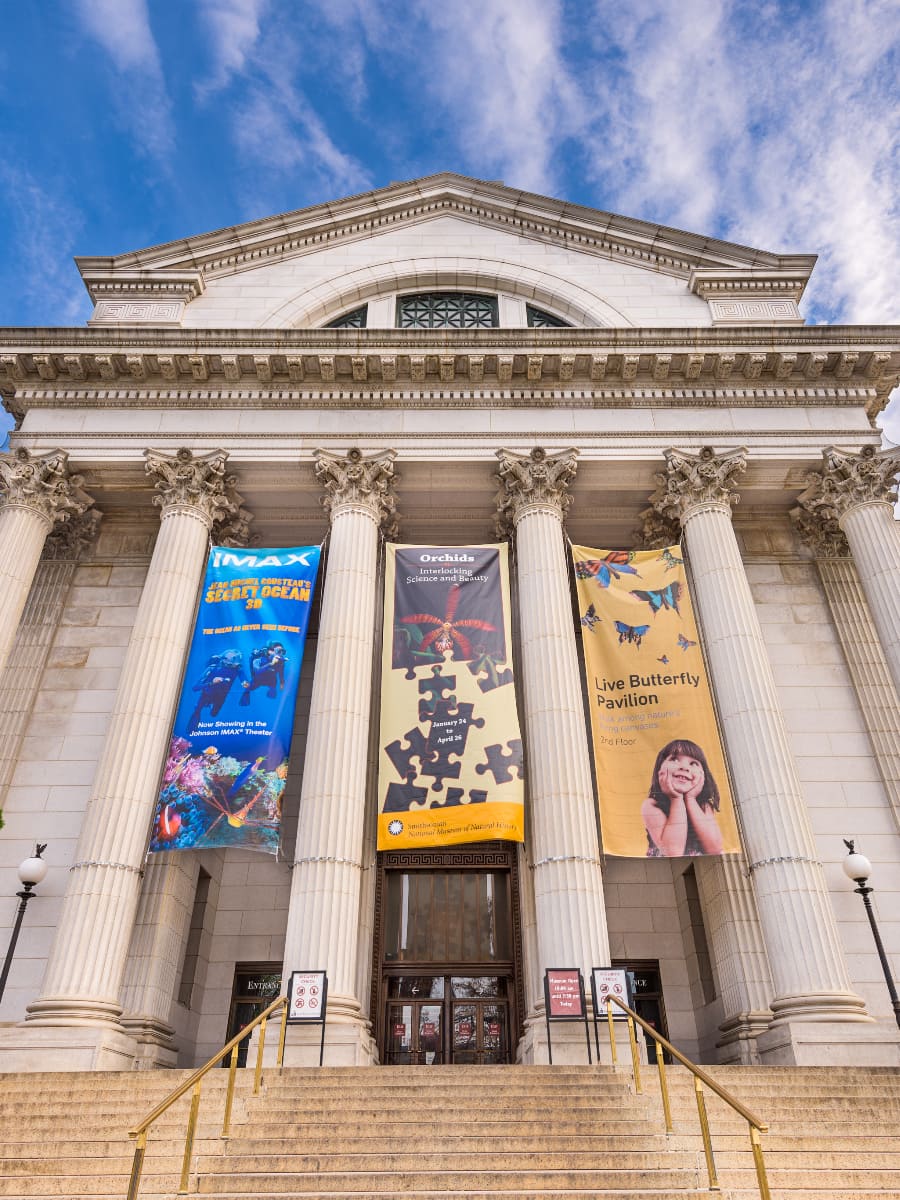
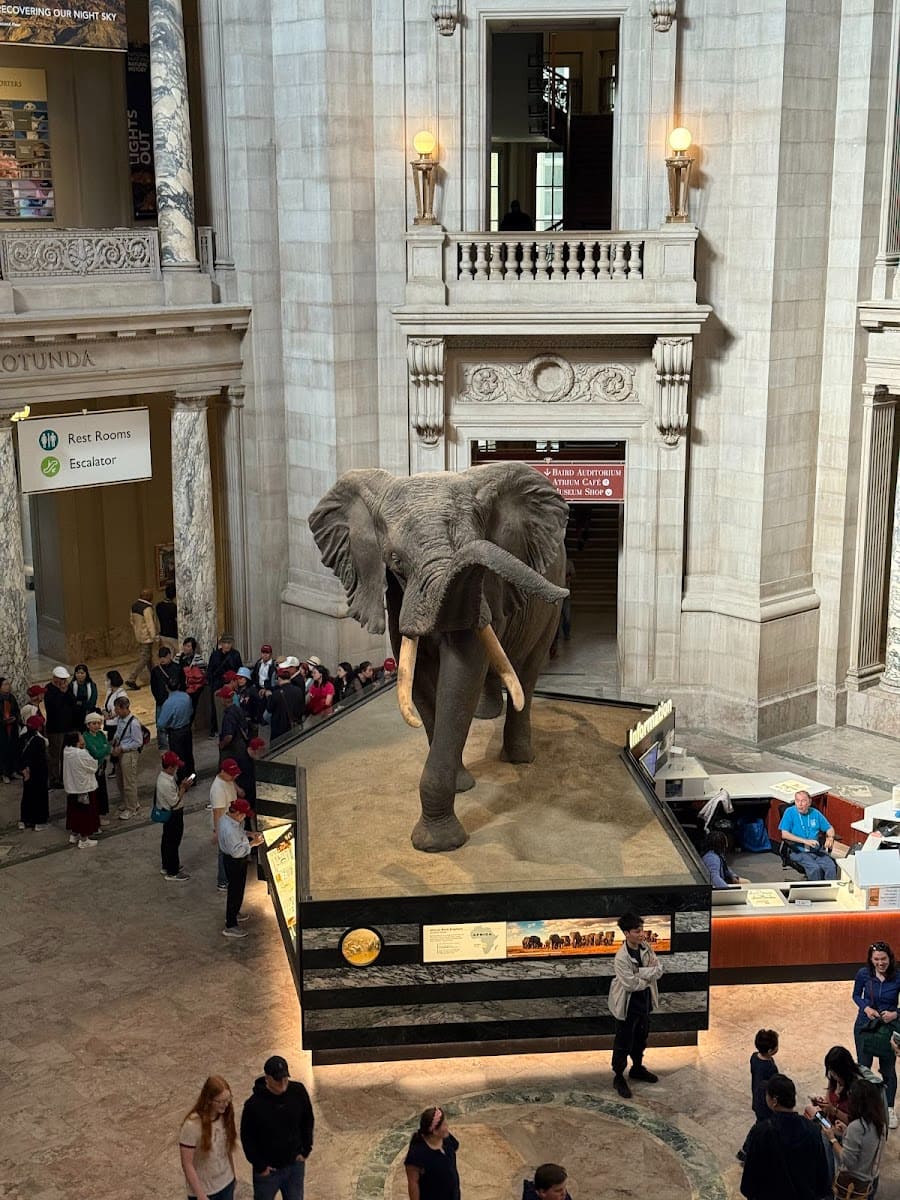
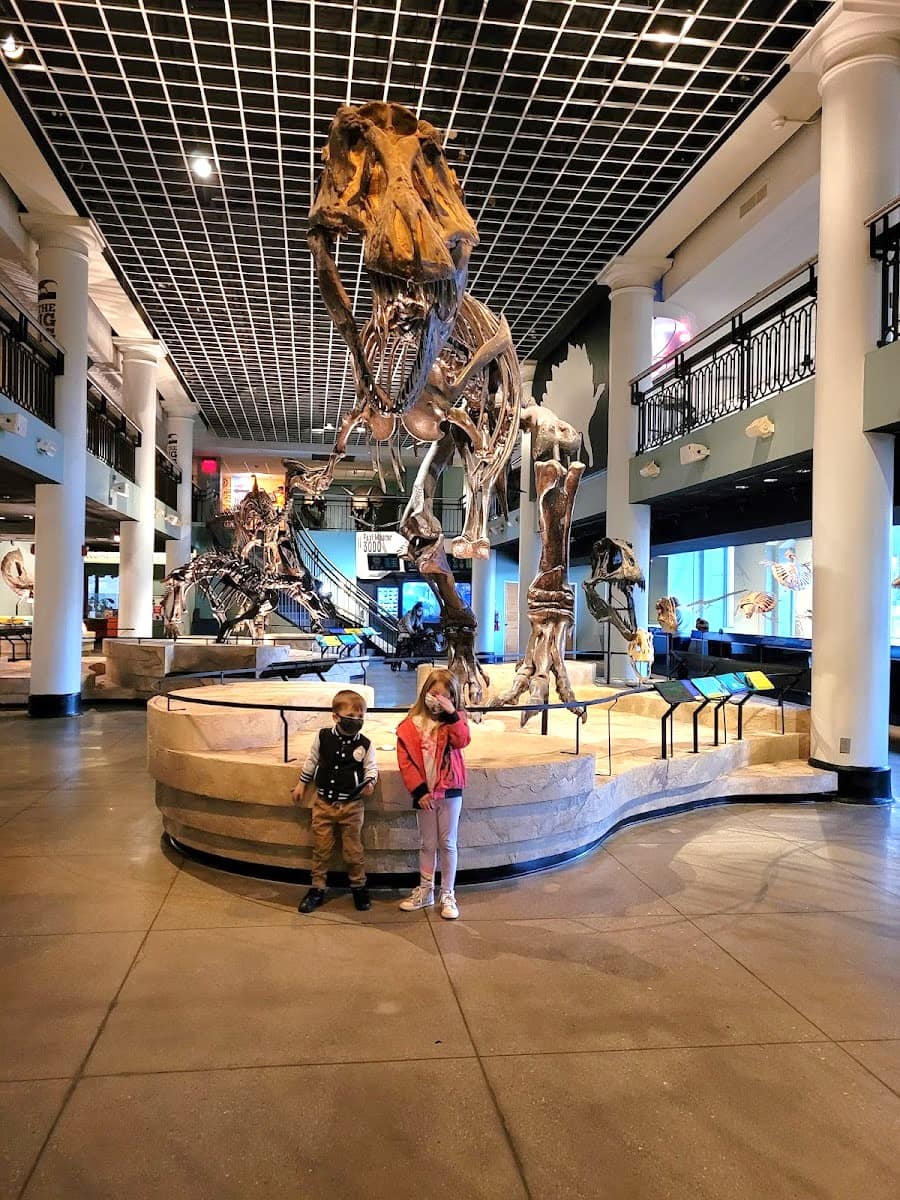

Gem collection. Don’t miss the Janet Annenberg Hooker Hall of Geology, Gems, and Minerals featuring the legendary 45.52-carat Hope Diamond. I was mesmerized by its deep blue color and fascinating cursed history. The hall also displays the Dom Pedro Aquamarine, the world’s largest cut aquamarine at 10,363 carats!
Top exhibits at the Natural History Museum:
- Fossil Hall (dinosaurs and prehistoric life)
- Sant Ocean Hall (marine life)
- Hall of Mammals (taxidermy specimens)
- Butterfly Pavilion (live butterflies)
- Gems and Minerals Hall (Hope Diamond)
- Human Origins (evolution exhibit)
- Egypt exhibition (mummies)
⭐ Best Activities
- Private Guided Tour: Smithsonian National Museum of Natural History – Discover the wonders of the natural world with a knowledgeable guide who will lead you through the fascinating exhibits of this renowned Smithsonian museum.
3. National Air and Space Museum (interactive exhibits)
Aviation wonderland. After a major renovation, the Air and Space Museum reopened with stunning new galleries. I was amazed by the Wright Flyer, Spirit of St. Louis, and Apollo 11 command module – all genuine artifacts that changed history! The museum beautifully balances historical significance with the science behind flight and space exploration.
Interactive experiences. What makes this museum special for kids are the hands-on activities. I watched children design and test paper airplanes, experience a flight simulator ($10), and touch an actual lunar rock! The “How Things Fly” gallery lets kids experiment with the principles of flight through fun interactive stations.
IMAX and Planetarium. For an additional fee ($9 for adults, $7.50 for children), you can experience space in the Einstein Planetarium or watch spectacular aviation films on the massive IMAX screen. I found the “Journey to the Stars” planetarium show particularly awe-inspiring and worth the extra cost.
Visitor tips. Admission is free, but timed-entry passes are currently required. I recommend booking online up to 30 days in advance. The museum is open daily from 10:00 AM to 5:30 PM, and the closest Metro station is L’Enfant Plaza. Don’t forget to check out the museum store for space ice cream and flight-themed souvenirs!
Must-see artifacts:
- Wright Flyer (1903)
- Spirit of St. Louis
- Bell X-1 “Glamorous Glennis”
- Apollo 11 Command Module
- SpaceShipOne
- Lunar Module
- Hubble Space Telescope test mirror
- Mars Rover model
| Gallery | Best For Ages | Interactive Elements | Must-See Artifact |
|---|---|---|---|
| Wright Brothers | 8+ | Wing warping demo | Original Wright Flyer |
| Destination Moon | All ages | Lunar landing simulator | Apollo 11 module |
| How Things Fly | 5-12 | Multiple hands-on stations | Cessna aircraft |
| Exploring the Planets | 7+ | Touch screen displays | Mars rover |
| America by Air | 10+ | Airplane cockpit | Boeing 747 nose |
| One World Connected | All ages | Global communication exhibits | GPS satellite |
⭐ Best Activities
- Private Guided Tour of the Smithsonian National Air and Space Museum – Explore the history of flight and space exploration with a private guide who will enhance your visit to this popular Smithsonian institution with expert insights and fascinating stories.
4. United States Botanic Garden (children’s garden)
Plant paradise. The Botanic Garden is a living plant museum dating back to 1820. I was transported to different ecosystems as I walked through the massive conservatory housing over 4,000 plant species. The jungle canopy walkway in the Tropics section was particularly impressive, with exotic orchids and towering palms.
Children’s garden. Kids absolutely love the Children’s Garden where they can water plants, dig in soil, and explore plant-themed play structures. I watched children pretend to be gardeners with child-sized watering cans and tools. The garden also features a motion-activated misting system that delights kids on hot days!

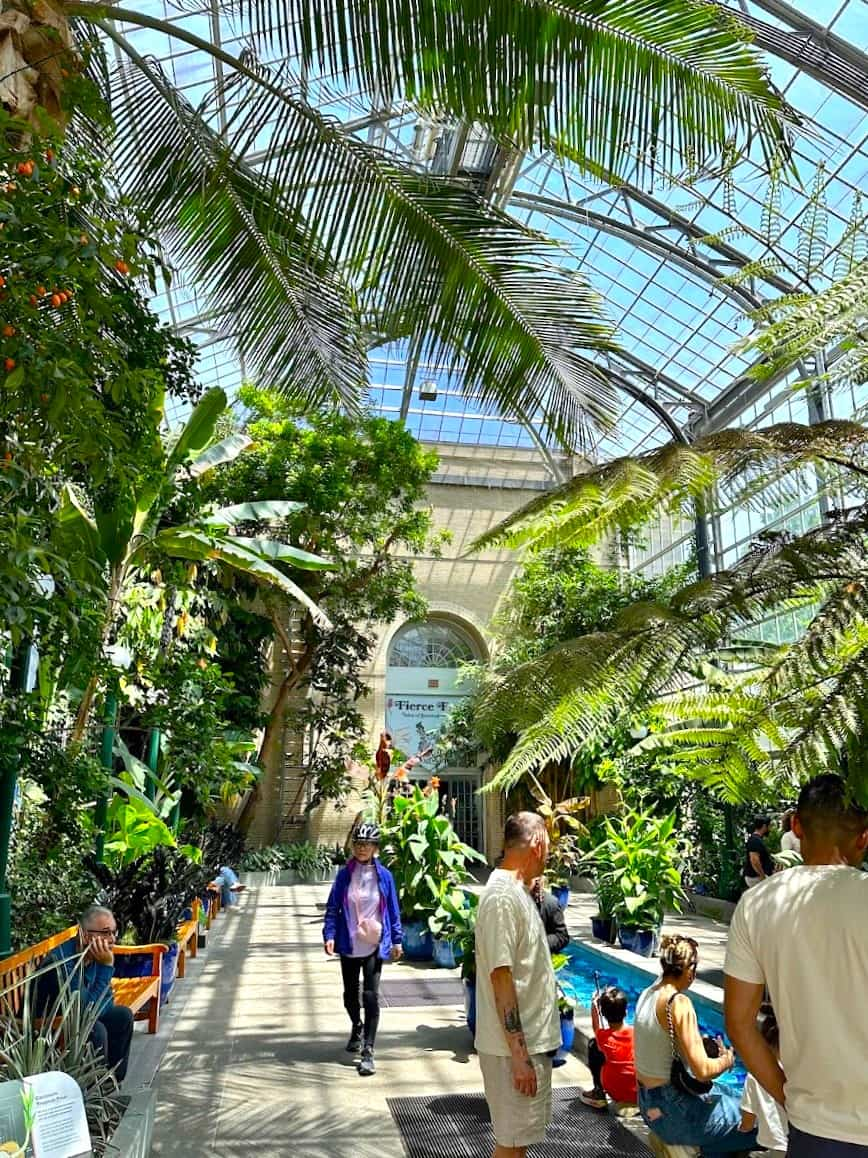

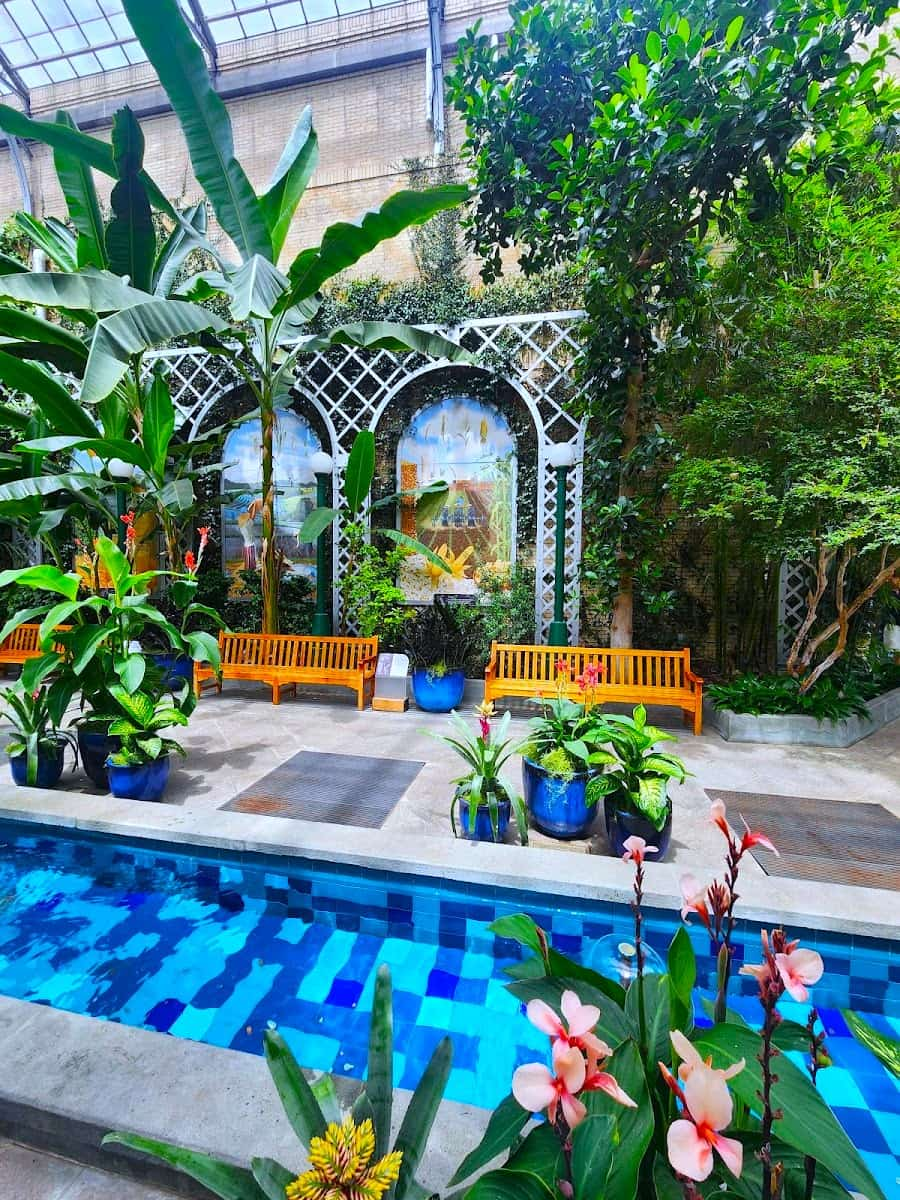
Seasonal displays. The garden transforms throughout the year with special exhibits. The holiday display (late November to early January) features miniature DC landmarks made from plant materials alongside model trains. During spring and summer, the outdoor National Garden showcases native plants and a beautiful rose garden.
Practical information. Admission is free, and the garden is open daily from 10:00 AM to 5:00 PM. No tickets required! I found weekday mornings to be the least crowded. The closest Metro station is Federal Center SW. The garden also offers free guided tours at 10:30 AM on most days, which I highly recommend for learning about rare and unusual plants.
Highlights of the Botanic Garden:
- Jungle canopy walkway
- Desert environment with massive cacti
- Mediterranean room with citrus and olive trees
- Children’s Garden with interactive features
- Rare and endangered plant collection
- Medicinal plants gallery
- Hawaii section with tropical flowers
- Orchid room (hundreds of varieties)
| Garden Section | Special Features | Best For | Seasonal Highlights |
|---|---|---|---|
| Conservatory | Climate-controlled biomes | Year-round visits | Orchids (Feb-April) |
| Children’s Garden | Interactive elements | Families | Summer water features |
| National Garden | Native plants, roses | Spring/Summer | Rose bloom (May-June) |
| First Ladies Water Garden | Fountains, water plants | Summer | Water lilies (July-Aug) |
| Bartholdi Park | Sustainable landscaping | All seasons | Spring bulbs (March-April) |
⭐ Best Activities
- Washington DC Museums Scavenger Hunt – Turn your visit to the capital’s museums into an interactive adventure with this engaging scavenger hunt that takes you through various cultural institutions while solving clues and learning about history.
5. Planet Word Museum (word games)
Language innovation. Planet Word opened in 2020 as the world’s first voice-activated museum dedicated to language. I was immediately captivated by the Speaking Willow at the entrance – a metal tree that plays snippets of different languages as you walk beneath it. The museum occupies the historic Franklin School where Alexander Graham Bell made the first wireless voice transmission.
Interactive fun. What makes this museum perfect for kids is how incredibly hands-on it is. I watched children paint with words in the magical library where books come alive when removed from shelves. The karaoke room teaches about rhythm and rhyme, while the globe room lets kids hear greetings in 28 languages.
Word play. The Word Puzzle room was my favorite, with games testing vocabulary and language skills. Kids love the “Joking Around” exhibit where they learn about puns and humor across cultures. The museum truly makes language learning feel like play rather than education.
Visitor information. Admission is free but timed-entry reservations are recommended. The museum is open Thursday-Saturday (10:00 AM to 5:00 PM) and Sunday (noon to 5:00 PM). I spent about 2 hours exploring all the exhibits. The closest Metro stations are McPherson Square and Metro Center.
Most interactive exhibits:
- Magical Library (talking books)
- Where Do Words Come From? (word origins)
- The Spoken World (language globe)
- Joking Around (humor across cultures)
- I’m Sold! (advertising and persuasion)
- Word Puzzle Room (games and challenges)
- Lend Me Your Ear (famous speeches)
- Karaoke Room (songs and lyrics)
| Age Group | Best Exhibits | Time Needed | Special Features |
|---|---|---|---|
| Ages 5-8 | Magical Library, Karaoke | 1-1.5 hours | Voice-activated displays |
| Ages 9-12 | Word Puzzle Room, Spoken World | 1.5-2 hours | Language games |
| Teens | I’m Sold!, Lend Me Your Ear | 2 hours | Media literacy activities |
| Adults | Etymology, Word in Action | 2-3 hours | Historical language exhibits |
6. Paddle boats on the Tidal Basin
Waterfront fun. Paddling around the basin offers a unique perspective of DC’s monuments. I loved seeing the Jefferson Memorial and Martin Luther King Jr. Memorial from the water. The peaceful experience provides great photo opportunities and a refreshing break from walking.
Rental information. Boats cost $18-$30 per hour depending on whether you choose a two-person swan boat ($18) or a four-person pedal boat ($30). I found the two-person boat perfect for parents with one child. Rentals operate from mid-March through October, weather permitting, from 10:00 AM to 6:00 PM (last rental at 5:00 PM).
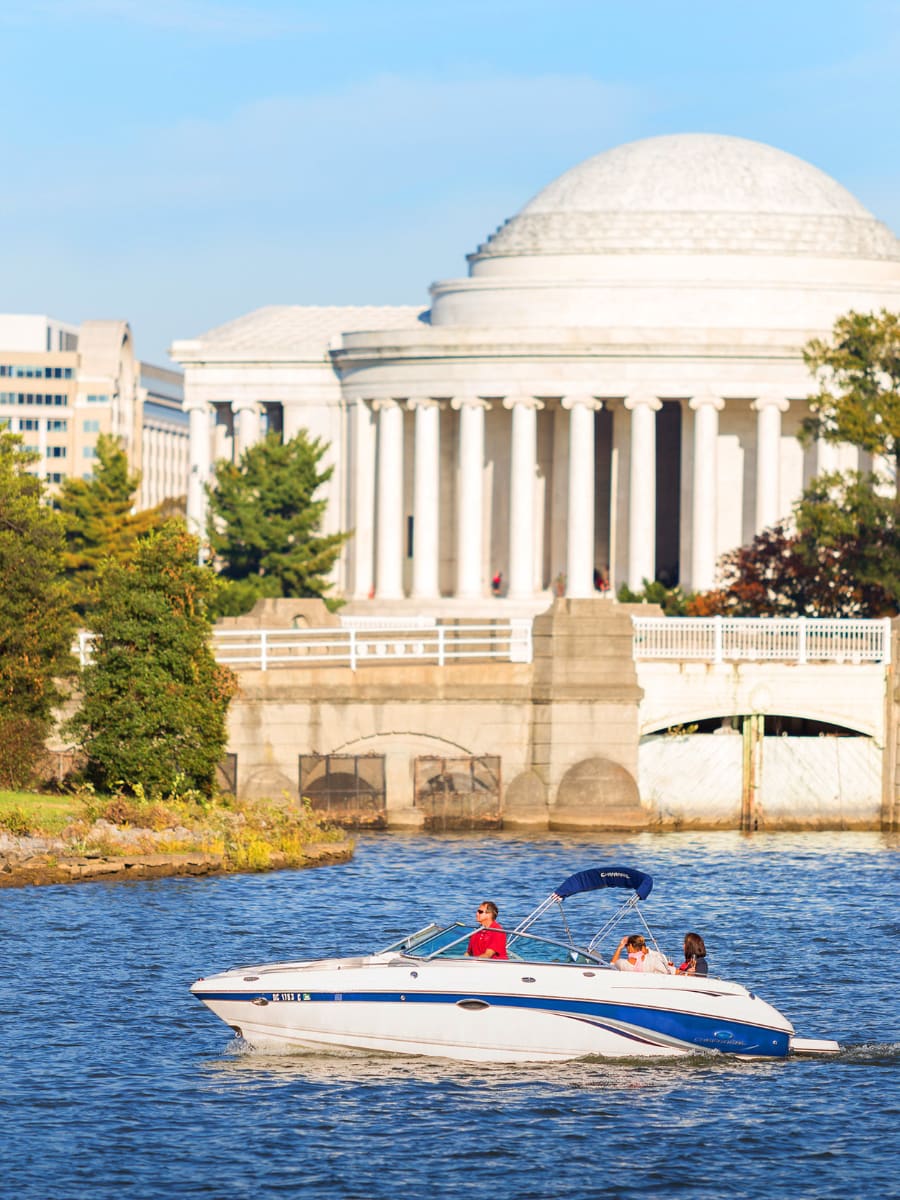
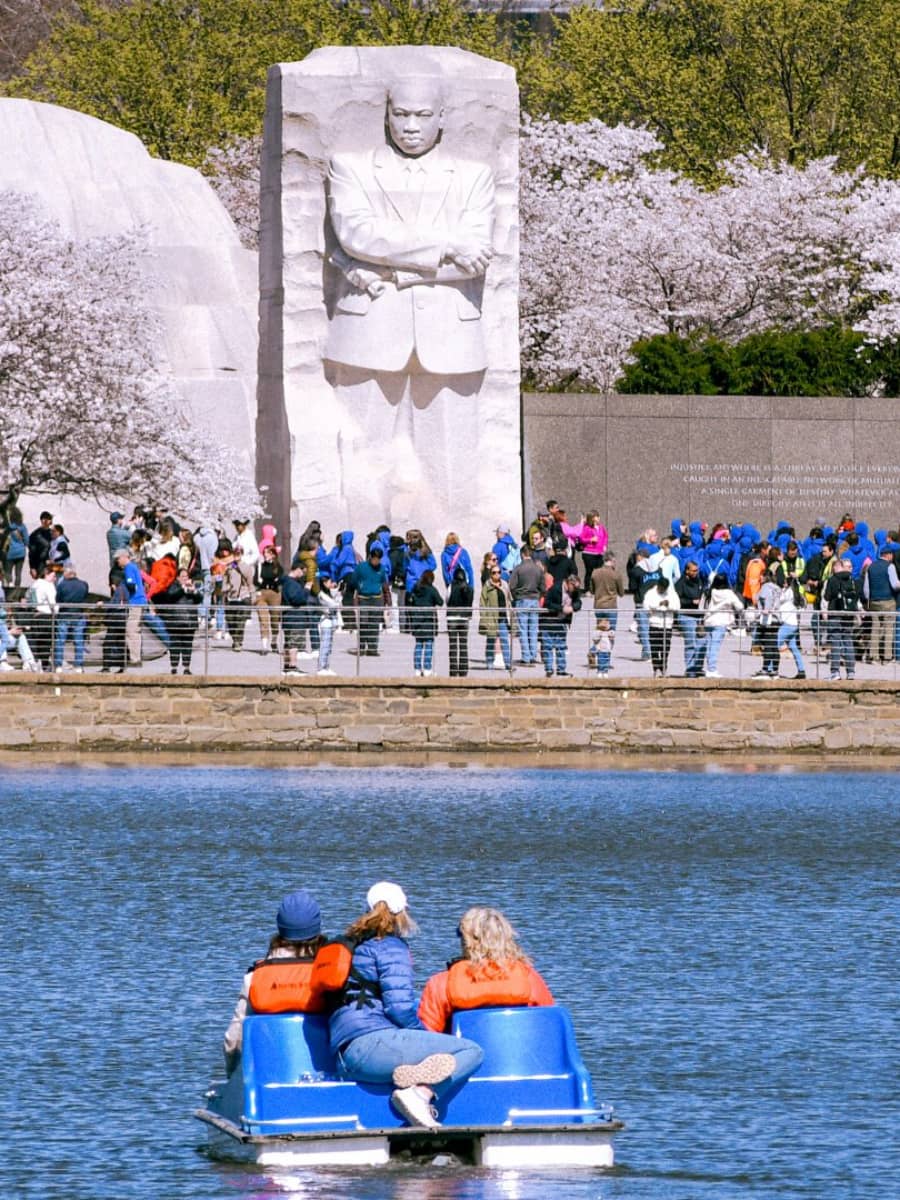

Best timing. Cherry blossom season (late March to early April) is magical but extremely busy – expect long lines and book in advance online. I prefer early May when the weather is perfect and crowds have thinned. Early morning (10:00-11:00 AM) offers the calmest water and best lighting for photos.
Practical tips. Wear sunscreen and bring water – there’s no shade on the basin! I recommend wearing shoes that can get wet and clothes you don’t mind getting slightly damp. Life jackets are provided and required. The boat dock is located at 1501 Maine Avenue SW, and the closest Metro station is Smithsonian.
What to bring for paddle boating:
- Sunscreen
- Sunglasses
- Water bottle
- Hat
- Phone in waterproof case (for photos)
- Small towel
- Hand sanitizer
- Snacks for after boating
| Boat Type | Capacity | Cost | Reservation |
|---|---|---|---|
| Swan Boat | 2 people | $18/hour | Recommended in peak season |
| Pedal Boat | 4 people | $30/hour | Recommended in peak season |
| Pedal Boat | 2 adults, 2 small children | $30/hour | Recommended in peak season |
Free Things to Do in Washington DC
1. Smithsonian Museums (Natural History, Air & Space, American History, etc.)
Cultural treasures. The Smithsonian Institution offers an incredible collection of free museums that should be part of any DC visit. These world-renowned museums cover everything from the origins of mankind to the wonders of flight, with extensive collections that could take days to fully explore.
Visitor information. All Smithsonian museums are completely free to enter, with most open daily from 10:00 AM to 5:30 PM. Some popular museums like the African American History and Culture Museum require timed-entry passes during busy seasons, which can be reserved online in advance.
Exhibition highlights. Each museum offers unique experiences – from dinosaur fossils and the Hope Diamond at Natural History to the Wright Flyer and Apollo spacecraft at Air & Space. The American History Museum houses iconic items like Dorothy’s ruby slippers from The Wizard of Oz and the Star-Spangled Banner flag.
Planning tips. I recommend visiting early in the morning to avoid crowds, especially during summer and school holidays. Most museums have cafés for lunch breaks, but prices tend to be high, so consider packing snacks or stepping out to nearby food options.
Top Smithsonian museums to visit:
- Natural History (dinosaurs, gems, mammals)
- Air & Space (aircraft, spacecraft, flight history)
- American History (cultural artifacts, exhibitions)
- African American History and Culture
- Postal Museum
- American Indian Museum
- Hirshhorn Museum (modern art)
- Freer and Sackler Galleries (Asian art)
| Museum | Focus | Must-See Exhibits | Best For |
|---|---|---|---|
| Natural History | Science, nature | Hope Diamond, dinosaurs | All ages |
| Air & Space | Aviation, space | Wright Flyer, Apollo 11 | Technology fans |
| American History | US culture | First Ladies’ gowns, transportation | History buffs |
| African American | Black history | Slavery to present galleries | Cultural insights |
2. National Mall monuments and memorials
Historic significance. The grand open space in the heart of DC houses the country’s most important tributes to American leaders and veterans. I was moved by the powerful design of each site, from the solemn wall of names at the Vietnam Veterans site to the inspiring words carved into the MLK Jr. tribute.
Visitor experience. All sites along this stretch are free to visit and open 24 hours daily, with rangers available from 9:30 AM to 10:00 PM to answer questions. I found these places particularly magical at night when they’re beautifully illuminated and less crowded.
Photography opportunities. These iconic structures offer countless photo opportunities, especially at sunrise and sunset when the light creates dramatic effects. I recommend bringing a wide-angle lens to capture the grandeur of these structures against the sky.
Walking strategy. The distance from one end to the other is about 2 miles, so wear comfortable shoes! I suggest starting at the WWII tribute and working your way around the Reflecting Pool to see the Vietnam and Korean sites, then continuing to the MLK Jr. site along the water.
Must-visit sites:
- Vietnam Veterans (reflective wall with 58,000+ names)
- World War II (pillars, fountains, and stars)
- Korean War Veterans (19 statues of soldiers)
- Martin Luther King Jr. (30-foot statue emerging from stone)
- Franklin Delano Roosevelt (multi-room outdoor space)
| Site | Design Features | Best Viewing Time | Emotional Impact |
|---|---|---|---|
| Vietnam Veterans | Black granite wall with names | Dawn or dusk | Very high |
| World War II | Pillars, fountain, stars | Daytime | Ceremonial |
| Korean War | 19 soldier statues | Morning light | Haunting |
| MLK Jr. | Stone of Hope statue | Late afternoon | Inspiring |
| FDR | Waterfalls, bronze sculptures | Midday | Contemplative |
3. National Gallery of Art
Artistic masterpieces. The National Gallery houses one of America’s finest art collections spanning the Middle Ages to present day. I was awestruck by works from da Vinci, Rembrandt, Monet, and Van Gogh displayed in beautifully designed galleries that flow naturally from one period to the next.
Two distinct buildings. The collection spans two architecturally contrasting buildings connected by an underground tunnel with a moving walkway. The West Building (classical design) houses European and American works through the early 1900s, while the East Building (modern design) features contemporary and modern art.

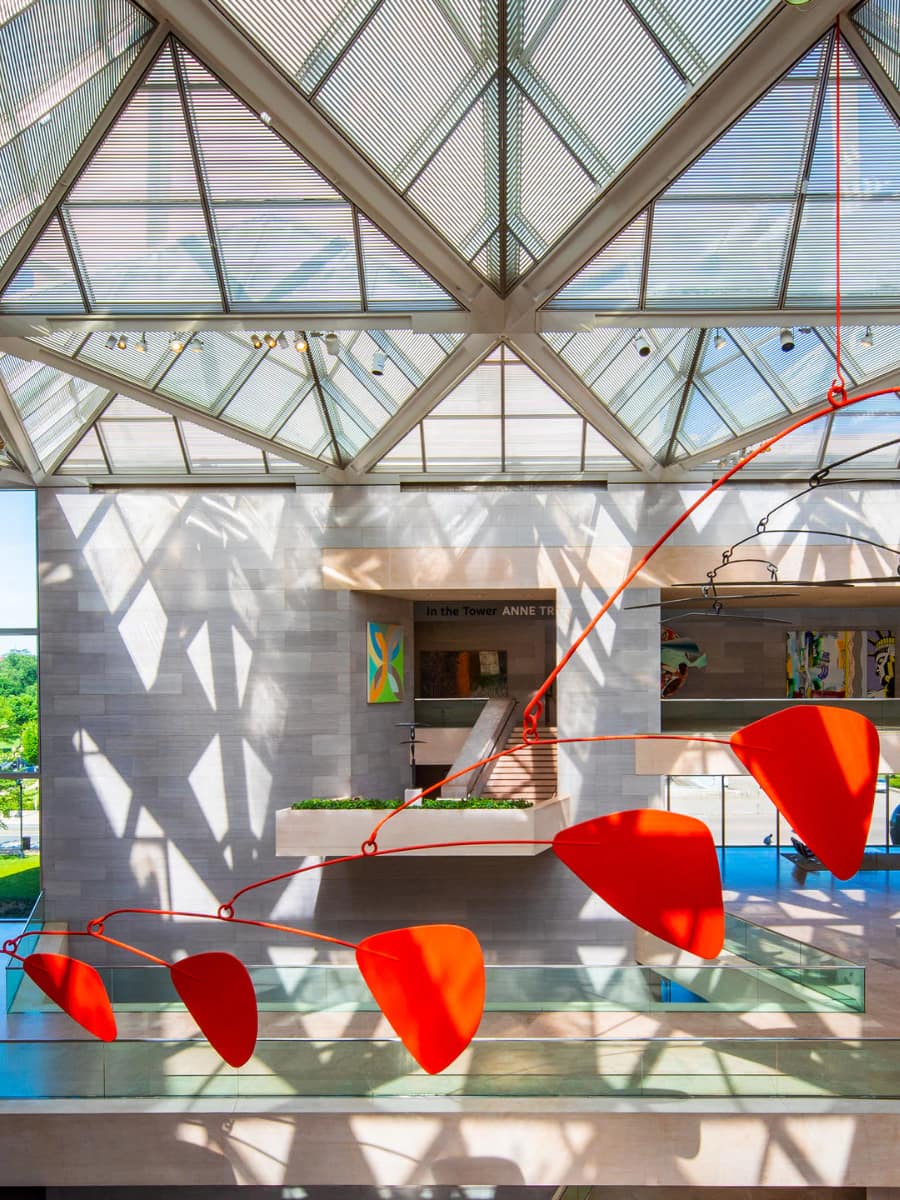
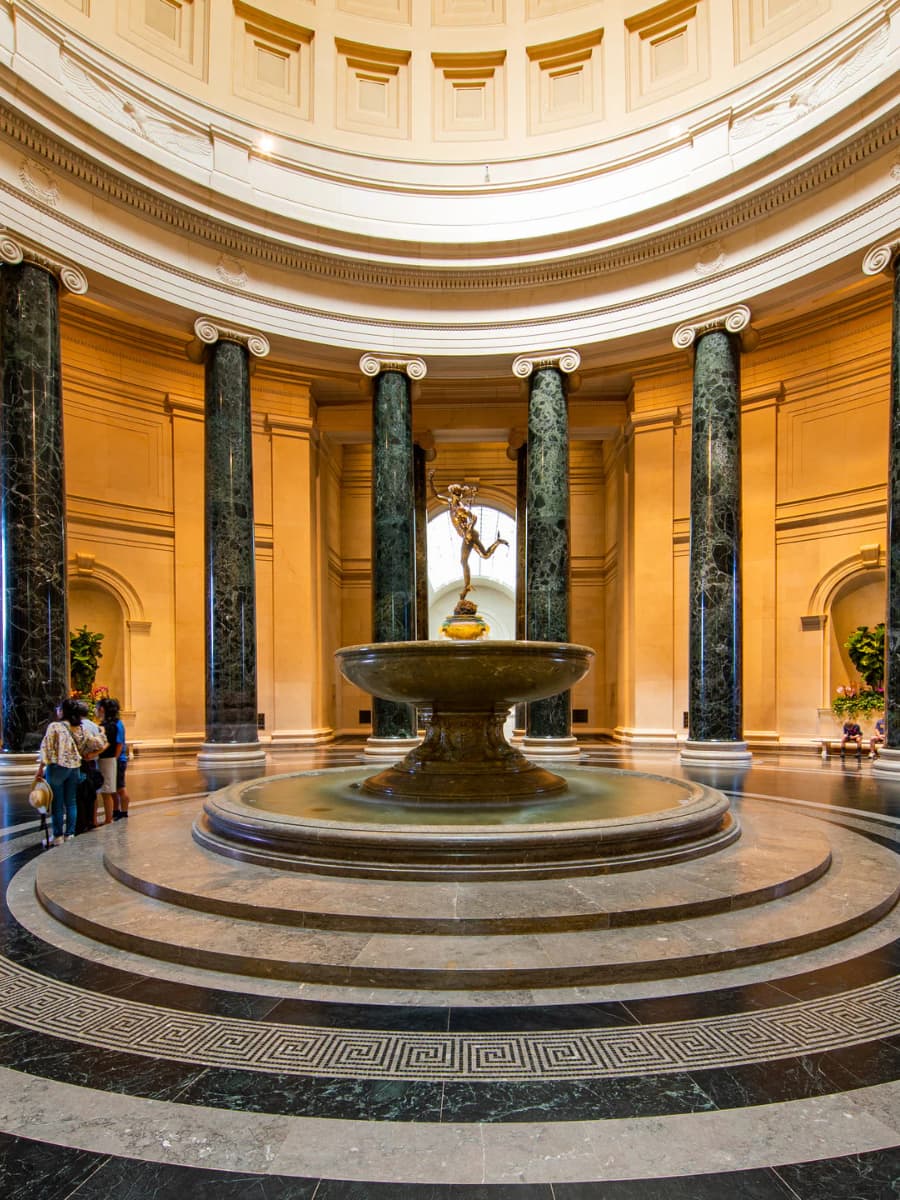
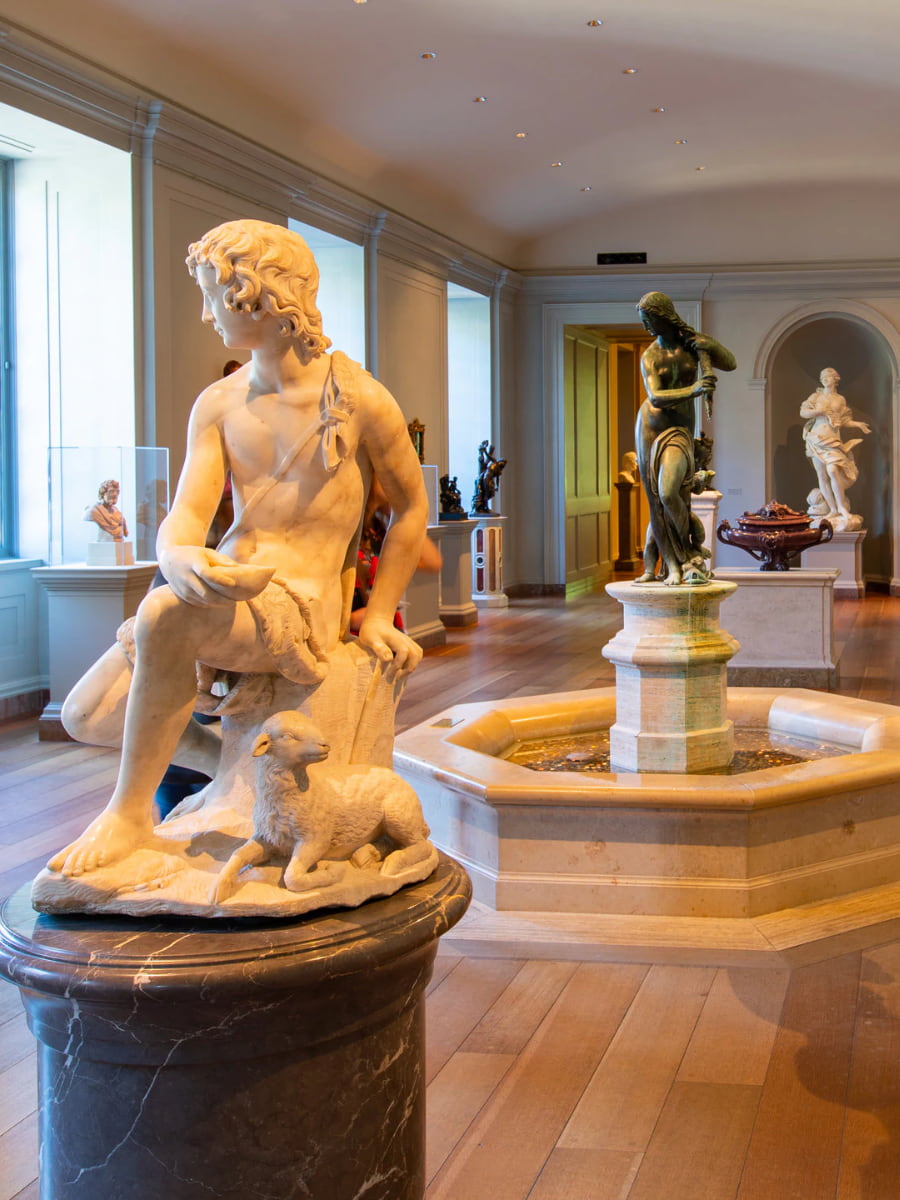
Special exhibitions. Beyond the permanent collection, the gallery hosts rotating special exhibitions that are also free to visit. I’ve seen everything from rare Japanese prints to comprehensive retrospectives of major artists, all curated with exceptional attention to detail.
Visitor amenities. The gallery offers free docent-led tours throughout the day, though I often prefer using their excellent free audio guides. The Sculpture Garden outside provides a peaceful retreat with works by artists like Calder and Miró, plus a café for refreshments.
Must-see artworks:
- Leonardo da Vinci’s Ginevra de’ Benci (only da Vinci painting in the Americas)
- Johannes Vermeer’s Woman Holding a Balance
- Claude Monet’s Japanese Footbridge
- Vincent van Gogh’s Self-Portrait
- Auguste Renoir’s Luncheon of the Boating Party
- Jackson Pollock’s Number 1, 1950 (Lavender Mist)
- Alexander Calder’s mobiles
- Henri Matisse’s cutouts
| Gallery Section | Art Period | Notable Artists | Location |
|---|---|---|---|
| Italian Renaissance | 1400-1600 | Botticelli, da Vinci | West Building, Main Floor |
| Dutch Masters | 1600s | Rembrandt, Vermeer | West Building, Main Floor |
| Impressionists | 1870-1900 | Monet, Renoir, Degas | West Building, Upper Level |
| Modern Art | 1900-present | Picasso, O’Keeffe, Pollock | East Building |
4. Library of Congress (self-guided tour)
Architectural splendor. The Library of Congress Thomas Jefferson Building stands as America’s most beautiful public building, with its ornate Great Hall featuring marble staircases, gilded columns, and mosaic floors. I was stunned by the elaborate ceiling paintings and literary quotations adorning every surface.
Historical significance. Established in 1800, this is the oldest federal cultural institution in the country and the largest library in the world with more than 171 million items. The Main Reading Room, visible from an overlook, resembles a grand cathedral of knowledge with its 160-foot dome.
Exhibition highlights. The library houses numerous fascinating exhibits, including Thomas Jefferson’s personal library collection and one of only four perfect vellum copies of the Gutenberg Bible in existence. I was particularly moved seeing the rough draft of the Declaration with handwritten edits.
Information. The library is free to visit and open Monday through Saturday from 8:30 AM to 4:30 PM. No tickets are required for general access, though reader cards are needed to use the actual reading rooms. I recommend downloading their free app for a self-guided tour experience.
Key areas to explore:
- Great Hall (architectural centerpiece)
- Thomas Jefferson’s Library (reconstructed collection)
- Main Reading Room Overlook (stunning dome view)
- Gutenberg Bible display
- Exploring the Early Americas exhibition
- “Mapping a New Nation” exhibition
- Bob Hope Gallery of American Entertainment
- Gershwin Room (music manuscripts)
| Library Section | Focus | Highlights | Location |
|---|---|---|---|
| Great Hall | Architecture | Marble staircases, paintings | First floor |
| Jefferson’s Library | Book collection | Original books, interactive displays | Second floor |
| Main Reading Room | Research center | 160-foot dome, reading desks | Overlook on second floor |
| Exhibitions | Rotating displays | Gutenberg Bible, historical documents | Various floors |
5. Supreme Court (lectures/tours)
Judicial grandeur. The Supreme Court building impresses with its classical Corinthian columns and grand marble staircase leading to bronze doors that weigh 13,000 pounds each. I was struck by the inscription “Equal Justice Under Law” carved above the entrance, setting the tone for this temple of American jurisprudence.
Courtroom access. When the Court is not in session, visitors can enter the actual courtroom where cases are argued before the nine justices. I found it smaller than expected but incredibly dignified with its red curtains, mahogany benches, and the raised bench where justices sit during oral arguments.
Educational opportunities. The Court offers excellent 30-minute lectures in the courtroom about the judicial process and the building’s history. These informative talks run on a regular schedule throughout the day when court is not in session and require no reservation – just show up and learn!
Exhibition areas. The building houses fascinating exhibits on the lower level, including information about former justices and significant cases. I particularly enjoyed seeing the spiral staircase modeled after the one in the Paris Opera House and the scale model of the building showing its classical proportions.
Court visit highlights:
- Courtroom lectures (30 minutes, no reservation needed)
- Great Hall with busts of former Chief Justices
- Courtroom where cases are argued
- Spiral staircases (architectural features)
- Exhibition area on lower level
- Building exterior and plaza
- Gift shop with Court-related merchandise
- John Marshall statue at entrance
| Activity | Timing | Reservation Needed | Location |
|---|---|---|---|
| Courtroom Lecture | Every hour on half-hour | No | Main Courtroom |
| Courtroom Visit | When court not in session | No | Second Floor |
| Exhibits | Self-paced | No | Ground Floor |
| Oral Arguments | When court in session | Yes, limited seating | Main Courtroom |
| Building Exterior | Anytime | No | 1 First Street NE |
6. Kennedy Center Millennium Stage (free daily performances)
Cultural access. The Millennium Stage offers free performances every day at 6:00 PM, representing the Center’s mission to make the performing arts accessible to everyone. I’ve enjoyed everything from jazz ensembles and classical recitals to dance troupes and folk musicians on this welcoming stage.
Diverse programming. What makes this series special is its incredible diversity – one night might feature a local gospel choir, the next an internationally acclaimed pianist, and the following a cutting-edge contemporary dance company. The programming intentionally represents various cultural traditions and art forms.
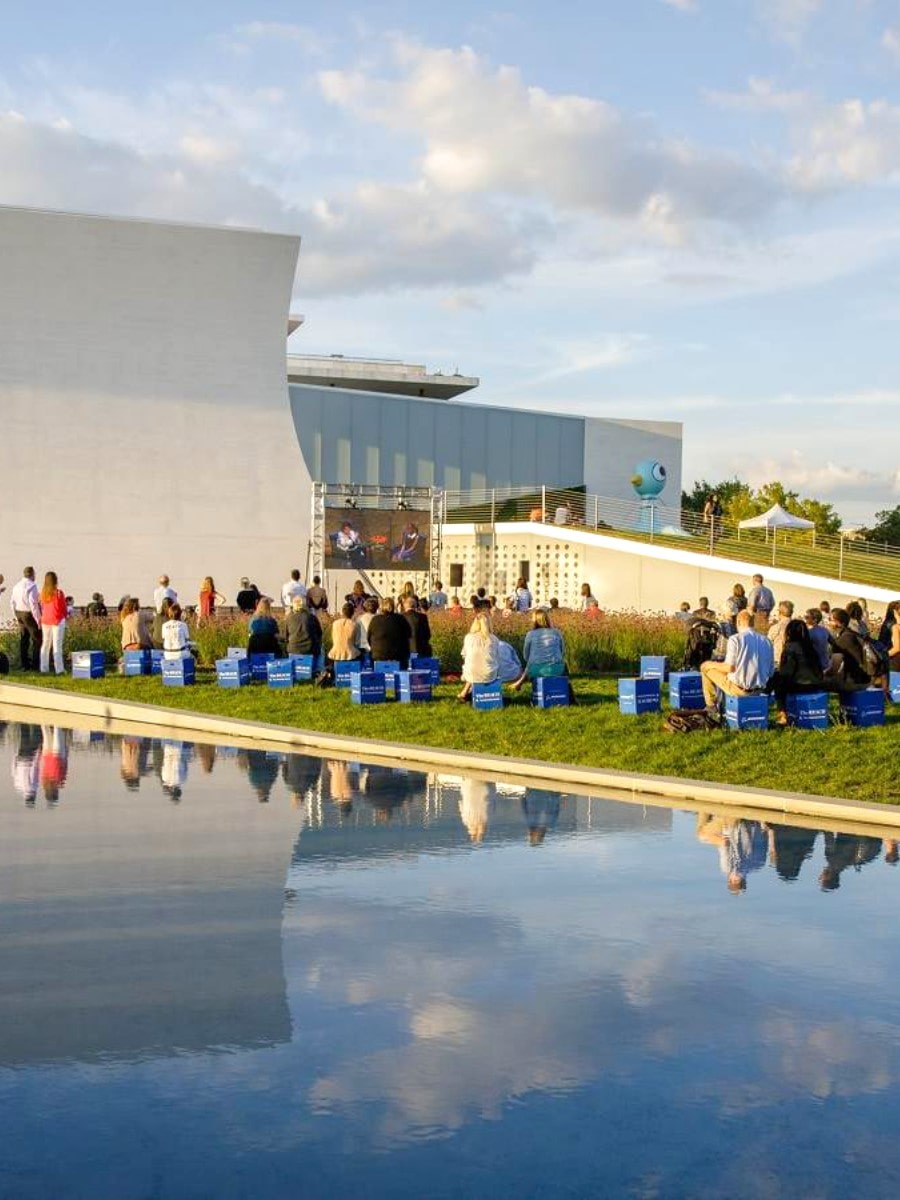
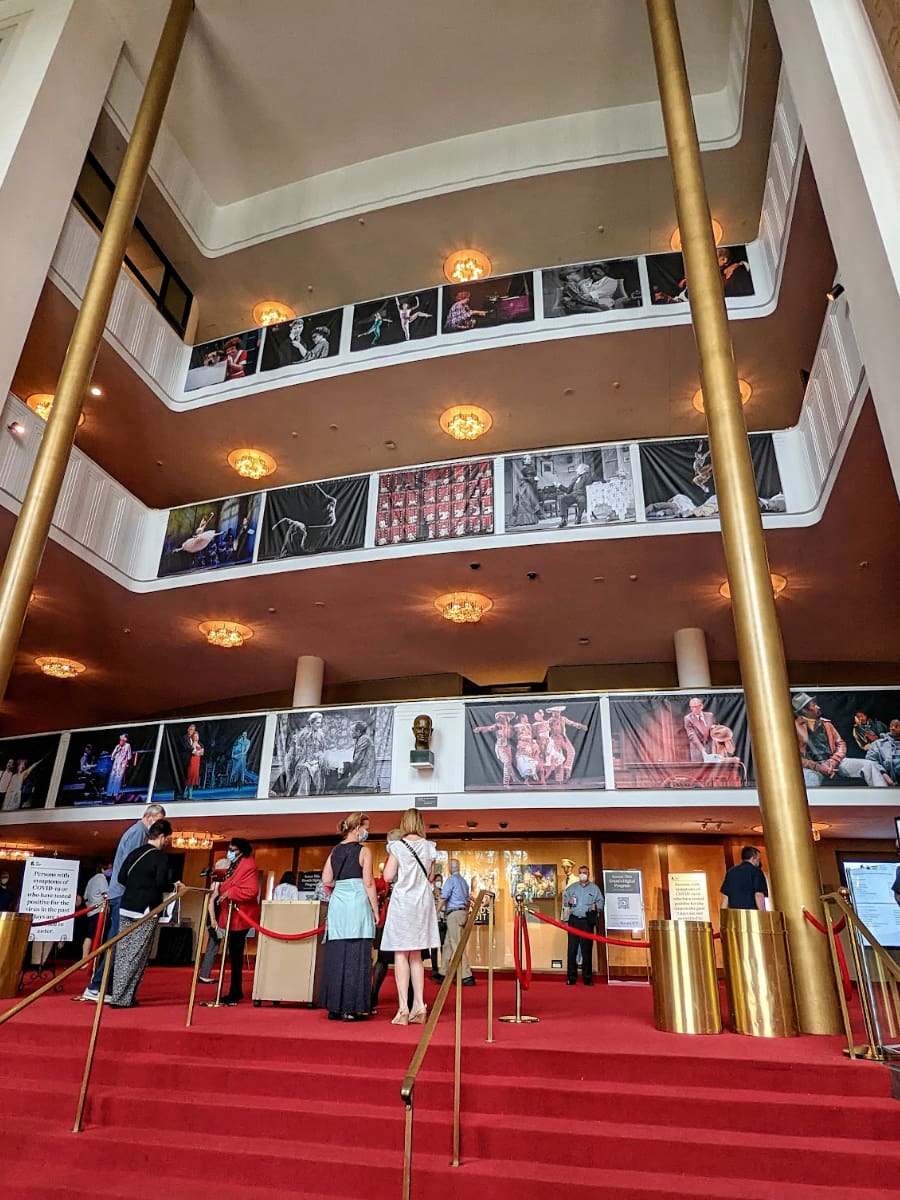

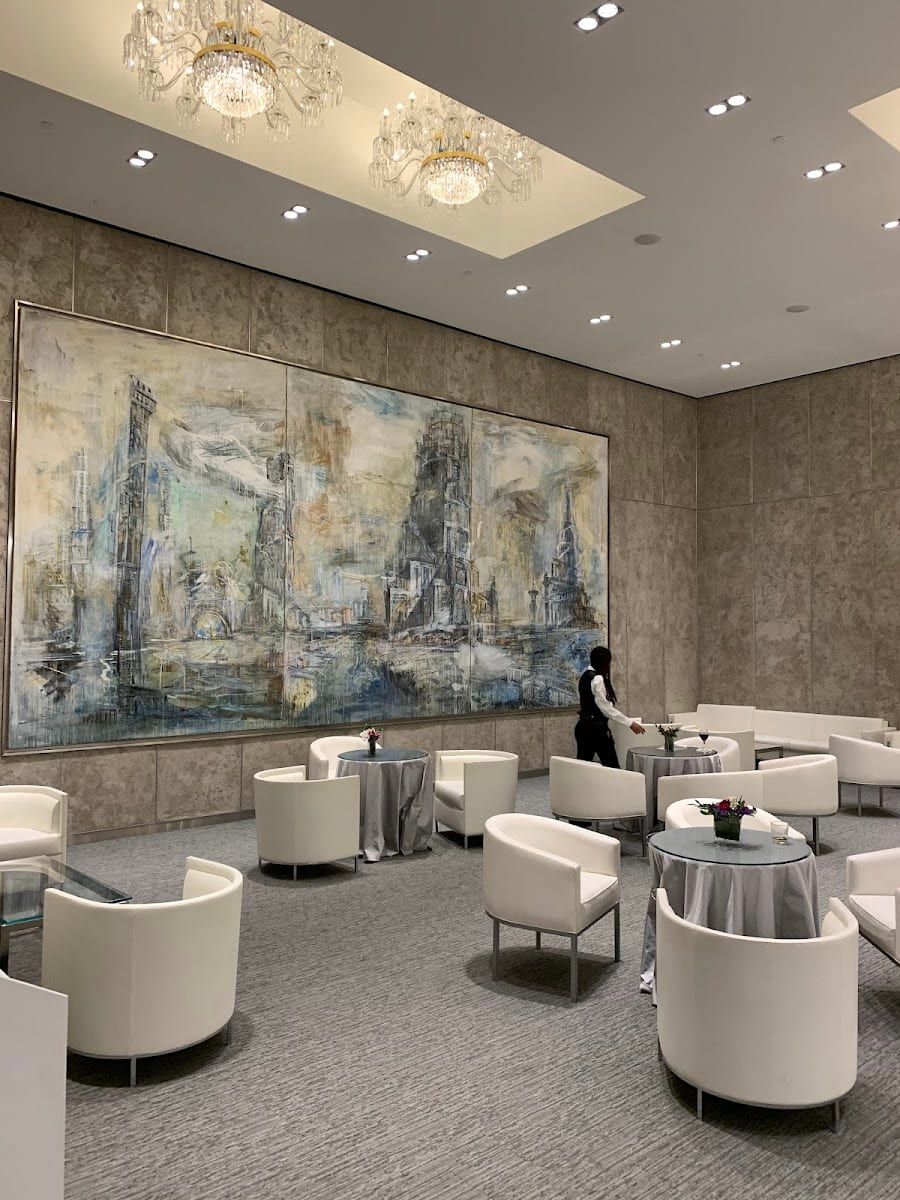
No tickets needed. Unlike most performances at the Center, Millennium Stage shows require no tickets or reservations – simply show up before the 6:00 PM start time. I recommend arriving by 5:30 PM for popular performances, especially on weekends when crowds can be larger.
Enhanced experience. Before or after the show, I suggest exploring the Center’s public spaces, including the stunning rooftop terrace with panoramic views of the city. The building itself is a living tribute to President John F. Kennedy and houses numerous artworks and exhibitions worth seeing.
Performance variety includes:
- Classical music (chamber groups, soloists)
- Jazz and blues performers
- World music ensembles
- Dance companies
- Theater performances
- Folk and traditional music
- Contemporary and experimental artists
- Local school and community groups
| Performance Type | Frequency | Duration | Best For |
|---|---|---|---|
| Classical Music | 1-2 times weekly | 60 minutes | Music lovers |
| Jazz/Blues | 1-2 times weekly | 60-75 minutes | Casual listeners |
| World Music | Weekly | 60 minutes | Cultural enthusiasts |
| Dance | 2-3 times monthly | 45-60 minutes | Visual performance fans |
| Theater/Spoken Word | 1-2 times monthly | 60 minutes | Literary interests |
7. Walking tours of Georgetown and U Street
Historic neighborhoods. Self-guided walking tours of these distinctive areas reveal DC’s rich history beyond the famous sites. Georgetown charms with Federal-style townhouses and cobblestone streets dating to 1751, while U Street showcases the city’s African American heritage and vibrant music scene.
Cultural significance. U Street was known as “Black Broadway” in the early 20th century, home to Duke Ellington and countless jazz clubs. I found the African American Civil War Museum and historic theaters particularly fascinating, while the colorful murals tell stories of the neighborhood’s evolution.
Architectural highlights. Georgetown features some of the city’s oldest buildings, including the Old Stone House (built in 1765) and beautiful Federal-period homes. I enjoyed exploring the C&O Canal towpath, which offers a peaceful walk along the historic waterway with its restored locks and towpath.
Culinary experiences. Both neighborhoods offer exceptional dining options. I discovered everything from historic taverns in Georgetown to the famous Ben’s Chili Bowl on U Street, a landmark since 1958 that has served everyone from Ella Fitzgerald to Barack Obama.
Self-guided walking highlights:
- Georgetown: Old Stone House, C&O Canal, historic homes, waterfront
- U Street: African American Civil War Museum, Howard Theatre, murals, historic clubs
- Both areas: Diverse dining, local shops, cultural landmarks
| Neighborhood | Historical Period | Key Attractions | Culinary Specialties |
|---|---|---|---|
| Georgetown | 1751-present | Old Stone House, canal | Upscale dining, cupcakes |
| U Street | 1920s-present | African American heritage sites | Soul food, Ethiopianv |
Seasonal Activities
Christmas in Washington DC (ZooLights, National Christmas Tree, holiday markets)
Festive atmosphere. DC transforms into a winter wonderland from late November through December. I was enchanted by the National Christmas Tree on the Ellipse near the White House, surrounded by smaller trees representing each state and territory. The nightly lighting ceremony features musical performances and runs from 4:30 PM to 10:00 PM.
Holiday markets. The Downtown Holiday Market at 8th and F Streets NW became my favorite shopping spot with over 150 rotating exhibitors selling everything from artisan crafts to gourmet foods. I found unique gifts while enjoying live music and seasonal treats. The market runs daily from noon to 8:00 PM from mid-November through December.

Special events. Don’t miss the Botanic Garden’s “Season’s Greenings” featuring model trains and plant-based replicas of DC landmarks. Georgetown GLOW offers an outdoor light art exhibition throughout the historic neighborhood. Both are free! For a splurge, I recommend the Warner Theatre’s annual production of “The Nutcracker” by The Washington Ballet.
Top holiday activities:
- National Christmas Tree and Pathway of Peace
- Downtown Holiday Market
- Georgetown GLOW light art installations
- Ice skating at the National Gallery of Art Sculpture Garden
- “The Nutcracker” at Warner Theatre
- National Menorah lighting ceremony
Summer Festivals and Events (Smithsonian Folklife Festival, DC Jazz Festival)
Cultural celebrations. Summer in DC brings vibrant festivals celebrating diverse cultures and arts. The Smithsonian Folklife Festival (late June to early July) transforms the National Mall into an international cultural exchange. I spent hours exploring demonstrations of traditional crafts, music performances, and food from featured countries.
Music everywhere. The DC Jazz Festival (June) brings over 300 performances to venues across the city. I caught free concerts at The Wharf and paid performances at iconic venues like the Kennedy Center. The festival features both legendary performers and emerging artists, with ticket prices ranging from free to $65 for premium shows.
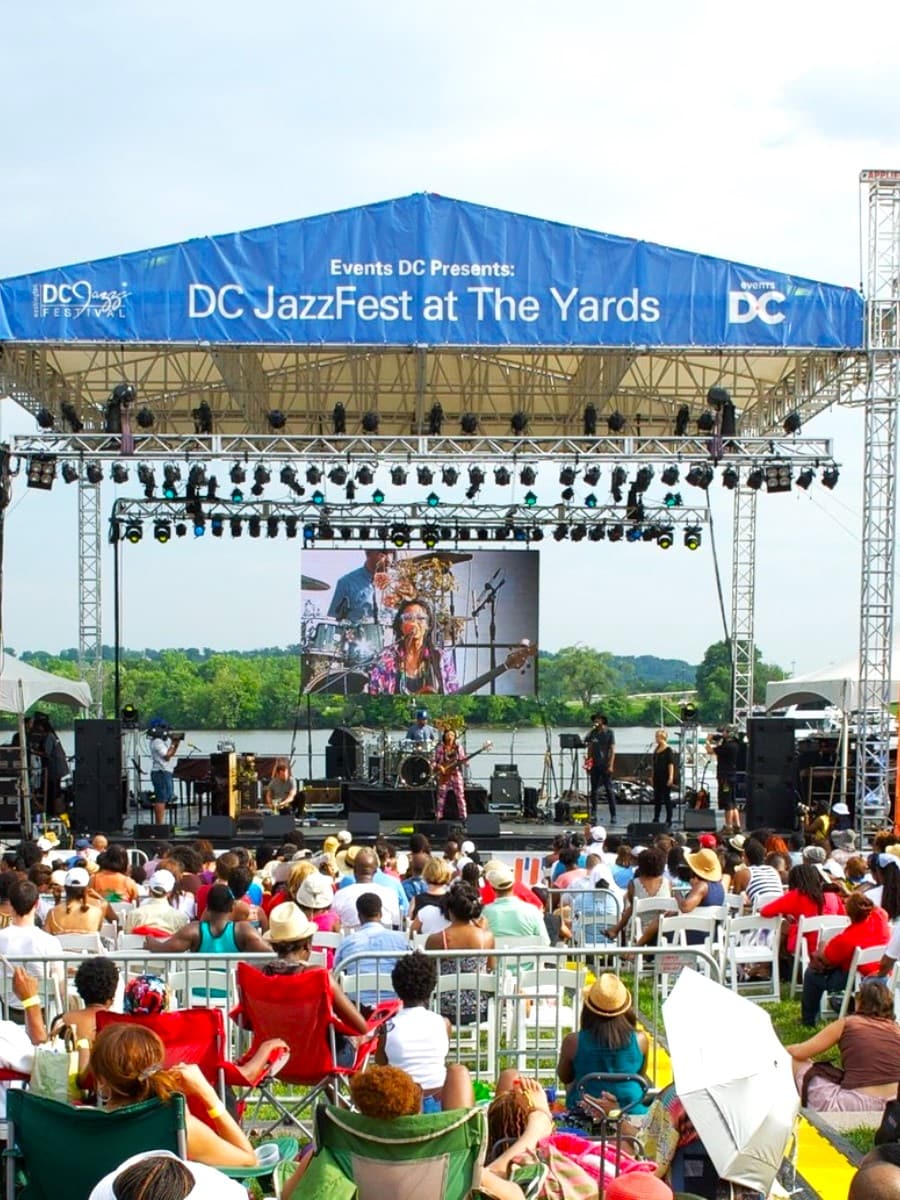
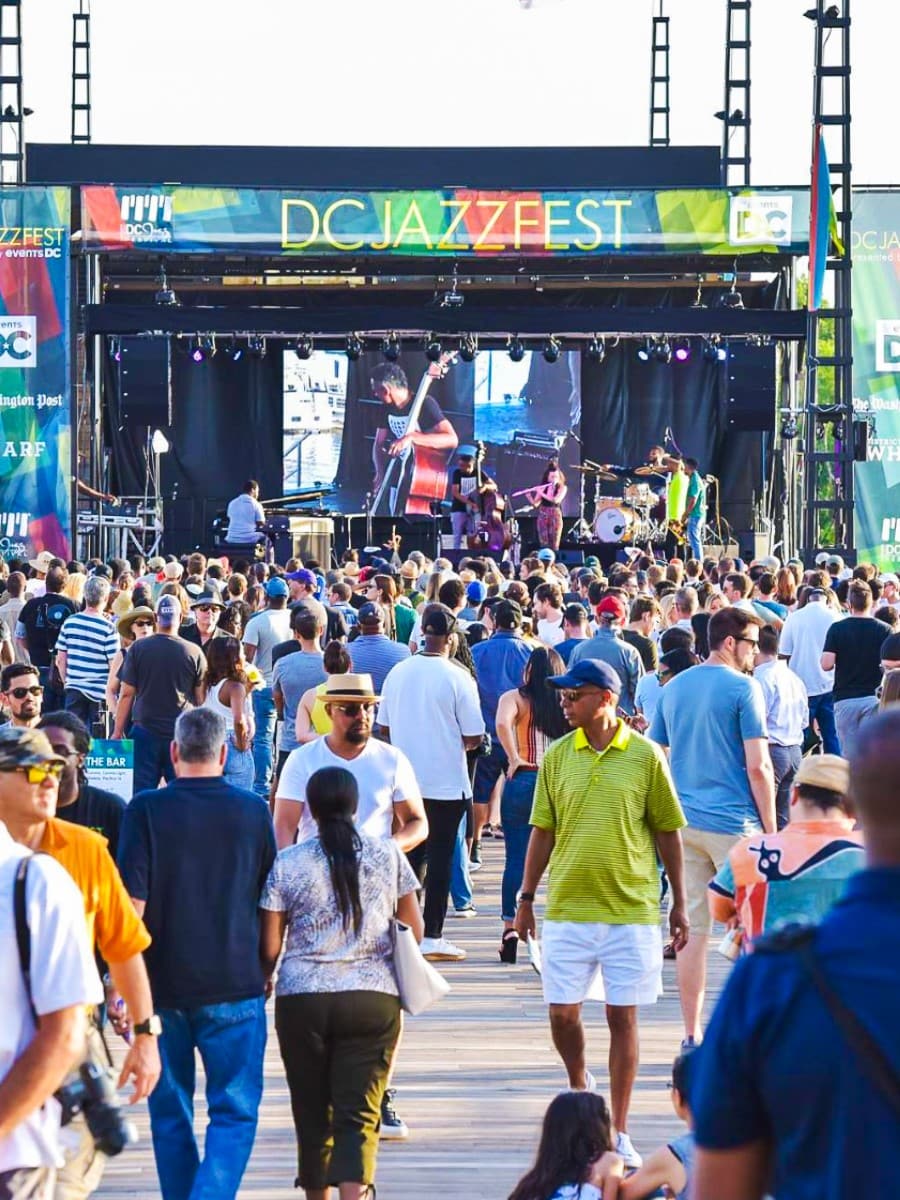
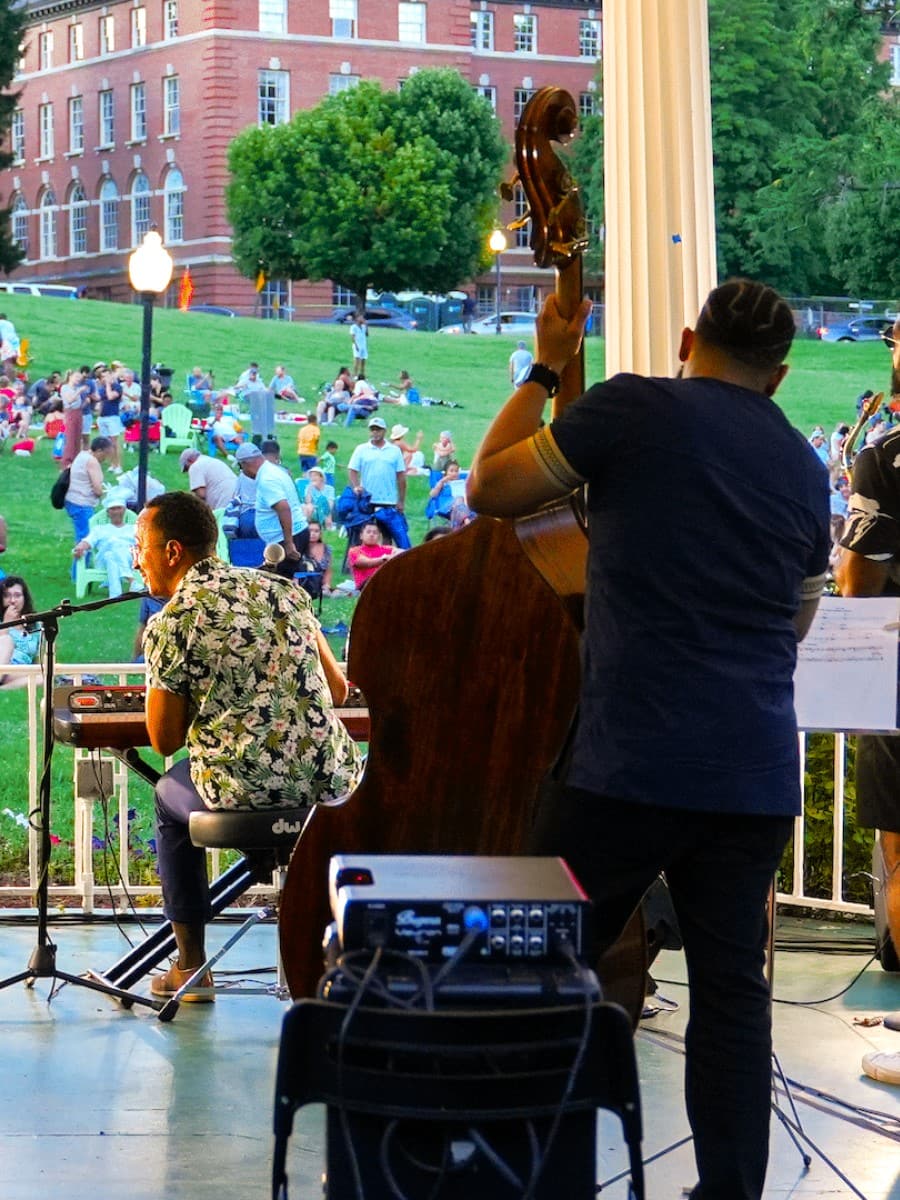
Outdoor movies. One of my favorite summer traditions is catching free outdoor films. The Capitol Riverfront screens movies at Canal Park every Thursday in June and July. Georgetown’s Movies on the Waterfront series runs Tuesdays at sunset from July through September. I always bring a blanket, snacks, and bug spray!
Summer festival highlights:
- Smithsonian Folklife Festival (late June-early July)
- DC Jazz Festival (June)
- Capital Pride Festival (June)
- Barbecue Battle (June)
- Independence Day celebrations (July 4)
- Around the World Embassy Tour (May)
- Lotus and Water Lily Festival (July)
- Adams Morgan Day (September)
Spring Cherry Blossoms
Pink perfection. The cherry blossom season transforms DC into a pink wonderland, with over 3,800 cherry trees encircling the Tidal Basin and East Potomac Park. I was mesmerized by the delicate pink and white blossoms framing the Jefferson Memorial – it’s truly one of America’s most beautiful natural displays.
Timing tips. Peak bloom (when 70% of blossoms are open) typically occurs between the last week of March and the first week of April, but varies yearly based on weather. I follow the Park Service’s bloom watch updates for precise timing. The blossoms usually last only 7-10 days, so timing is everything!
Festival highlights. The National Cherry Blossom Festival runs for three weeks (mid-March to mid-April) regardless of bloom timing. I enjoyed the Opening Ceremony at Warner Theatre, Blossom Kite Festival on the Washington Monument grounds, and Petalpalooza at The Wharf with fireworks. Most events are free, though some special programs require tickets.
Best cherry blossom photo spots:
- FDR Memorial entrance
- Japanese Lantern
- MLK Memorial (from the water)
- Kutz Bridge
- East Potomac Park
| Time of Day | Crowd Level | Lighting | Photography Tips |
|---|---|---|---|
| Sunrise (6-7 AM) | Very low | Soft, golden | Reflections on water |
| Morning (8-10 AM) | Moderate | Bright, clear | Monument + blossoms |
| Midday (11 AM-2 PM) | Very high | Harsh | Avoid for photography |
| Late afternoon (3-5 PM) | High | Softer | Backlit blossoms |
| Sunset (6-7:30 PM) | High | Golden | Silhouettes with monuments |
| Night | Moderate | Illuminated | Tripod needed |
Autumn Foliage Walks in Rock Creek Park (October–November)
Natural escape. Rock Creek Park offers a 1,754-acre forest oasis in the heart of DC, and fall transforms it into a kaleidoscope of red, orange, and gold. I love the contrast of colorful leaves against the park’s historic stone bridges and bubbling creek. Peak foliage typically occurs in late October to early November.
Trail options. The park offers over 32 miles of hiking trails for all ability levels. I particularly enjoy the 3.5-mile Boulder Bridge Loop for its scenic creek crossings and valley views. The more challenging 6.5-mile Western Ridge Trail rewards hikers with spectacular hillside vistas ablaze with fall colors.
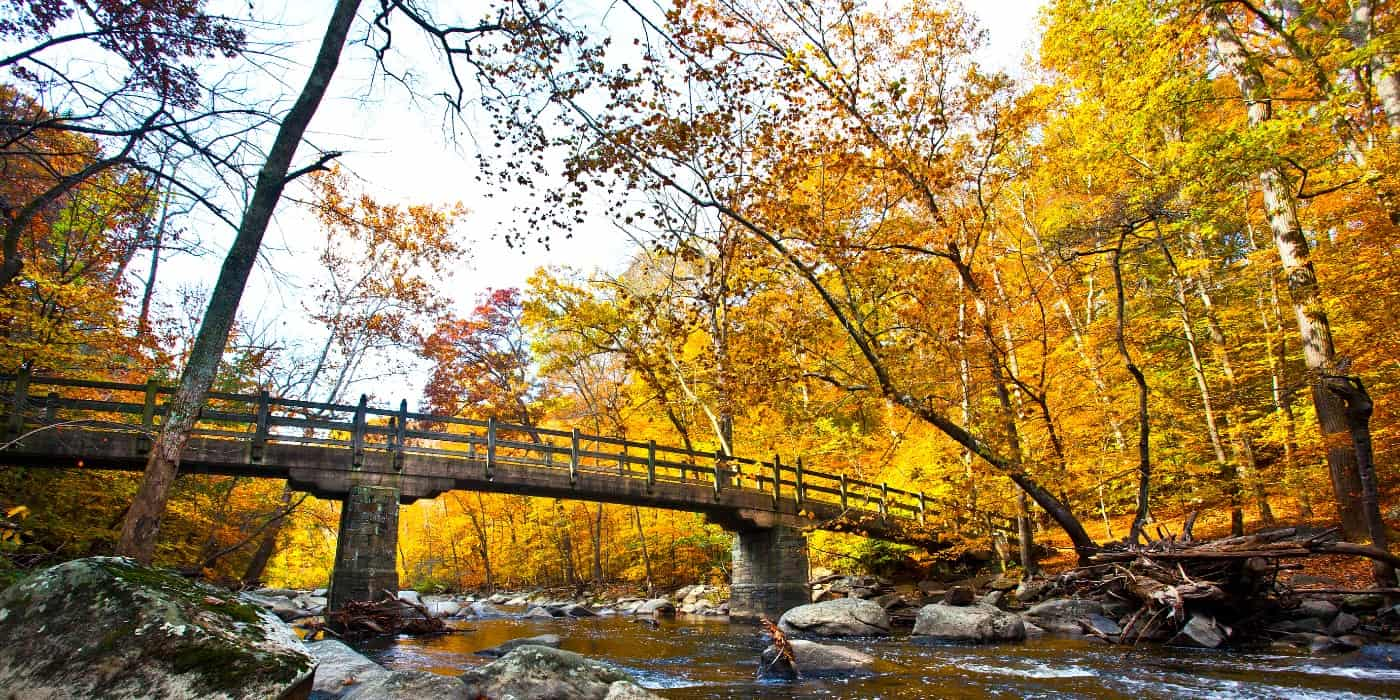
Wildlife watching. Fall is perfect for spotting wildlife in the park. I’ve seen white-tailed deer, red foxes, and over 200 species of birds including pileated woodpeckers and barred owls. The Nature Center offers free weekend programs including guided bird walks and animal talks – check their schedule online.
Practical information. The park is open daily from dawn to dusk, with no entrance fee. I recommend weekday visits to avoid weekend crowds. Limited parking is available at Beach Drive picnic areas and the Nature Center (5200 Glover Road NW). Alternatively, take the Red Line to Woodley Park or Cleveland Park stations and walk about 15 minutes to park entrances.
Best autumn trails in Rock Creek Park:
- Boulder Bridge Loop (3.5 miles, moderate)
- Valley Trail (4.6 miles, moderate)
- Western Ridge Trail (6.5 miles, challenging)
- Melvin Hazen Trail (1.8 miles, easy)
- Fort DeRussy Loop (2.5 miles, moderate)
- Theodore Roosevelt Island (1.6 miles, easy)
- Dumbarton Oaks Park (1 mile, easy)
- Glover-Archbold Trail (3.5 miles, moderate)
| Trail | Distance | Difficulty | Highlights | Trailhead |
|---|---|---|---|---|
| Boulder Bridge Loop | 3.5 miles | Moderate | Creek views, historic bridge | Picnic Area 10 |
| Valley Trail | 4.6 miles | Moderate | Follows creek, woodland | Nature Center |
| Western Ridge | 6.5 miles | Challenging | Hilltop views, diverse forest | Picnic Area 6 |
| Melvin Hazen | 1.8 miles | Easy | Urban access, stream valley | Connecticut Ave |
| Fort DeRussy | 2.5 miles | Moderate | Civil War fort, mature forest | Military Road |
July 4th Fireworks on the National Mall
Patriotic spectacle. Celebrating Independence Day in the nation’s capital is an unforgettable experience. I was awestruck by the massive fireworks display launched from behind the Lincoln Memorial, illuminating the Washington Monument and reflecting in the Reflecting Pool. The 17-minute show typically begins at 9:09 PM and features choreographed music.
Pre-fireworks events. The day begins with the National Independence Day Parade along Constitution Avenue (11:45 AM to 2:00 PM). Then “A Capitol Fourth” concert at the Capitol West Lawn features the National Symphony Orchestra and celebrity performers from 8:00 PM to 9:30 PM. Both events are free!
Practical tips. Security is tight, so check the Park Service website for prohibited items. I recommend taking Metro rather than driving – stations are extremely crowded after fireworks, so be prepared to wait or walk to a less busy station. Bring water, sunscreen, snacks, and portable phone chargers for the long day.
Viewing locations:
- Kennedy Center Rooftop Terrace
- Gravelly Point (near Reagan National Airport)
- Washington Harbour in Georgetown
- East Potomac Park/Hains Point
- Cardozo High School hill
- The Wharf waterfront
| Viewing Location | Pros | Cons | Arrival Time |
|---|---|---|---|
| National Mall | Classic view, concert audio | Extremely crowded | By 3 PM |
| Lincoln Memorial | Close to launch site | Limited sitting space | By 2 PM |
| Kennedy Center | Elevated view, less crowded | Distant view | By 6 PM |
| Georgetown Waterfront | Restaurants nearby | Partial view | By 7 PM |
| Gravelly Point | Unique angle, planes overhead | No monuments in view | By 7 PM |
| Capitol Lawn | Concert seating | Distant fireworks view | By 3 PM |
Memorial Day Weekend Events (Rolling Thunder, parades)
Honoring service. Memorial Day weekend in DC offers powerful tributes to America’s fallen heroes. I was deeply moved by the National Memorial Day Concert on the Capitol’s West Lawn (Sunday evening before Memorial Day). This free event features the National Symphony Orchestra and readings honoring military sacrifice, broadcast live on PBS.
Rolling Thunder. Now called “Rolling to Remember,” this massive motorcycle demonstration honors POWs, MIAs, and veterans. I watched thousands of motorcycles thunder across Memorial Bridge and around the National Mall on Sunday. The event begins at noon at the Pentagon parking lot and continues throughout the afternoon.
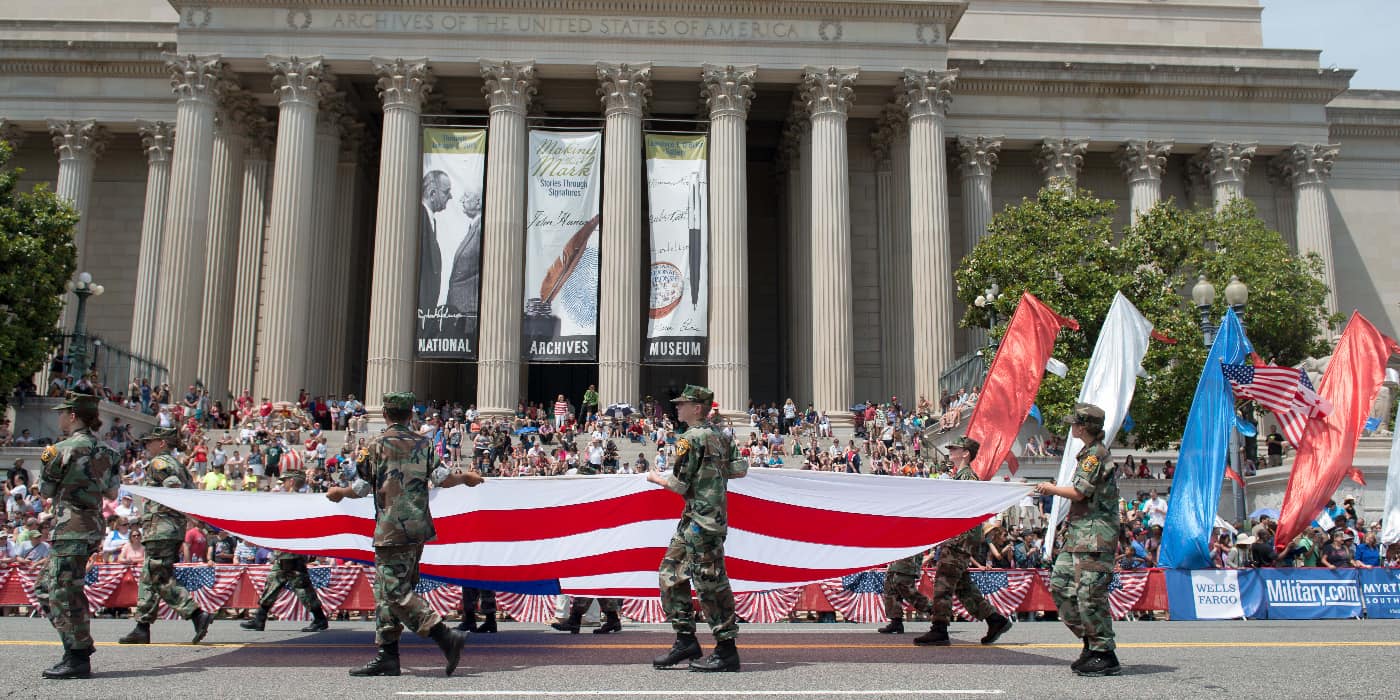
Wreath-laying ceremony. The official Memorial Day ceremony at Arlington National Cemetery (Monday at 11:00 AM) includes a wreath-laying at the Tomb of the Unknown Soldier. I recommend arriving by 9:30 AM for the top viewing. The ceremony is followed by an observance program at the Memorial Amphitheater.
National Parade. The National Memorial Day Parade marches down Constitution Avenue from 7th to 17th Streets on Monday at 2:00 PM. I enjoyed the marching bands, veterans units, and floats representing every American war. Arrive by 1:00 PM to secure a good viewing spot along the route.
Memorial Day weekend highlights:
- National Memorial Day Concert (Sunday, 8:00 PM)
- Rolling to Remember motorcycle demonstration (Sunday, noon)
- Arlington Cemetery wreath-laying (Monday, 11:00 AM)
- National Memorial Day Parade (Monday, 2:00 PM)
- “Flags In” at Arlington Cemetery (visible all weekend)
- Jazz in the Garden season opener (Friday evening)
- Memorial Day ceremonies at war memorials
- Military band concerts throughout the weekend
| Event | Date | Time | Location | Arrival Advice |
|---|---|---|---|---|
| Memorial Day Concert | Sunday | 8:00 PM | Capitol West Lawn | By 5:00 PM |
| Rolling to Remember | Sunday | 12:00 PM | Pentagon to Mall | 10:00 AM for start |
| Arlington Ceremony | Monday | 11:00 AM | Arlington Cemetery | By 9:30 AM |
| National Parade | Monday | 2:00 PM | Constitution Ave | By 1:00 PM |
| War Memorial Services | Various | Various | Individual memorials | 30 min before |
| Jazz in the Garden | Friday | 5:00 PM | Sculpture Garden | By 4:30 PM |
Thanksgiving Parades and Events
Holiday kickoff. Thanksgiving in DC offers festive events beyond the traditional turkey dinner. I enjoyed watching the Reston Holiday Parade at Reston Town Center, featuring balloons, dancers, and Santa’s arrival. This free event takes place the day after Thanksgiving, starting at 11:00 AM and running about an hour.
Turkey trots. Work up an appetite with one of the area’s popular Thanksgiving morning races. I participated in the SOME (So Others Might Eat) Trot for Hunger 5K, which starts at Freedom Plaza. Registration costs $35-50, with proceeds benefiting homeless services. The Alexandria Turkey Trot and Bethesda Turkey Chase are other popular options.
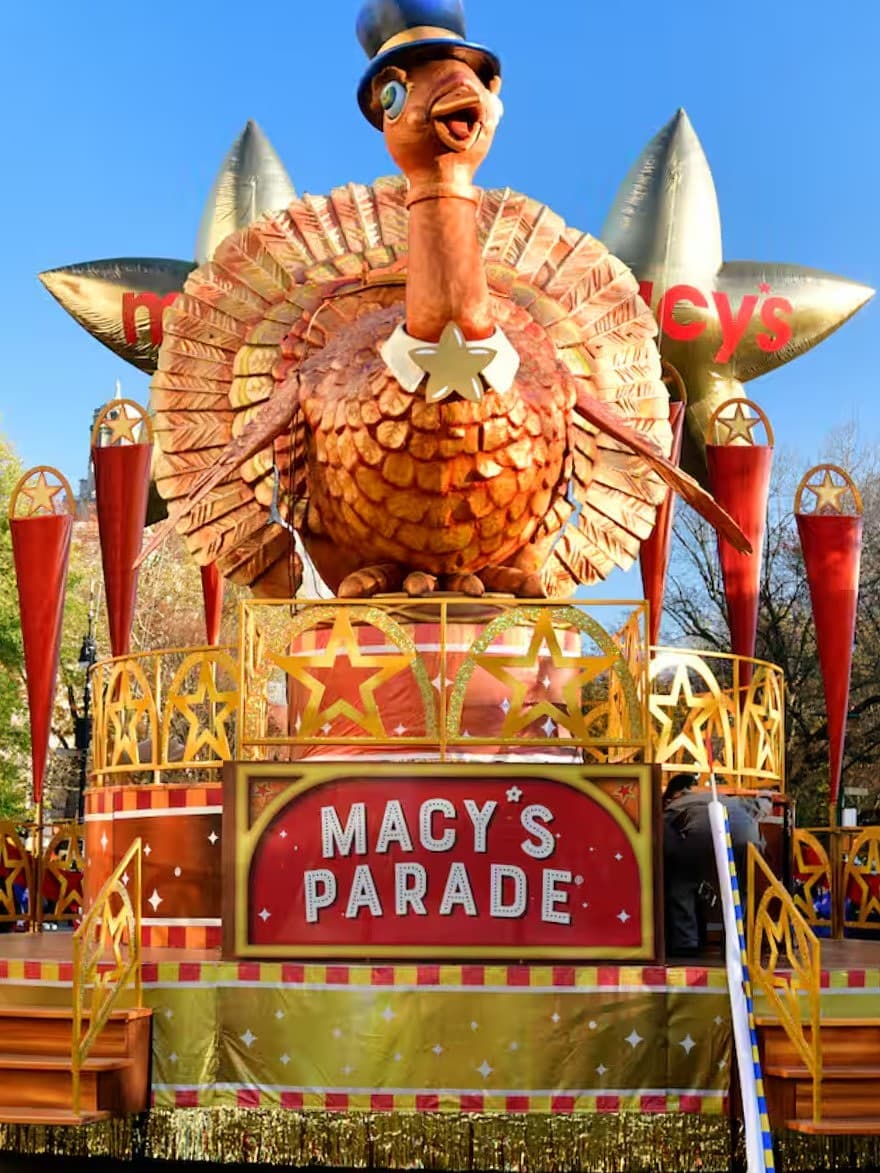


Museum options. While many attractions close on Thanksgiving Day, several Smithsonian museums typically remain open, including the National Museum of American History and the National Air and Space Museum. I found this a perfect opportunity to visit with smaller crowds than usual.
Evening illuminations. Thanksgiving night marks the beginning of several holiday light displays. I was enchanted by the ZooLights at the Zoo, which opens on Thanksgiving evening. The Botanic Garden’s “Season’s Greenings” holiday display also typically opens Thanksgiving Day, featuring miniature DC landmarks made from plant materials.
Thanksgiving weekend activities:
- SOME Trot for Hunger 5K (Thanksgiving morning)
- Reston Holiday Parade (Friday after Thanksgiving)
- Mount Vernon Thanksgiving dinner (historical experience)
- National Harbor tree lighting ceremony (Friday evening)
- Downtown Holiday Market opening (Friday after Thanksgiving)
- Black Friday shopping at Pentagon City or Tysons Corner
| Event | Date | Time | Location | Cost |
|---|---|---|---|---|
| SOME Trot for Hunger | Thanksgiving | 9:00 AM | Freedom Plaza | $35-50 |
| Reston Holiday Parade | Friday | 11:00 AM | Reston Town Center | Free |
| ZooLights Opening | Thanksgiving | 5:00-9:00 PM | National Zoo | $6 |
| Botanic Garden Display | Thanksgiving | 10:00 AM-5:00 PM | Botanic Garden | Free |
| Mount Vernon Dinner | Thanksgiving | Multiple seatings | Mount Vernon | $150+ |
| National Harbor Tree | Friday | 5:30 PM | National Harbor | Free |
| Holiday Market Opening | Friday | 12:00-8:00 PM | 8th & F Streets NW | Free entry |
Winter Activities
Magical skating. The National Gallery of Art Sculpture Garden Ice Rink transforms the garden into a winter wonderland from mid-November through early March. I loved skating around the central fountain while admiring sculptures dusted with snow. Admission costs $10 for adults and $9 for children, plus $5 for skate rental. The rink is open Monday-Thursday (11:00 AM to 9:00 PM), Friday-Saturday (11:00 AM to 11:00 PM), and Sunday (11:00 AM to 9:00 PM).

Light displays. Beyond ZooLights, I discovered several magical light experiences around DC. The Georgetown GLOW light art installation (December-January) features innovative light sculptures throughout the historic neighborhood. Enchant Christmas at Nationals Park (late November through December) offers the world’s largest light maze, ice skating, and a Christmas market. Tickets start at $35 for adults.
Indoor escapes. When temperatures drop, I head to the U.S. Botanic Garden’s tropical conservatory to warm up among lush greenery. The Kogod Courtyard at the Portrait Gallery offers another beautiful indoor space with free WiFi and a café. Both provide peaceful retreats from winter weather.
Winter festivals. The Washington DC Auto Show (January) at the Convention Center showcases hundreds of new vehicles. I enjoyed exploring concept cars and interactive exhibits. The Chinese New Year Parade in Chinatown (January/February, depending on lunar calendar) features colorful dragon dances, music, and cultural performances.
Winter activity options:
- Ice skating venues:
- National Gallery Sculpture Garden
- Washington Harbour in Georgetown
- Canal Park in Navy Yard
- Pentagon Row
- The Wharf Transit Pier
- Indoor museums perfect for winter:
- National Portrait Gallery/American Art Museum
- National Museum of African American History
- National Museum of Women in the Arts
- International Spy Museum
- Planet Word Museum
| Winter Activity | Season | Cost | Location |
|---|---|---|---|
| NGA Sculpture Garden Ice Rink | Nov-Mar | $10 + $5 rental | National Mall |
| Georgetown GLOW | Dec-Jan | Free | Georgetown |
| Enchant Christmas | Nov-Dec | $35+ | Nationals Park |
| ZooLights | Nov-Jan | $6 | National Zoo |
| Washington Auto Show | January | $15 | Convention Center |
| Chinese New Year Parade | Jan/Feb | Free | Chinatown |
| Season’s Greenings | Nov-Jan | Free | U.S. Botanic Garden |
Day Trips from Washington DC
1. Mount Vernon (George Washington’s estate)
Presidential history. Just 16 miles south of DC sits Mount Vernon, George Washington’s magnificent 18th-century plantation along the Potomac River. I was impressed by the meticulously restored 21-room mansion and the beautiful grounds spanning 500 acres. The estate offers a fascinating glimpse into Washington’s life as a gentleman farmer and revolutionary leader.
Immersive experience. Beyond the mansion tour, I explored the outbuildings including the kitchen, stables, and Washington’s innovative 16-sided barn. The working blacksmith shop and pioneer farm demonstrate 18th-century farming techniques with heritage breed animals. Costumed interpreters throughout the estate bring history to life.
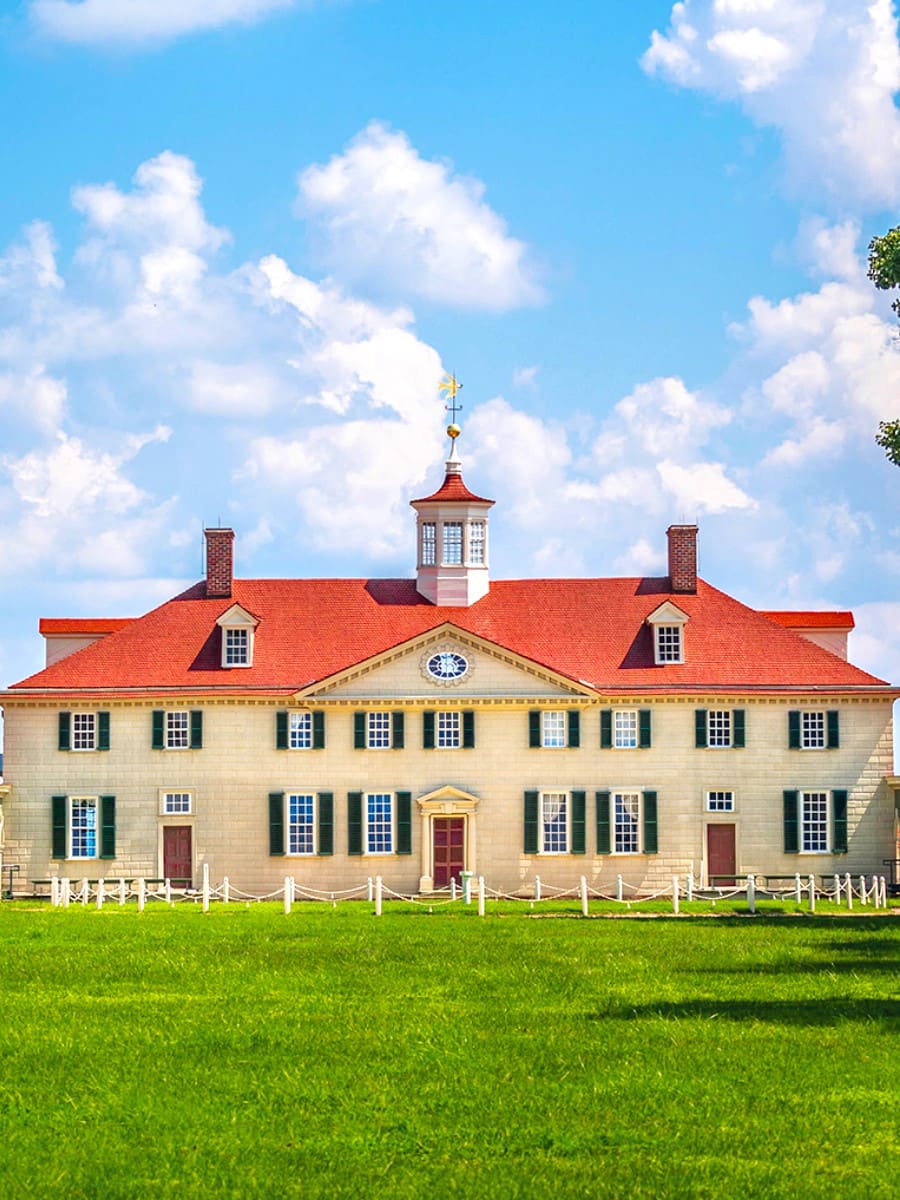
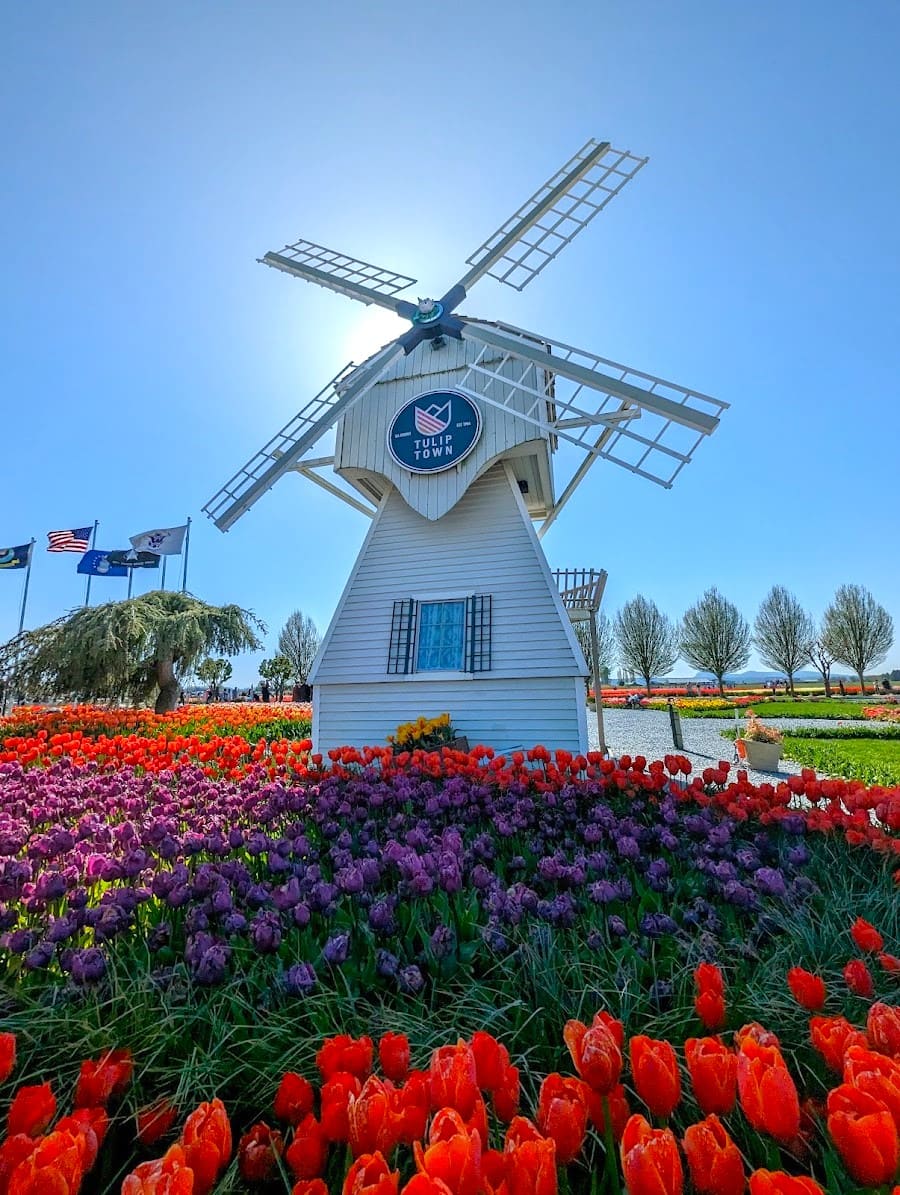
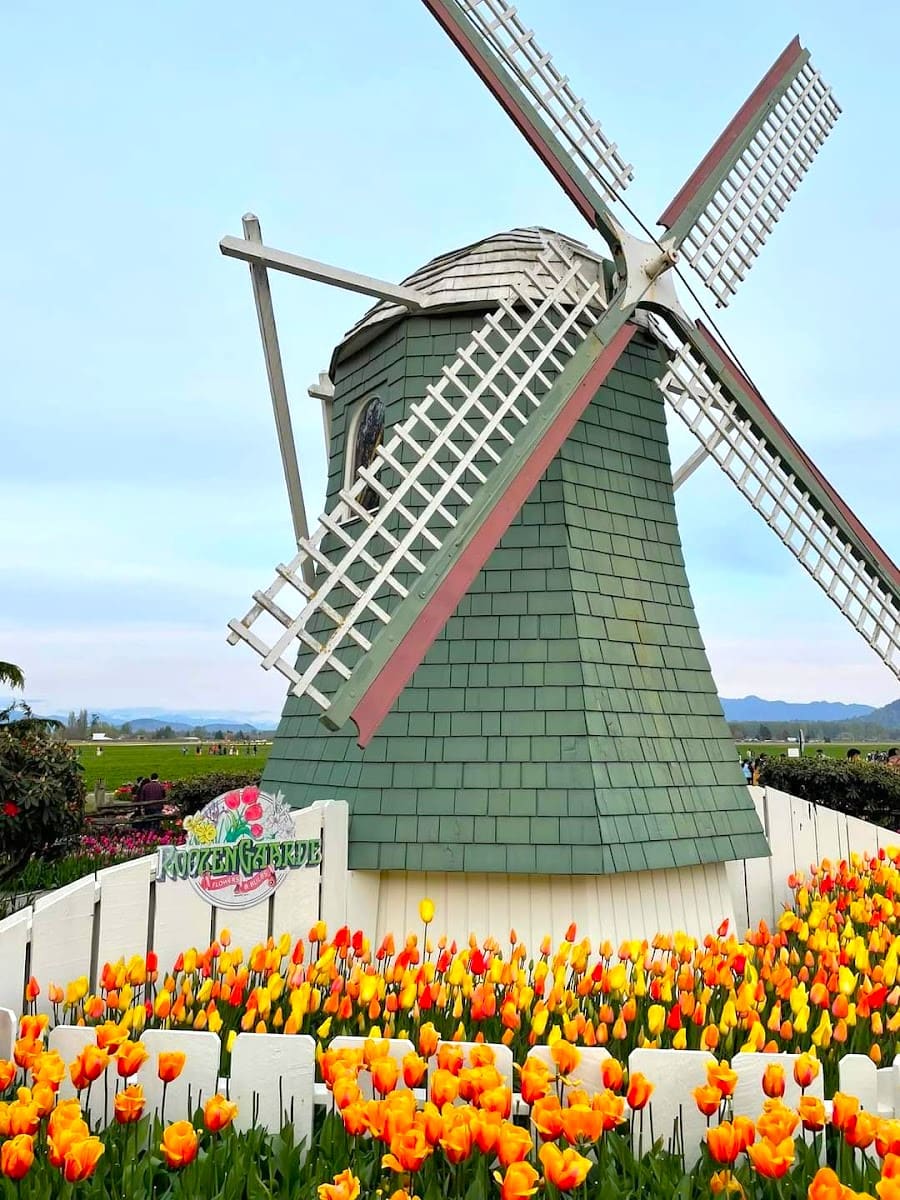
Museum highlights. The Donald W. Reynolds Museum and Education Center houses over 700 artifacts, including Washington’s dentures (not wooden!), personal items, and interactive exhibits. I was moved by the powerful 4D Revolutionary War Theater experience and the detailed exhibits about Washington’s life and legacy.
Visitor details. Tickets cost $28 for adults, $15 for youth (6-11), and free for children under 5. I recommend purchasing online in advance. The estate is open daily from 9:00 AM to 5:00 PM (April-October) and 9:00 AM to 4:00 PM (November-March). Plan to spend at least 3-4 hours exploring. The easiest way to reach Mount Vernon from DC is by car (30-45 minutes), but you can also take the Metro to Huntington station and connect to Fairfax Connector bus #101.
Must-see spots at Mount Vernon:
- Washington’s Tomb
- Slave Memorial and Cemetery
- Pioneer Farm
- Distillery & Gristmill (April-October)
- Museum and Education Center
- Gardens and grounds
- Potomac River viewpoint
| Experience | Duration | Cost | Notes |
|---|---|---|---|
| General Admission | 3-4 hours | $28 adult | Includes mansion tour |
| National Treasure Tour | 60 min | +$10 | Movie filming locations |
| Sightseeing Cruise | 45 min | +$11 | Seasonal (Apr-Oct) |
| Gardens & Groves Tour | 45 min | Included | Seasonal (Apr-Oct) |
| Distillery & Gristmill | 45 min | Included | 3 miles from estate |
⭐ Best Activities
- Private Tour to Alexandria and Mount Vernon – Journey beyond the city to visit George Washington’s historic home and the charming streets of Old Town Alexandria on this private excursion that explores the region’s colonial heritage.
2. Arlington National Cemetery (changing of the guard)
Sacred ground. Arlington National Cemetery spans 639 acres of rolling hills dotted with over 400,000 white headstones in perfect alignment. I was deeply moved walking these hallowed grounds where American service members, veterans, and their families have been laid to rest since the Civil War. The cemetery conducts approximately 30 funerals each weekday.
Changing of the Guard. The highlight of my visit was witnessing the Changing of the Guard ceremony at the Tomb of the Unknown Soldier. The precision and solemnity of the 21-step ritual performed by the 3rd U.S. Infantry Regiment (The Old Guard) is unforgettable. The ceremony occurs every hour on the hour (every half hour in summer months) and lasts about 10 minutes.
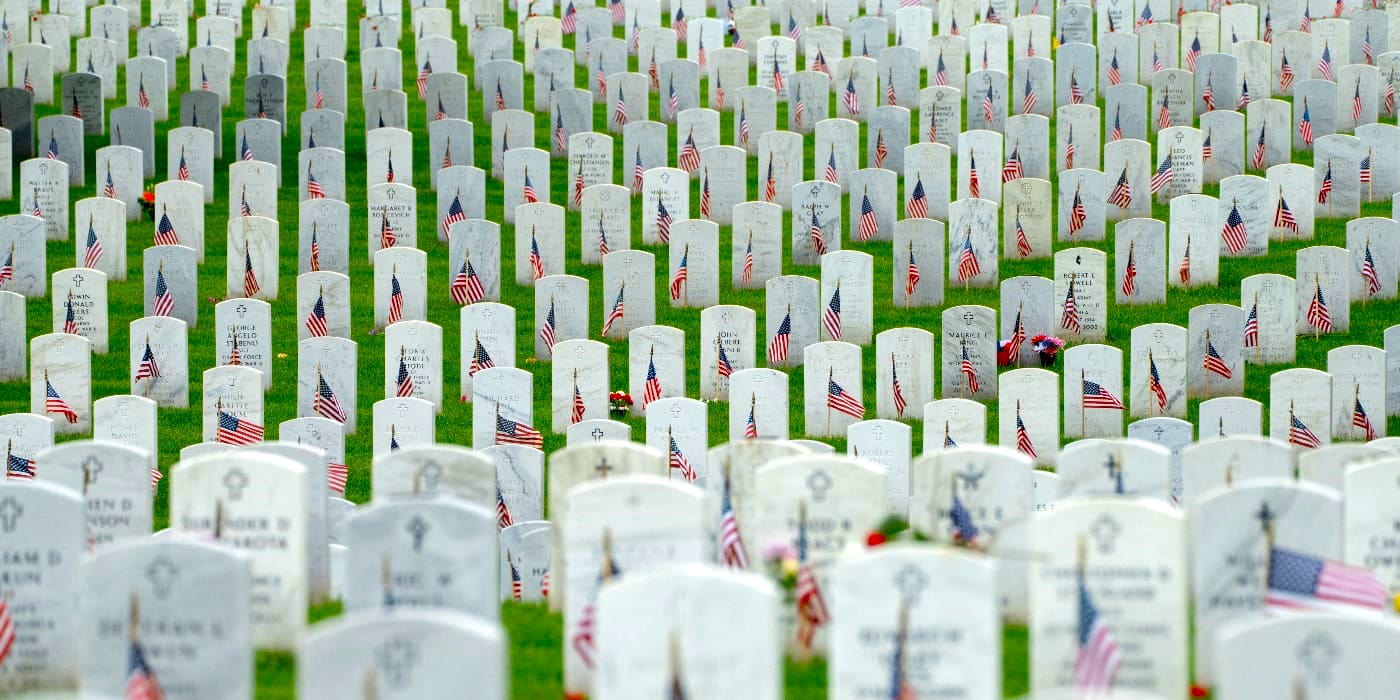
Notable memorials. Beyond the Tomb, I visited President John F. Kennedy’s gravesite with its eternal flame and the mast of the USS Maine. The Memorial Amphitheater hosts major ceremonies on Veterans Day and Memorial Day. Section 60, where many Iraq and Afghanistan war casualties are buried, offers a powerful reminder of recent sacrifices.
Visitor information. The cemetery is open daily from 8:00 AM to 5:00 PM (October-March) and 8:00 AM to 7:00 PM (April-September). Admission is free. I recommend taking the official tour tram ($15 adults, $7.50 children) which makes stops at key locations. The cemetery is easily accessible via the Arlington Cemetery Metro station on the Blue Line.
Key sites at Arlington Cemetery:
- Tomb of the Unknown Soldier
- John F. Kennedy gravesite
- Arlington House (Robert E. Lee Memorial)
- Memorial Amphitheater
- Women in Military Service Memorial
- Space Shuttle Challenger Memorial
- Pentagon 9/11 Memorial (nearby)
- Section 60 (Iraq/Afghanistan casualties)
| Tour Option | Duration | Cost | Includes |
|---|---|---|---|
| Self-Guided | 2-3 hours | Free | Walking only |
| ANC Explorer App | Self-paced | Free | Grave locations |
| Tram Tour | 45-60 min | $15 adult | 4 main stops |
| Private Tour | 2-3 hours | $60+ | Customized |
| Walking History Tour | 2 hours | $25 | Guided experience |
⭐ Best Activities
- Arlington National Cemetery 2-Hour Guided Walking Tour – Pay tribute to America’s heroes on this informative walking tour of the nation’s most hallowed ground, where you’ll learn about military history and visit significant gravesites.
3. Great Falls Park (hiking, scenic views)
Natural wonder. Just 15 miles from DC, Great Falls Park showcases the mighty Potomac River as it cascades over jagged rocks and drops 76 feet through a narrow gorge. I was awestruck by the thundering falls and mist rising from the churning waters. The park spans 800 acres of pristine riverside landscape in Virginia.
Hiking options. The park offers 15 miles of hiking trails ranging from easy to challenging. I particularly enjoyed the 1.5-mile River Trail offering dramatic cliff-top views of the gorge and rapids. The 3-mile Difficult Run Trail connects to a larger trail network and features beautiful forest scenery and stream crossings.
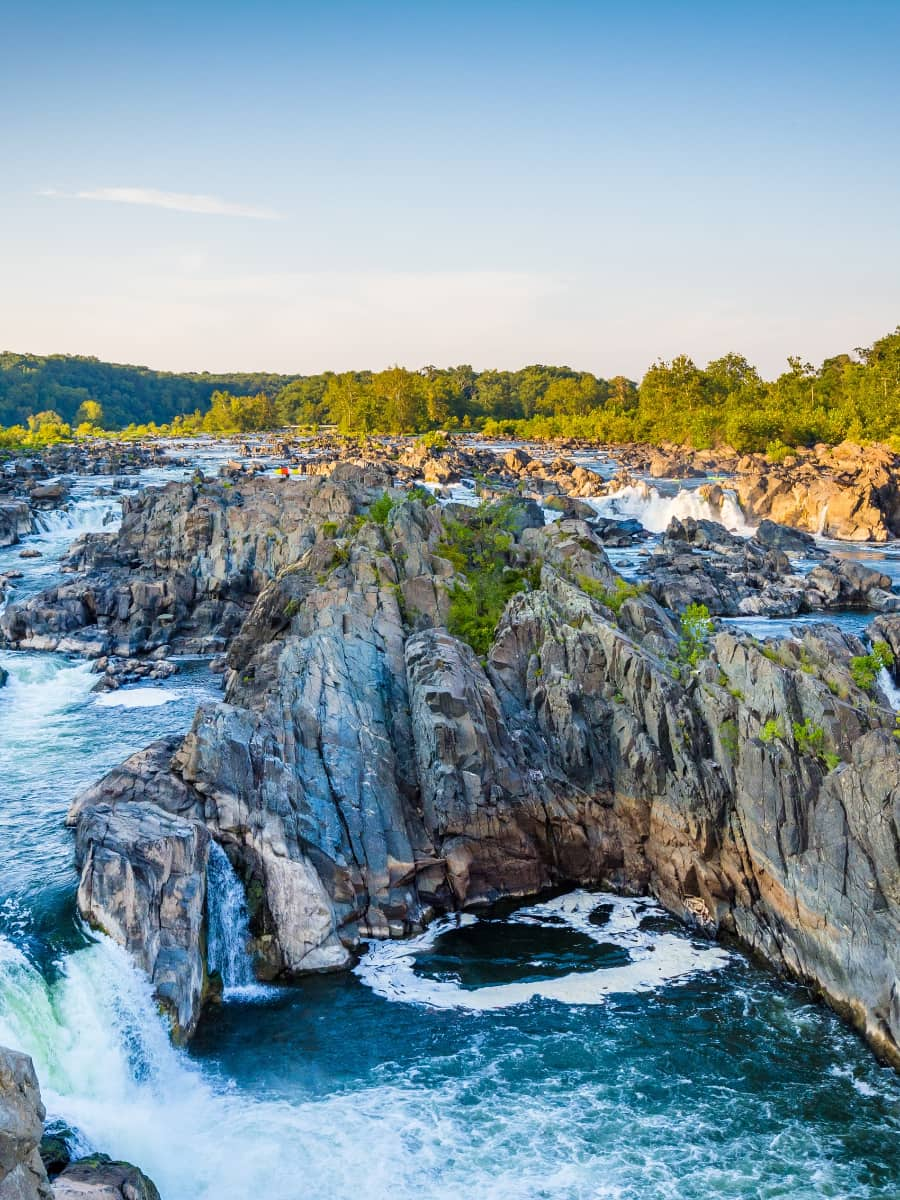
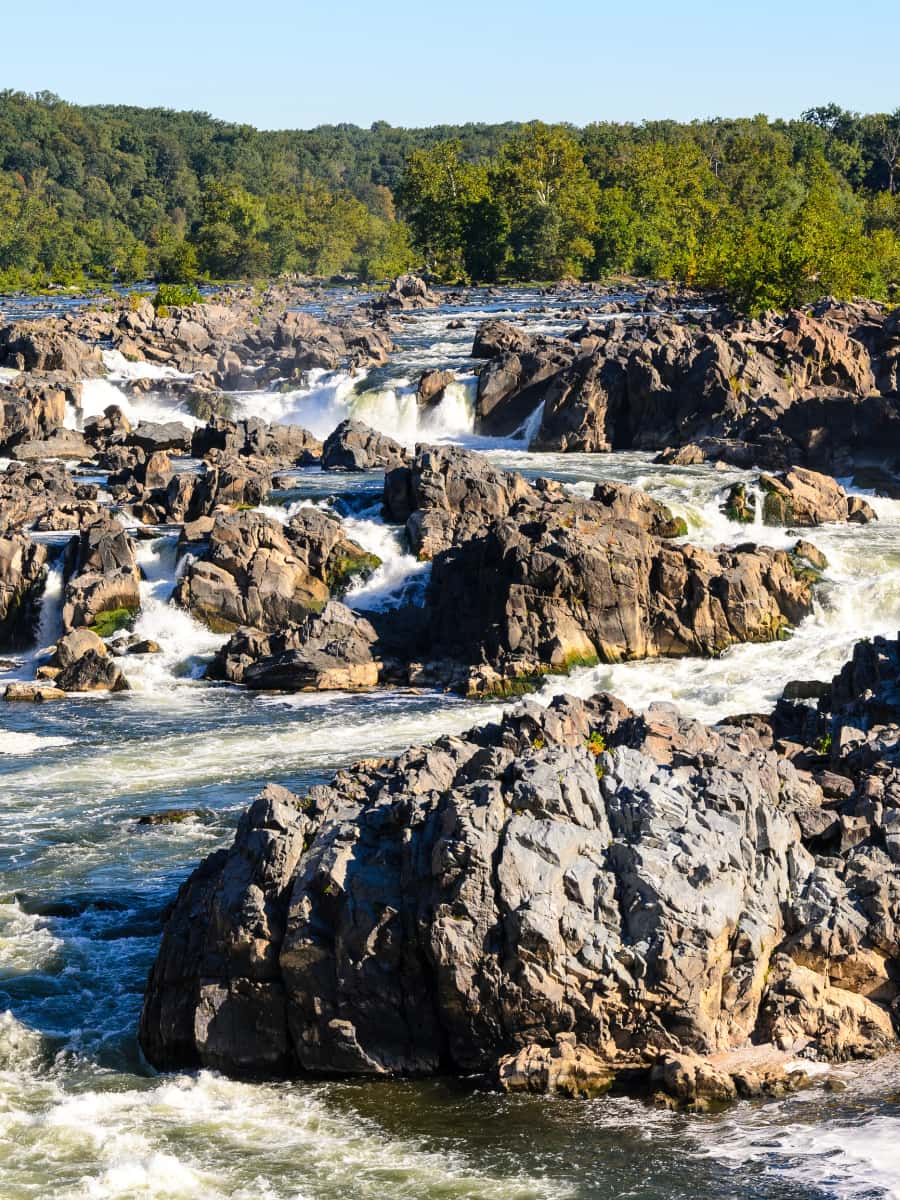
Historical features. Beyond natural beauty, I discovered fascinating remnants of the Patowmack Canal, George Washington’s ambitious project to make the river navigable. The preserved canal locks and towpath offer a glimpse into early American engineering. The visitor center exhibits explain this history and the area’s geological formation.
Practical Information. The park is open daily from 7:00 AM to 30 minutes after sunset. Entrance fees are $20 per vehicle (valid for 7 days) or free with America the Beautiful Pass. I recommend arriving before 10:00 AM on weekends to avoid parking issues. The park is best reached by car, about 30 minutes from DC. Pack water, snacks, and wear sturdy shoes for hiking.
Best trails at Great Falls:
- Overlook Trail (0.2 miles, easy) – Three spectacular viewpoints
- River Trail (1.5 miles, moderate) – Cliff views of gorge
- Matildaville Trail (1 mile, easy) – Historic canal town ruins
- Old Carriage Road (1.5 miles, easy) – Woodland path
- Difficult Run Trail (3 miles, moderate) – Stream valley
- Swamp Trail (1.75 miles, easy) – Wetland boardwalk
- Ridge Trail (1.5 miles, moderate) – Forest and cliff views
- Patowmack Canal Trail (0.5 miles, easy) – Historic locks
| Activity | Best Location | Difficulty | Time Needed |
|---|---|---|---|
| Waterfall Viewing | Overlooks 1, 2, 3 | Easy | 30-60 min |
| Photography | Overlook 2, River Trail | Easy-Moderate | 1-2 hours |
| Hiking | Multiple trails | Easy-Difficult | 2-5 hours |
| Rock Climbing | Mather Gorge | Expert only | Half/full day |
| Picnicking | Designated areas | Easy | As desired |
| Kayaking (viewing) | Fisherman’s Eddy | N/A | 30 min |
⭐ Best Activities
- Waterfall Hiking Tour through Great Falls Park – Escape the urban environment for a refreshing outdoor adventure at Great Falls, where you can hike along the Potomac River and witness the spectacular cascades of this natural wonder.
4. Alexandria, VA (Old Town, waterfront)
Colonial charm. Just across the Potomac from DC, Old Town Alexandria captivated me with its well-preserved 18th and 19th-century architecture and cobblestone streets. Founded in 1749, this historic port city was home to George Washington and Robert E. Lee. King Street, the main thoroughfare, stretches about a mile from the Metro station to the waterfront.
Shopping paradise. I spent hours browsing the 200+ independent shops and boutiques along King Street and the surrounding blocks. My favorites include The Hour (vintage barware), Penny Post (artisanal paper goods), and The Christmas Attic (year-round holiday items). The Saturday morning Farmers Market at Market Square has operated since 1753 and offers local produce, baked goods, and crafts.
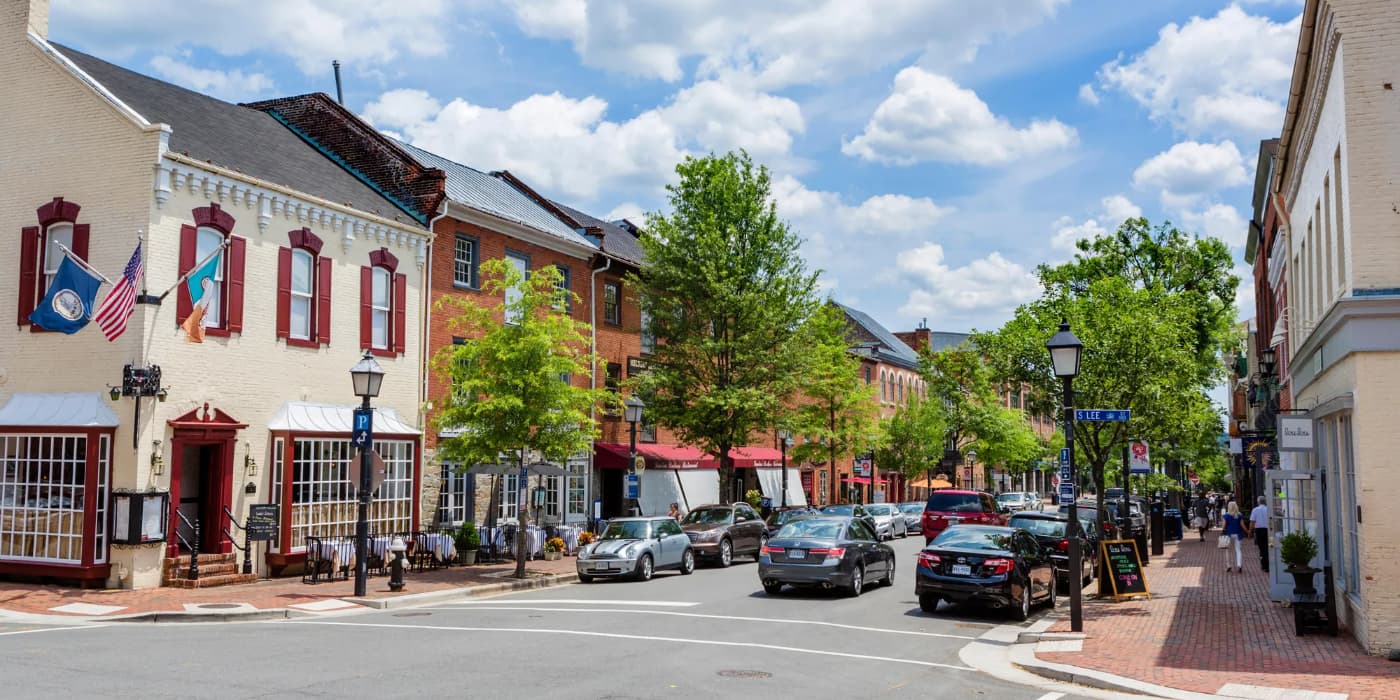
Waterfront activities. The revitalized waterfront offers beautiful views of the Potomac and DC skyline. I enjoyed the free Torpedo Factory Art Center housing studios for 82 artists working in various media. Water taxis connect Alexandria to National Harbor, Georgetown, and The Wharf ($13-23 one-way), offering a scenic alternative to driving.
Culinary scene. Alexandria’s food scene impressed me with its diversity and quality. I savored Belgian specialties at Brabo Brasserie, seafood at Hank’s Oyster Bar, and craft cocktails at Captain Gregory’s speakeasy. Don’t miss local favorite Misha’s for excellent coffee or The Dairy Godmother for Wisconsin-style frozen custard ($4-6).
Old Town Alexandria highlights:
- King Street Mile (shopping and dining)
- Torpedo Factory Art Center
- Carlyle House Historic Park
- Stabler-Leadbeater Apothecary Museum
- Gadsby’s Tavern Museum
- Alexandria Black History Museum
- Waterfront Park
- Christ Church (Washington’s church)
| Activity | Location | Cost | Notes |
|---|---|---|---|
| Walking Tour | Visitor Center | $15 | Daily at 10:30 AM |
| Ghost Tour | Alexandria Colonial Tours | $15 | Evening tours |
| Water Taxi | Waterfront | $13-23 one-way | Multiple destinations |
| Trolley | King Street | Free | Every 15 min, King St-Waterfront |
| Farmers Market | Market Square | Free entry | Saturdays 7 AM- |
⭐ Best Activities
- Mt Vernon and Old Town Alexandria Day Trip from Washington DC – Step back in time with a visit to George Washington’s estate and the historic district of Alexandria, exploring the region’s rich colonial heritage and architectural treasures.
FAQ
What attractions require tickets in Washington DC?
Many major attractions in Washington DC are free and don’t require tickets, including most Smithsonian museums and the National Gallery of Art. However, some popular sites like the Washington Monument require timed-entry passes that can be reserved in advance on recreation.gov, with a limited number of walk-up tickets available daily beginning at 8:45 AM.
How tall is the Washington Monument attraction?
The Washington Monument stands just over 555 feet tall, making it once the tallest building in the world. It still holds the title of the world’s tallest stone structure and obelisk, offering views up to 25 miles in every direction from its observation deck.
What are fun things to do around Washington DC?
Fun things to do in Washington DC include bar hopping in vibrant neighborhoods like U Street Corridor, Columbia Heights, and Georgetown. You can also enjoy boating or kayaking on the Potomac River, explore Rock Creek Park, catch performances at the Kennedy Center, or take tours of the city’s historic sites.
Where can I learn about George Washington’s legacy?
You can learn about George Washington’s legacy by visiting Mount Vernon, his 500-acre estate located just 16 miles south of DC. The National Museum of American History and the National Portrait Gallery also house significant artifacts and exhibitions related to America’s first president.
What things to do in Washington DC in November?
November in Washington DC offers pleasant weather for exploring outdoor monuments and memorials without summer crowds. This month also features special events like Veterans Day ceremonies at Arlington National Cemetery and early holiday displays including the lighting of the National Christmas Tree.
What are the best things to do with kids?
The best things to do with kids in Washington DC include visiting the National Air and Space Museum where they can see the Wright Flyer and touch a moon rock. Other family-friendly options include the Natural History Museum’s dinosaur exhibits, the National Zoo, the interactive Planet Word Museum, and paddle boats on the Tidal Basin.
What are essential things to see in Washington DC?
Essential things to see in Washington DC include the iconic monuments along the National Mall, the White House, and the Capitol Building. Don’t miss world-class museums like the National Museum of African American History and Culture, the Lincoln Memorial, and the vibrant neighborhoods like Georgetown and U Street.
Which free museums should I visit in DC?
The Smithsonian Institution offers multiple free museums including the National Air and Space Museum, Natural History Museum, and American History Museum. Other excellent free options include the National Gallery of Art, the National Portrait Gallery, and the United States Botanic Garden.
When do Washington Wizards play in the city?
The Washington Wizards typically play home games at Capital One Arena in downtown DC during the NBA season from October through April. Game schedules and tickets can be found on the team’s official website, with prices varying based on opponents and seating sections.
What national parks are near Washington DC?
Rock Creek Park offers hiking trails and wildlife viewing within the city limits of Washington DC. Other nearby parks include Great Falls Park along the Potomac River, Shenandoah Park in Virginia, and the C&O Canal National Historical Park which stretches from Georgetown into Maryland.
